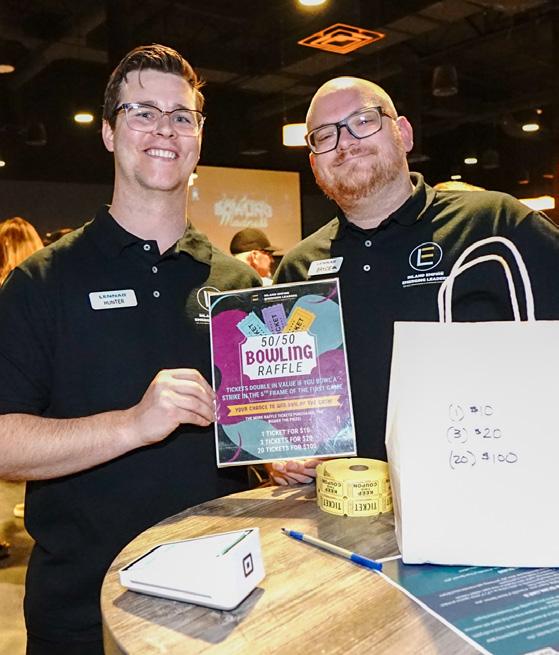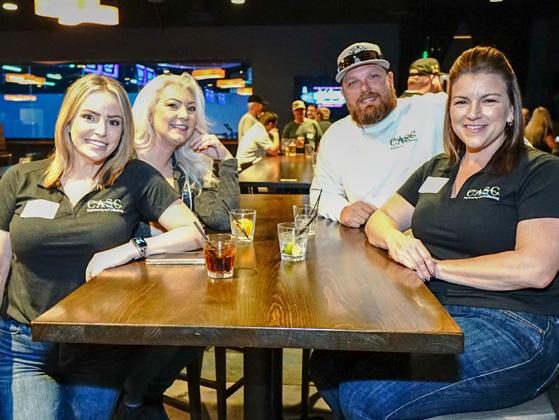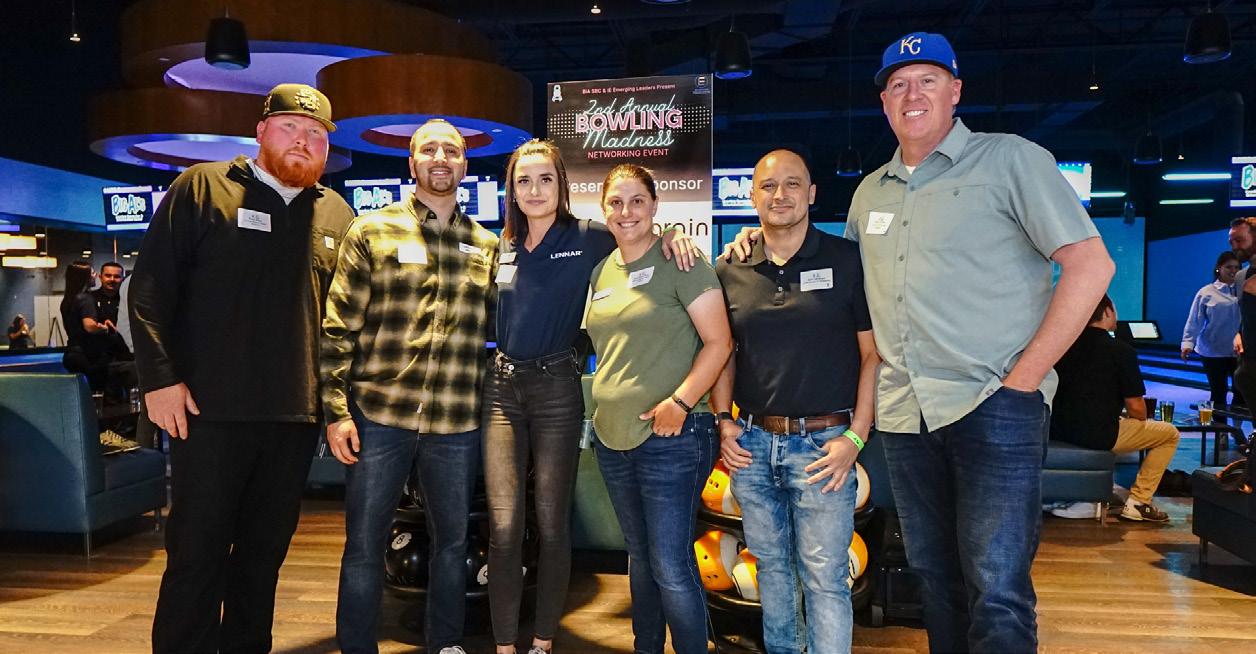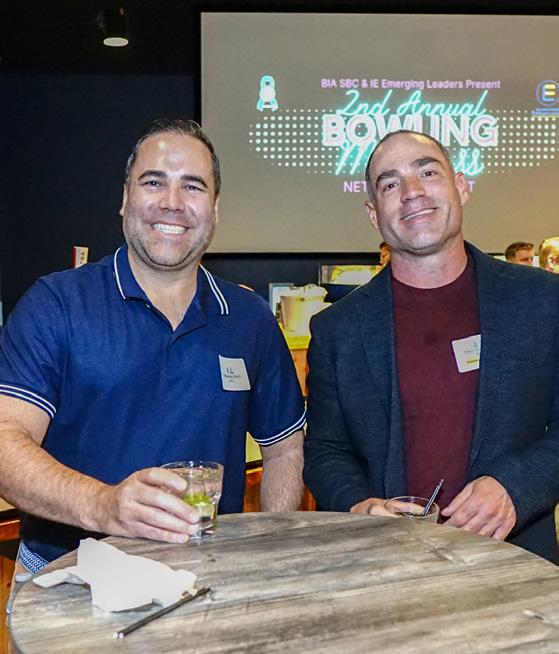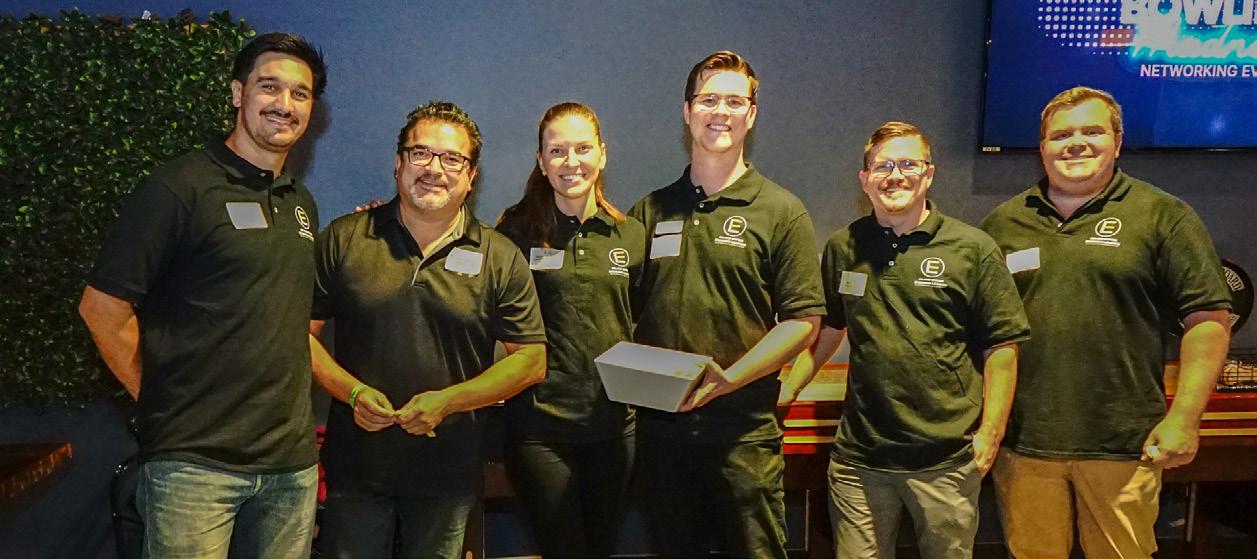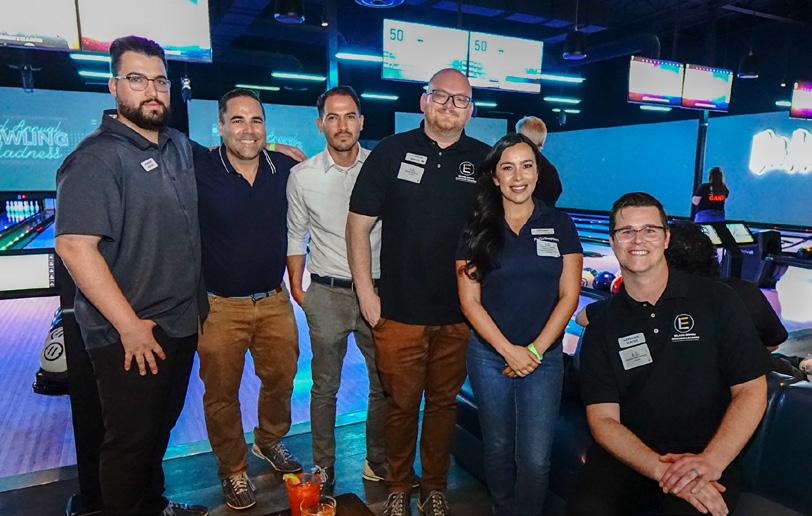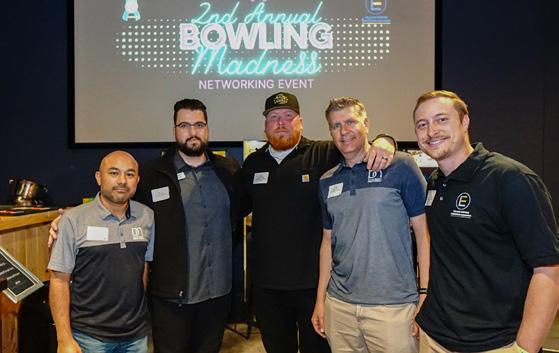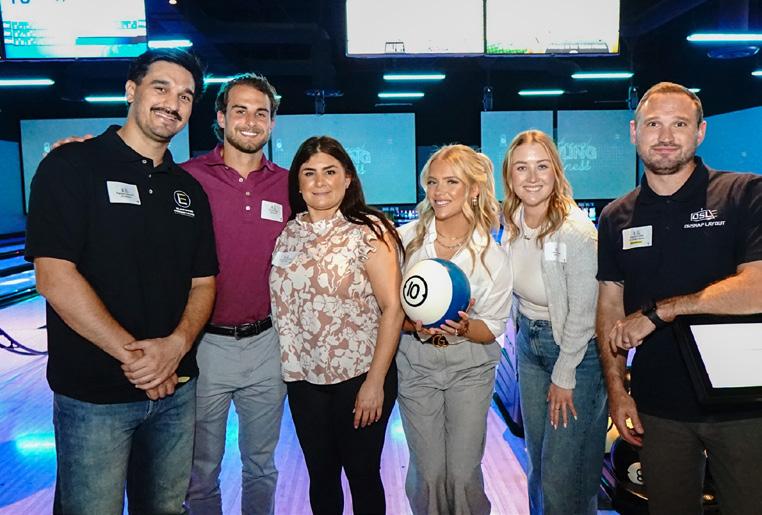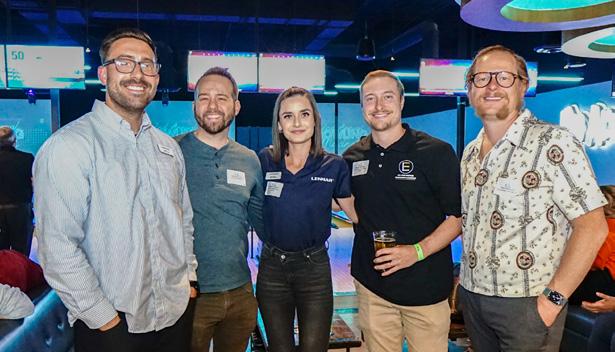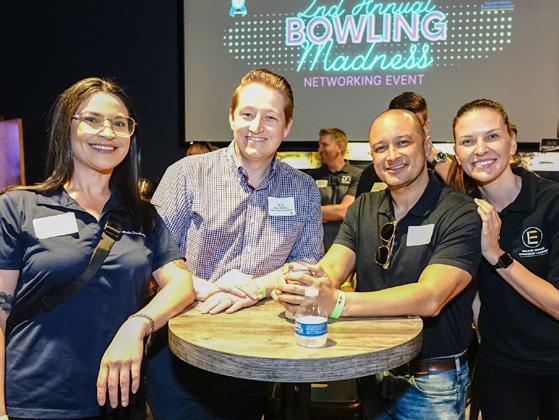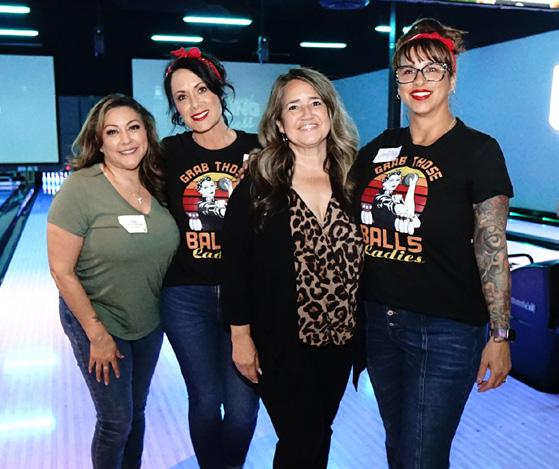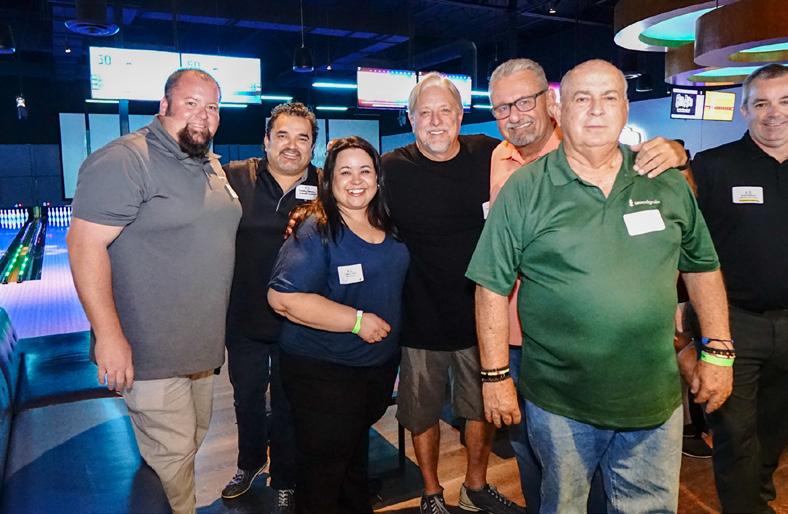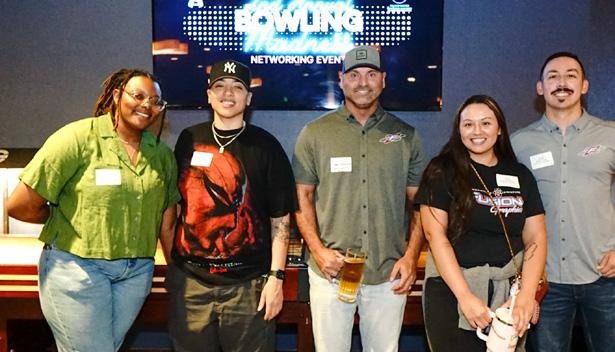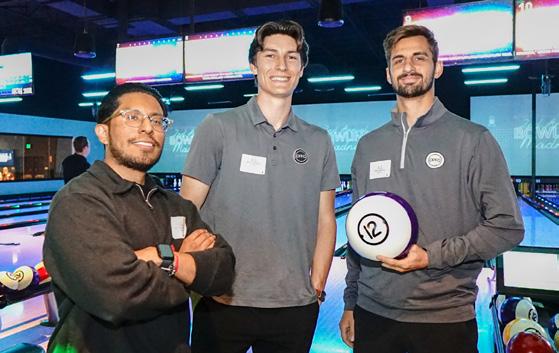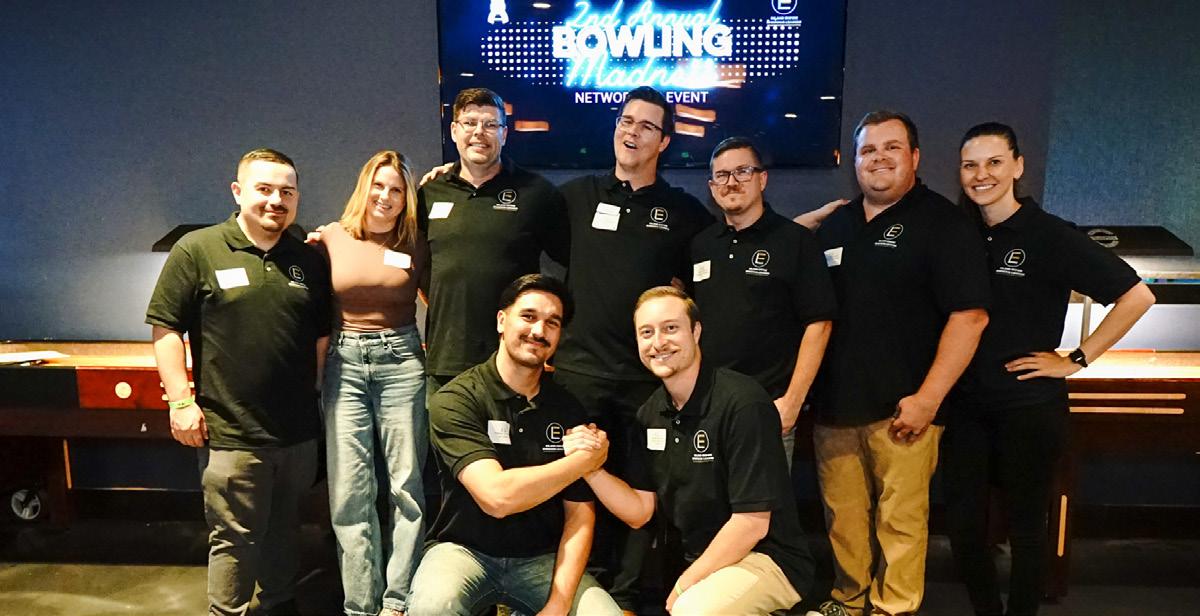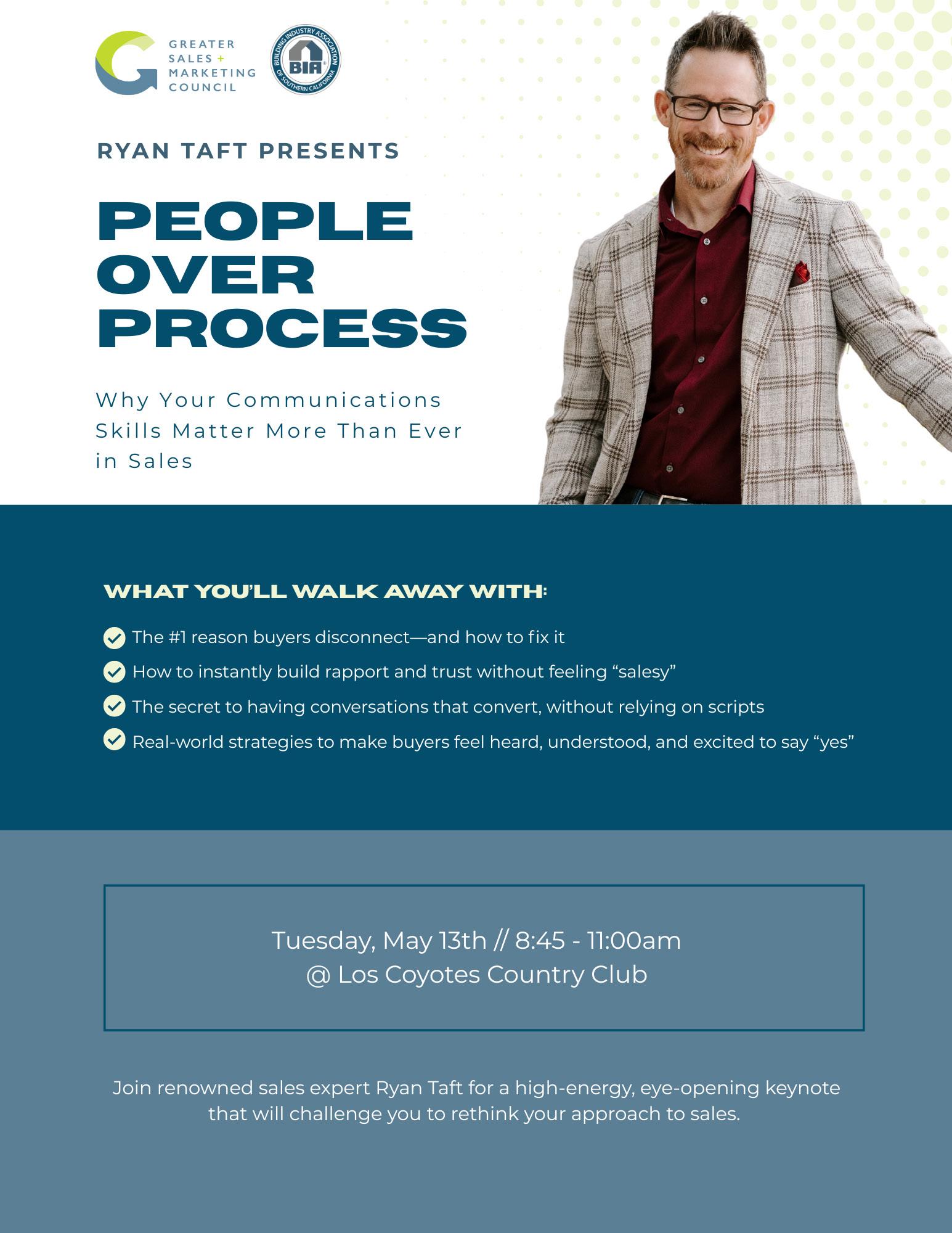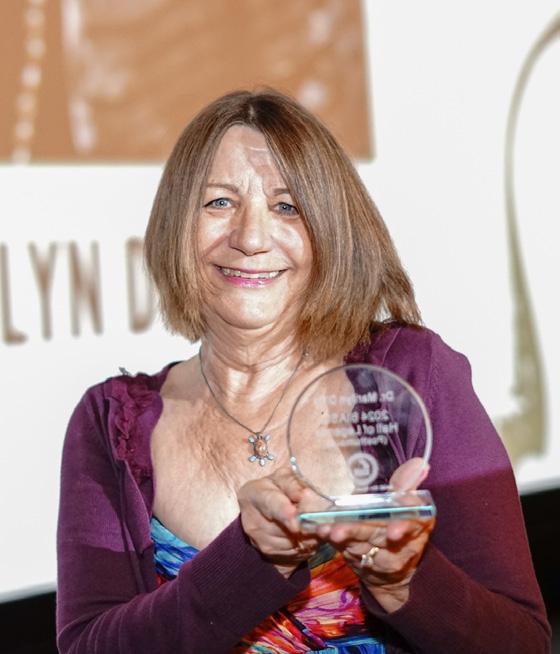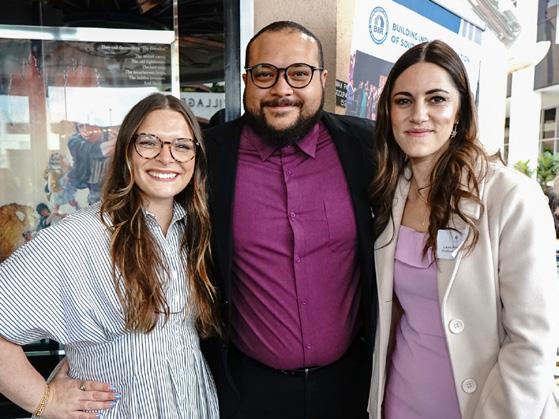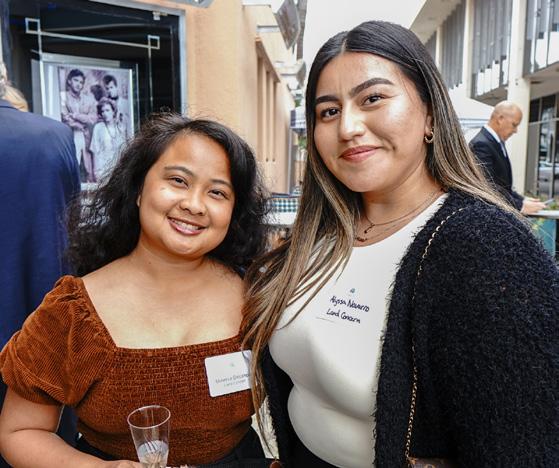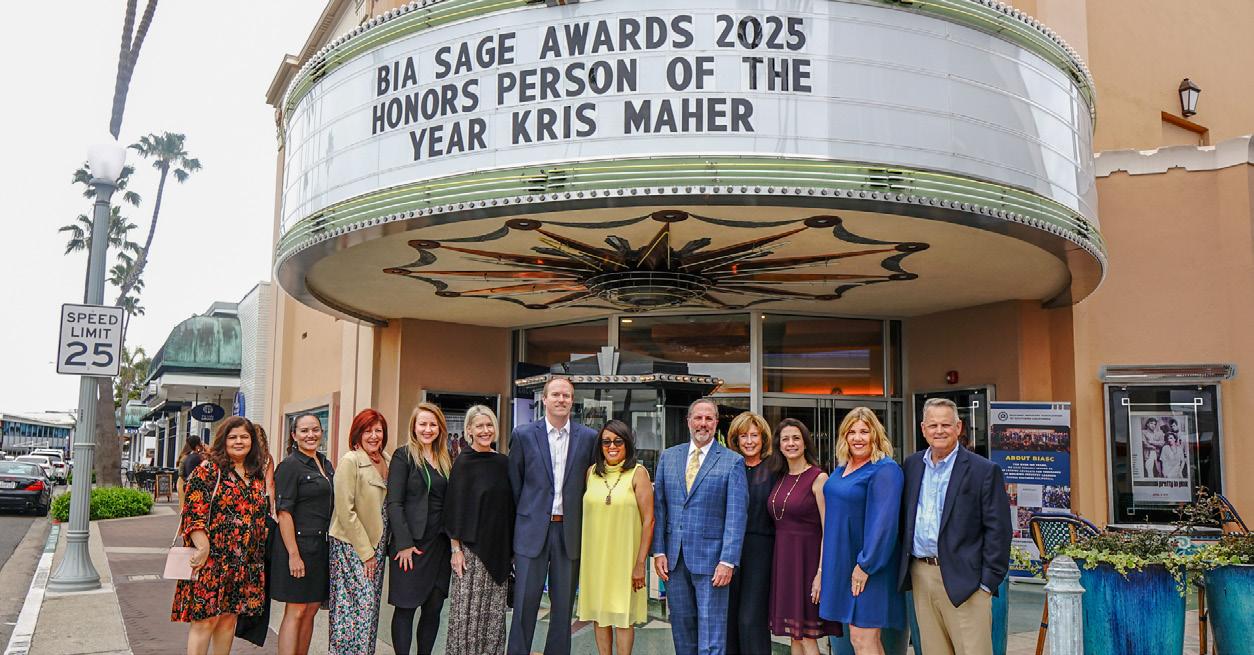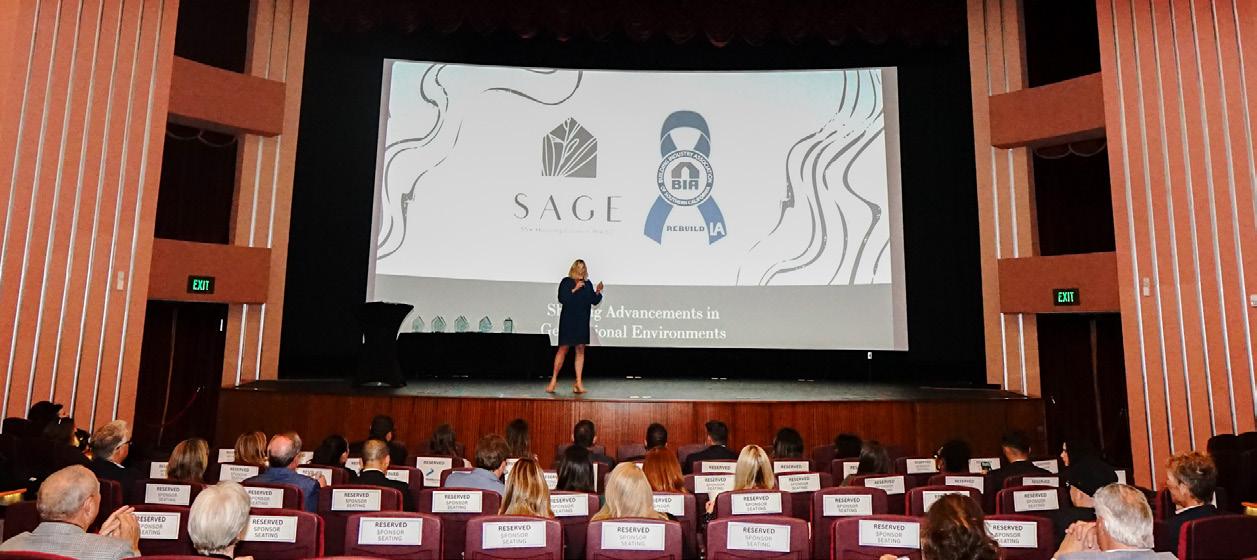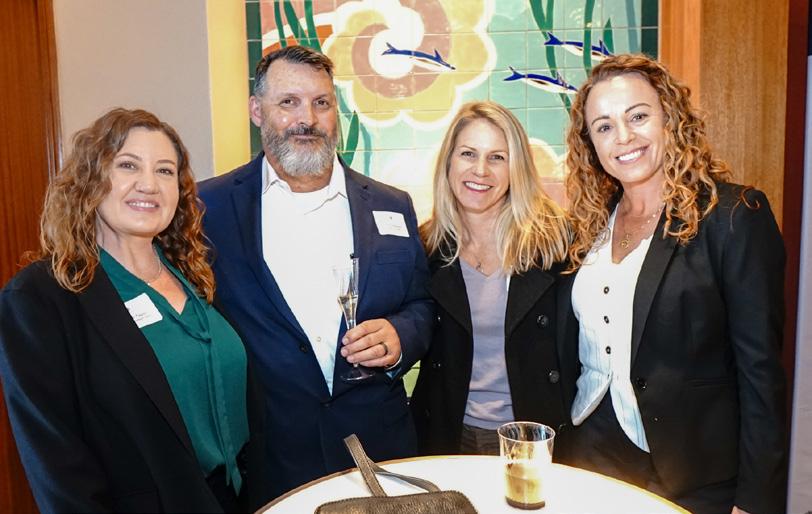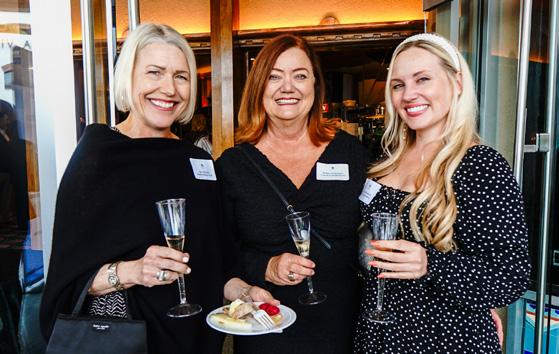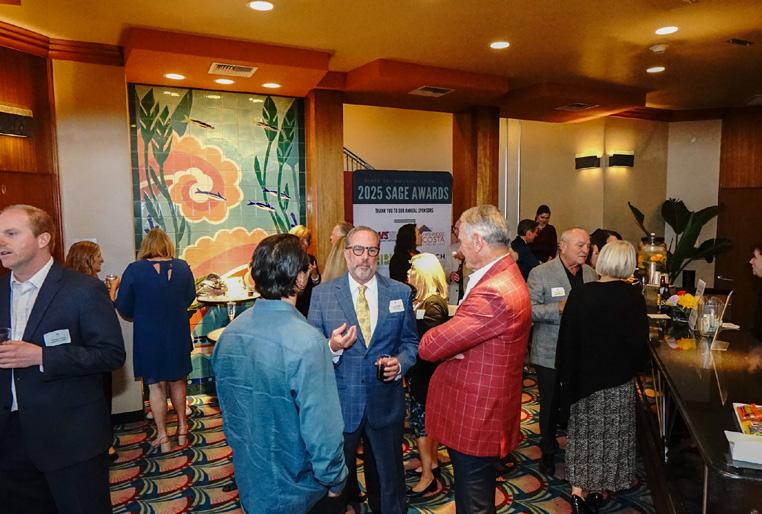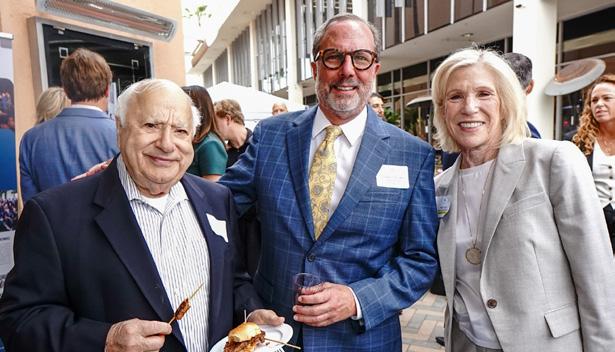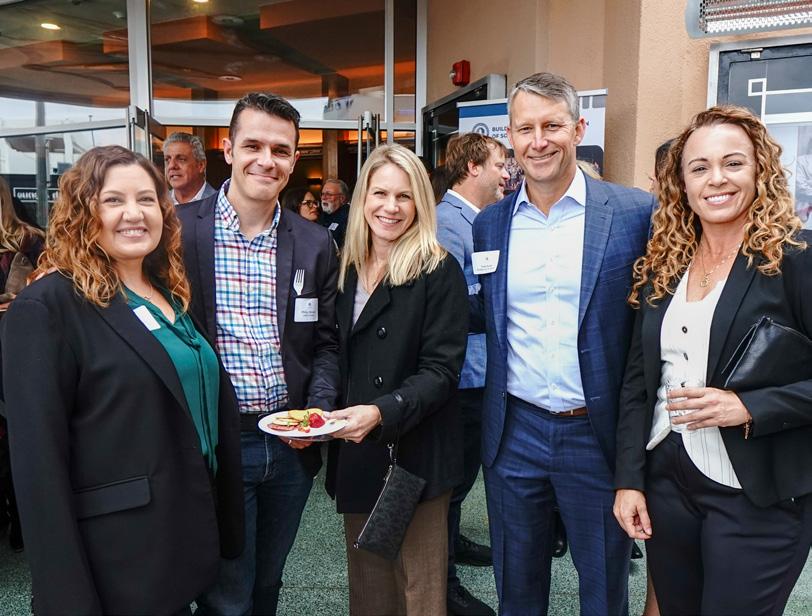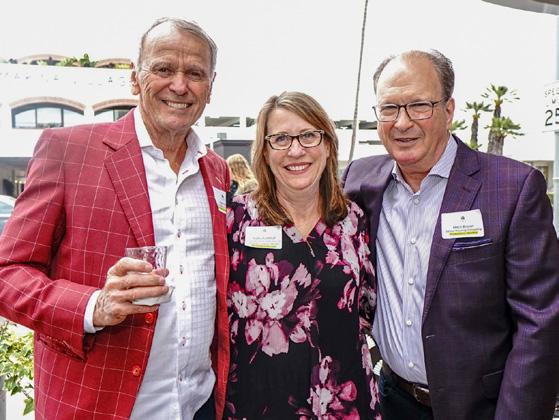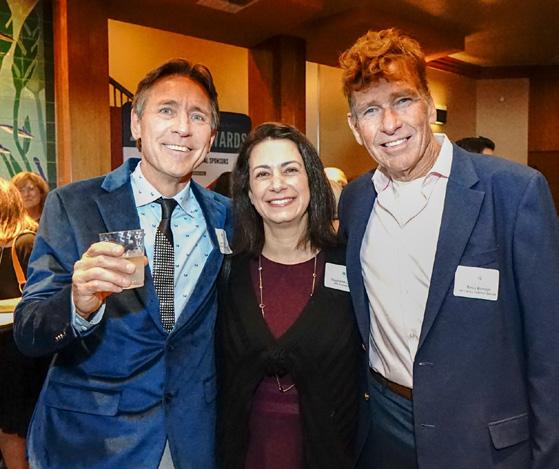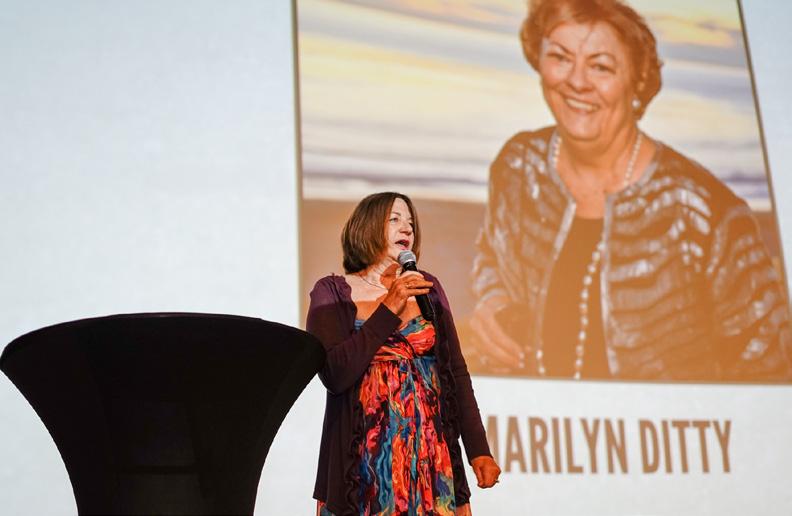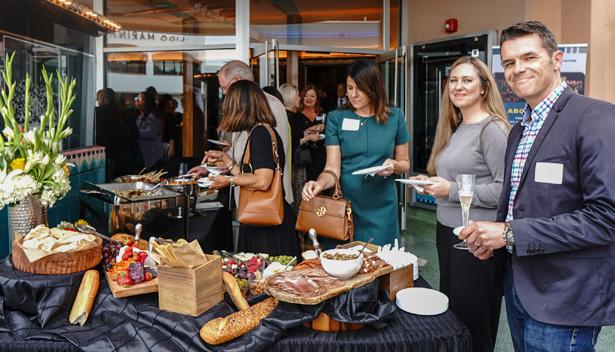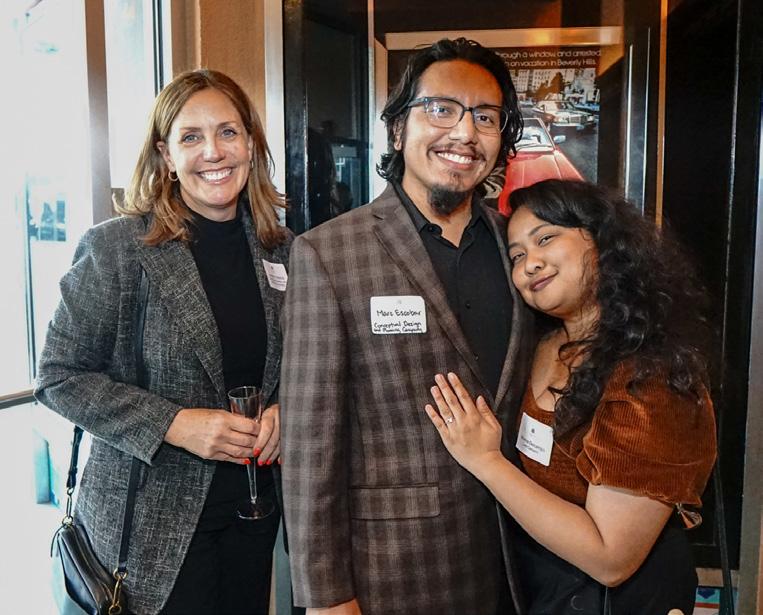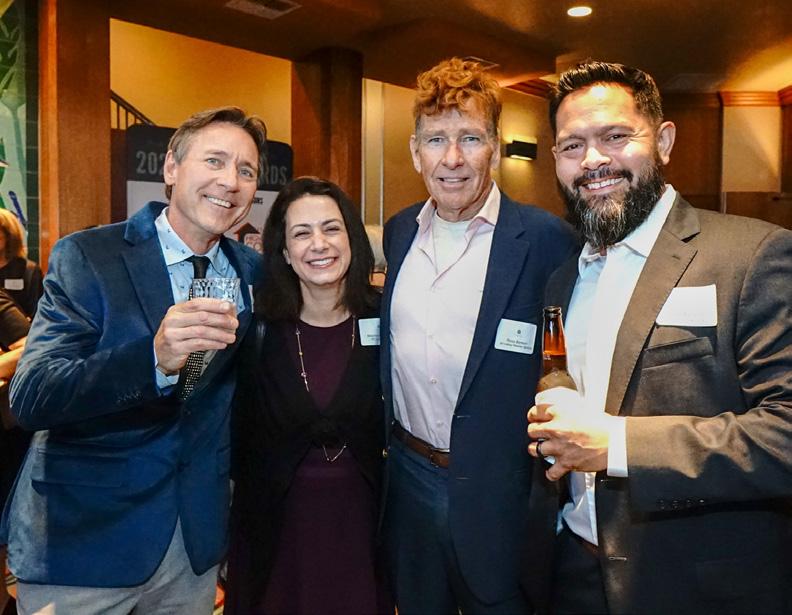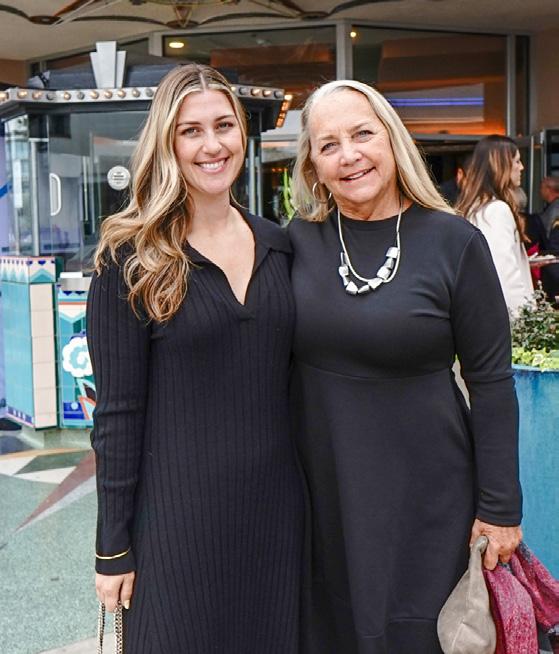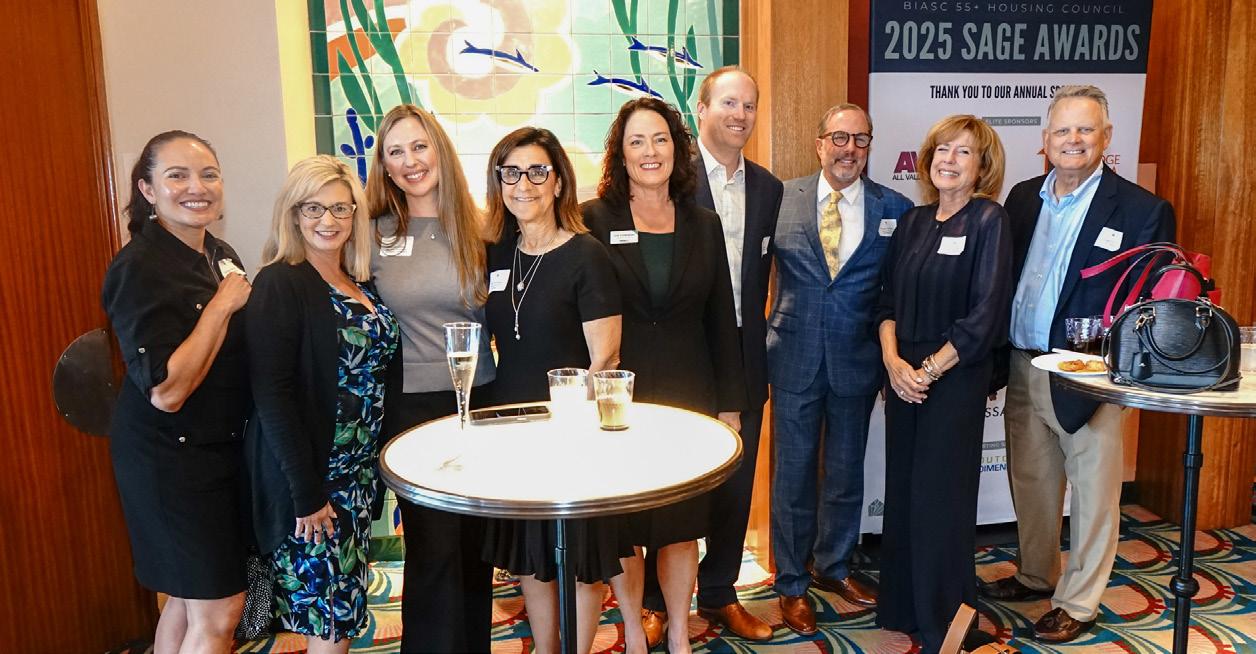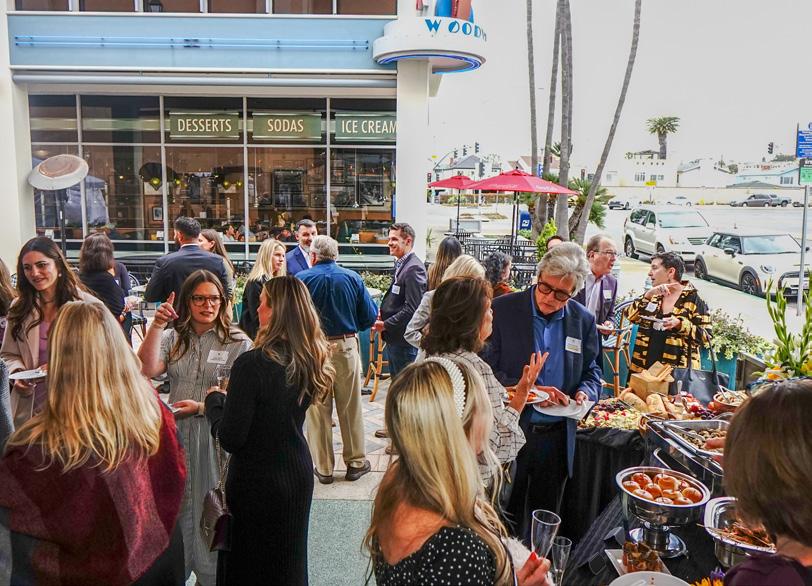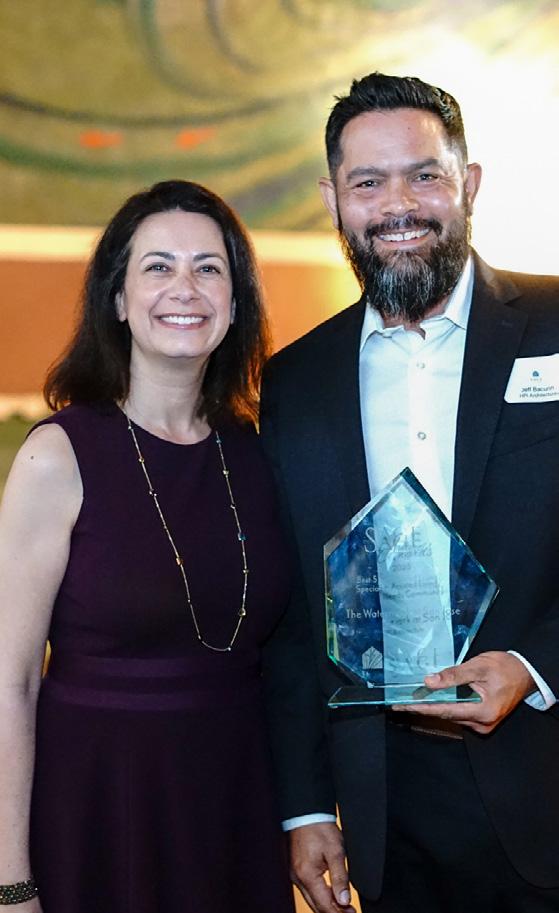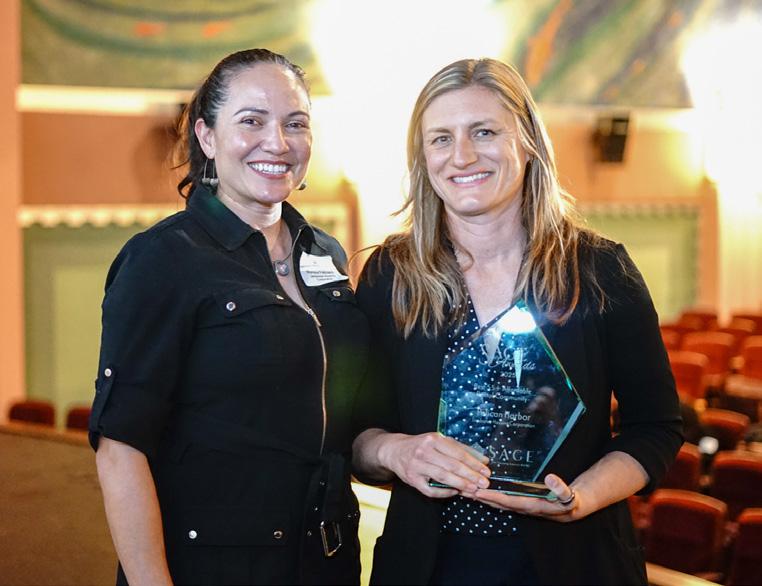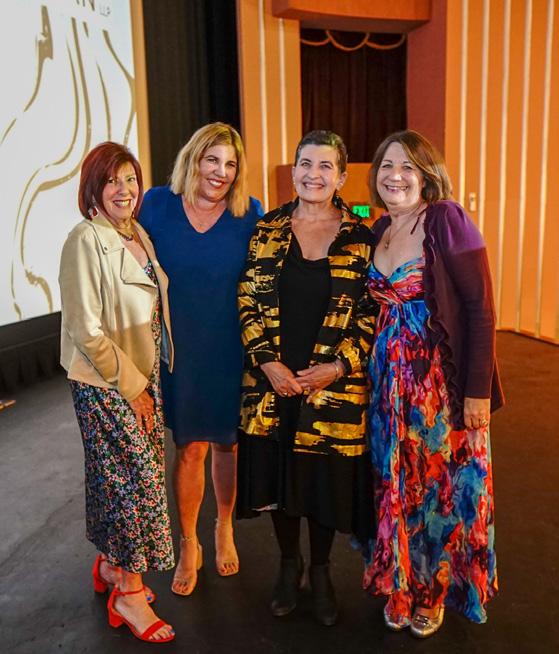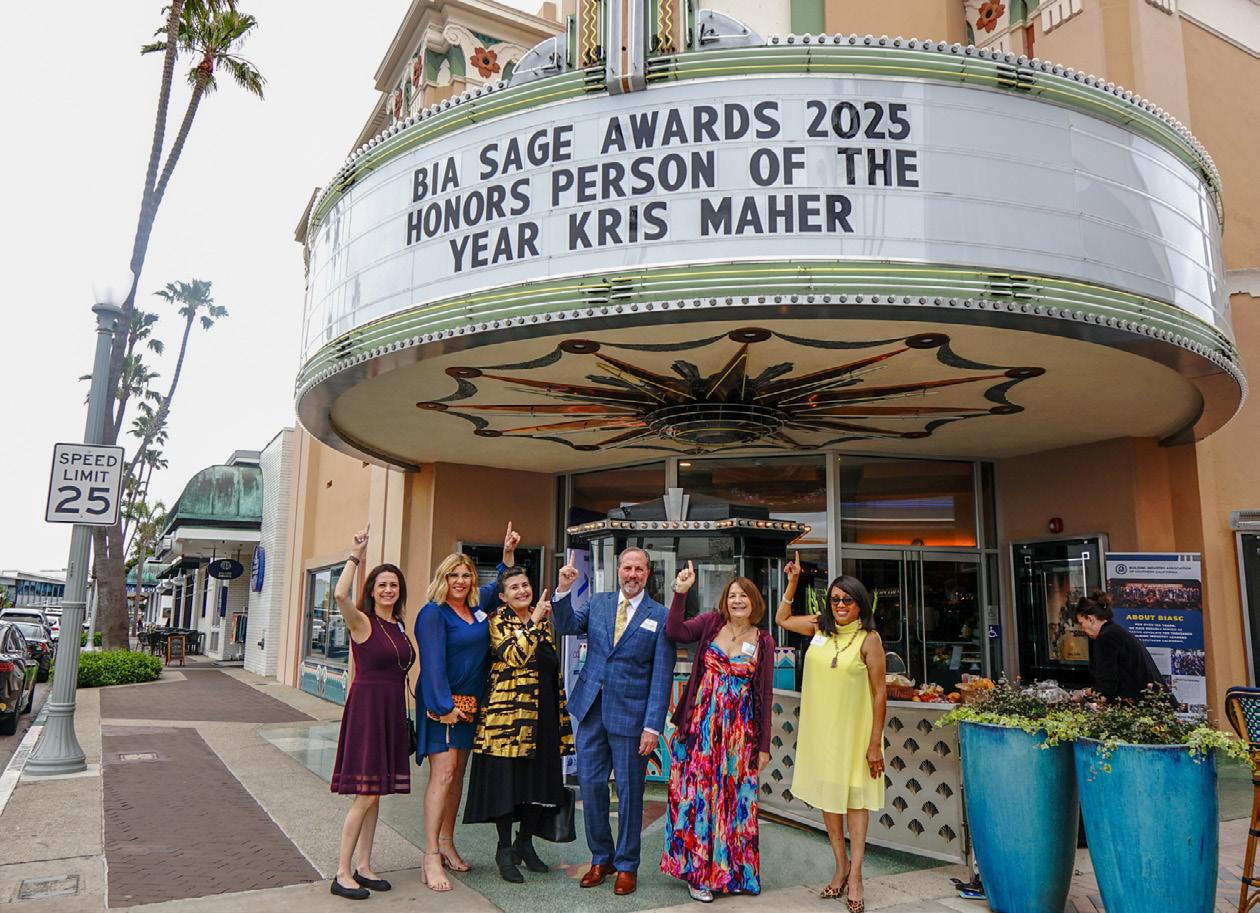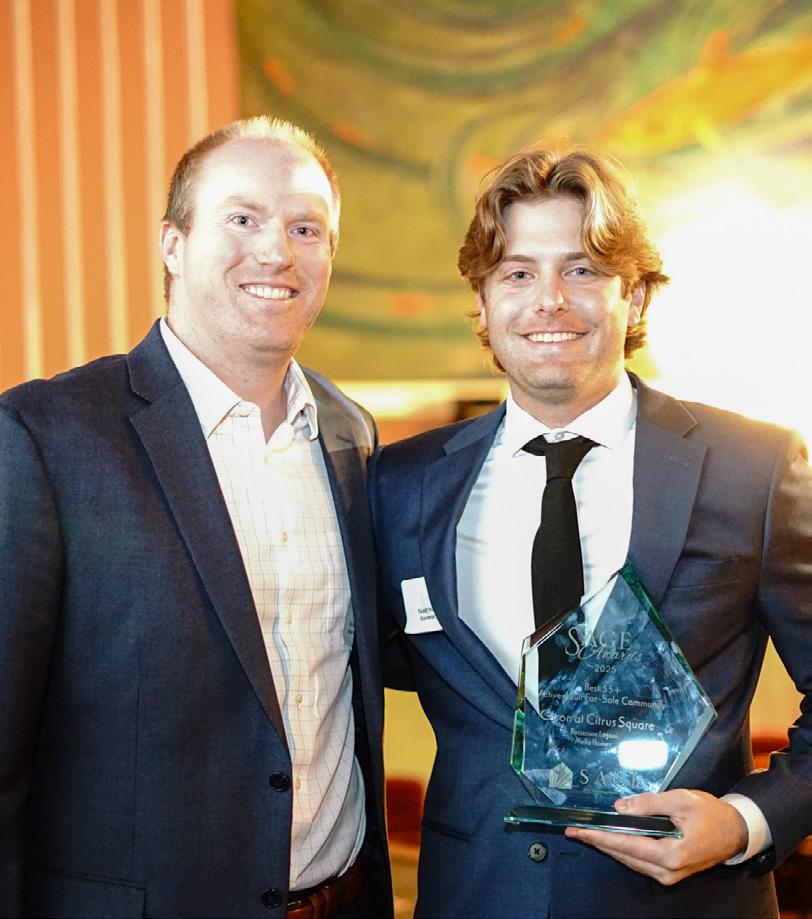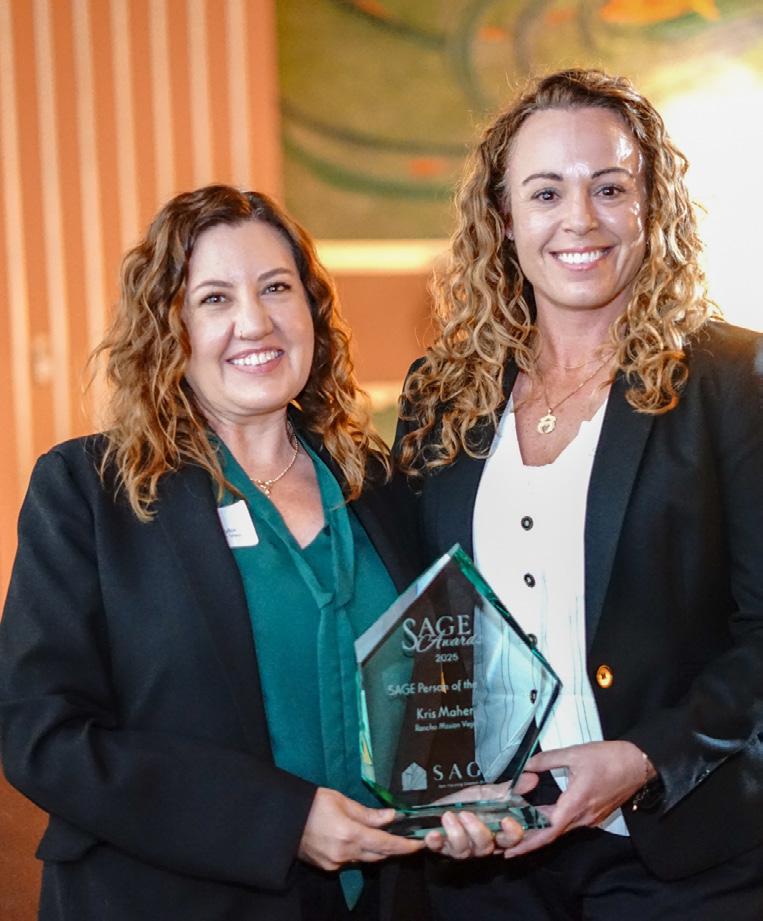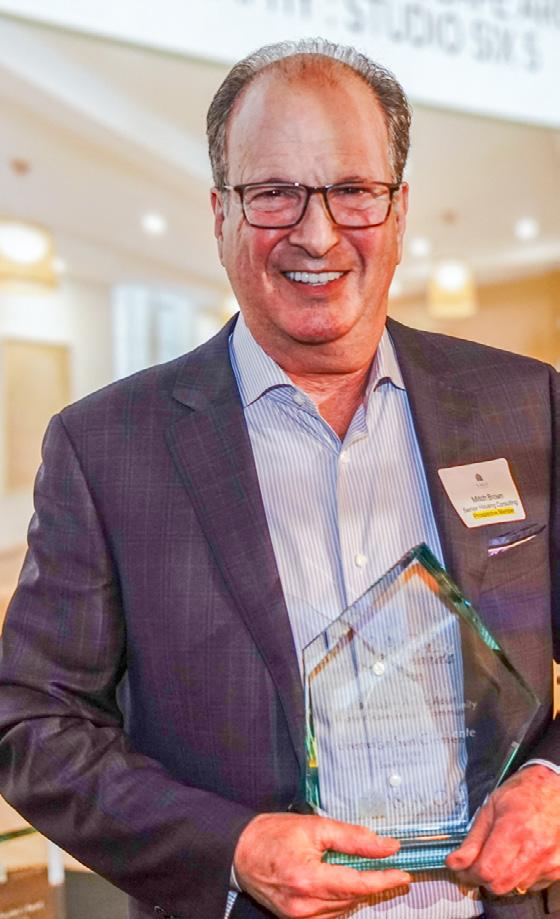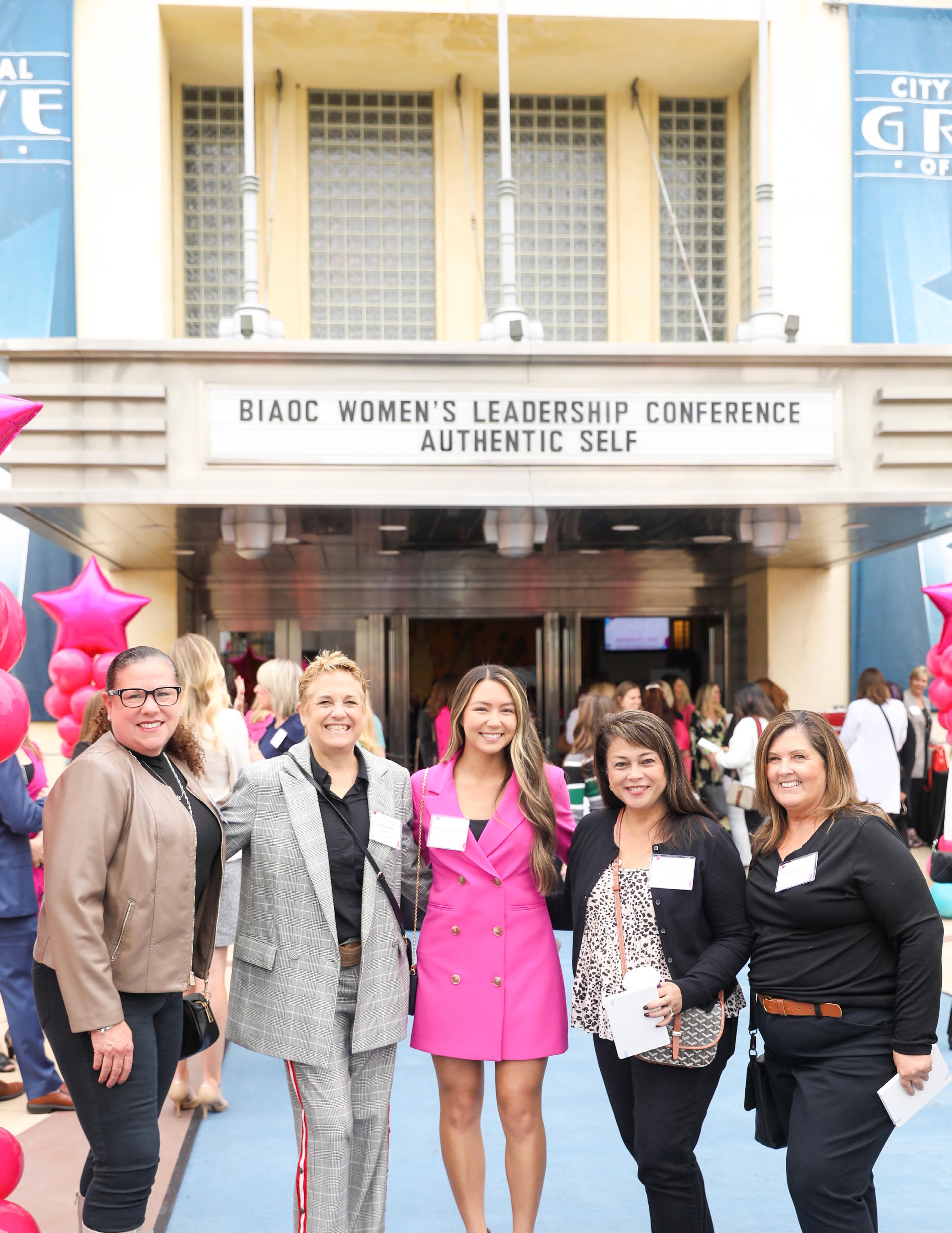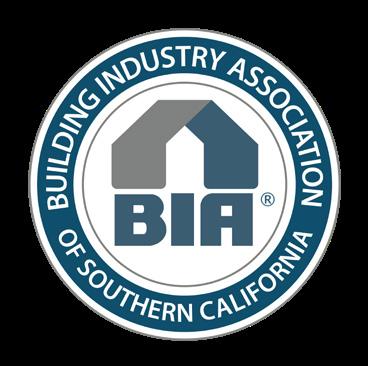Southern California BUILDER



• Highlighting Women in Homebuilding
• Gaging Q1, Tariffs & More: Adam Artunian
• BIASC Leadership advocates for housing in Washington, D.C.

Energy and water are two vital elements that help a new house become a home. Using both resources efficiently and effectively to meet a family’s needs are important ways to help reduce greenhouse gas emissions and conserve scarce water supplies.
For several years, SoCalGas has offered the Energy Efficient New Homes (EENH) Program. This program provides energy efficiency rebates to builders of eligible new residential construction projects that are built to exceed the State of California Title 24 Energy Efficiency Standards and are equipped with qualifying natural gas appliances.

Now the Los Angeles Department of Water and Power (LADWP) has expanded the EENH Program in their service territory by adding rebates for water-efficient toilets, thermostatic shower valves, and Energy Starrated clothes washers when installed with corresponding qualified natural gas dryers and water heating equipment.
This means today’s builder can save money by providing new home buyers with more eco-responsive and costeffective appliances and fixtures.
For more information, visit socalgas.com/EENH.
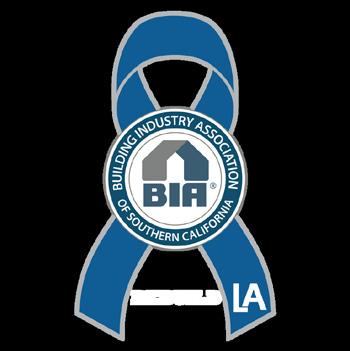


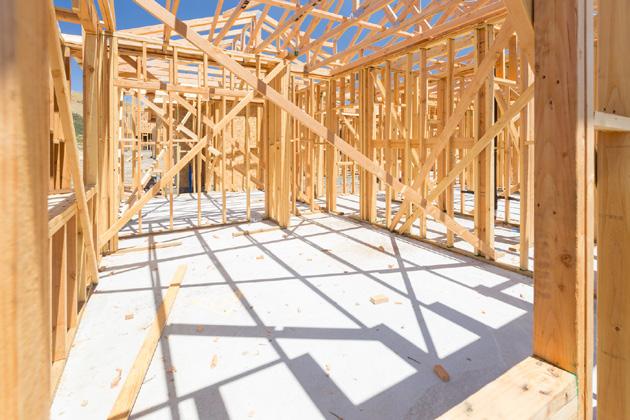


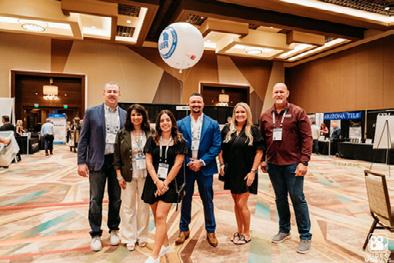
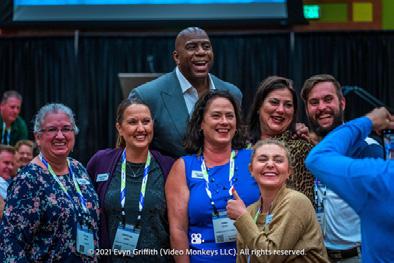
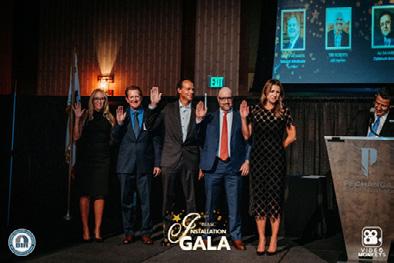
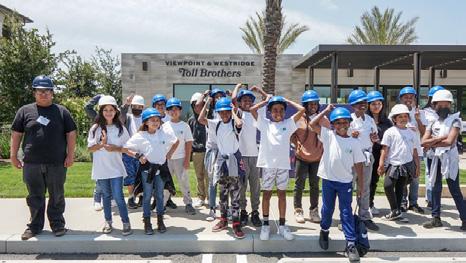
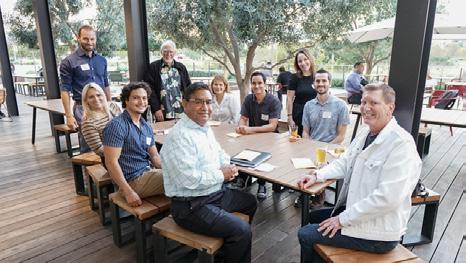


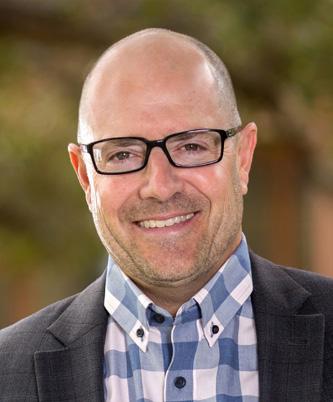
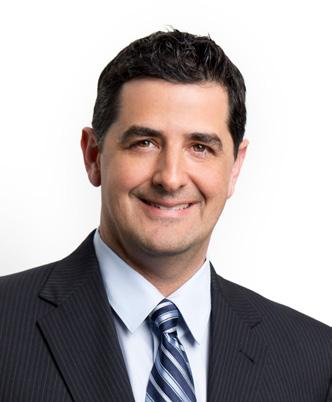
In this issue, we are proud to spotlight the incredible women shaping the future of our industry in The Women in Homebuilding Edition. From trailblazing executives to advocacy strategists to architectural and creative experts to rising leaders across every corner of the building sector, this edition celebrates the innovation, resilience, and leadership of the women driving progress in Southern California’s homebuilding community. Meet some of our key industry players beginning on page 14.
Within our Southern California region, our Rebuild LA initiative team remains actively engaged with local elected officials and city leaders, working together to support communities impacted by recent disasters. Our three dedicated volunteer working groups (Builders Working Group, Contractors/Remodelers Council, and Goodwill Ambassadors) are continuing to meet regularly, offering expertise, resources, and support for those navigating the challenges of recovery and rebuilding. Learn more about how you can get involved on page 12.
On a national level, BIASC continues to be a powerful voice for the building industry. This past month, our leadership and advocacy team traveled to Washington, D.C. for a stacked agenda of key meetings with federal lawmakers and agency officials. These discussions reinforced our ongoing commitment to promoting housing solutions and advancing policies that support homebuilders across the country. View highlights from our trip on page 39.
We invite you to explore this edition and share it with your networks. Your voice, your leadership, and your engagement within BIASC help drive meaningful change in our industry— locally and beyond.
Together, we’re building a stronger future.
Sincerely,
Mike Balsamo, BIASC Chair
Jeff Montejano, BIASC CEO
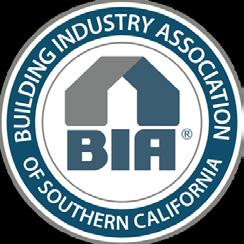
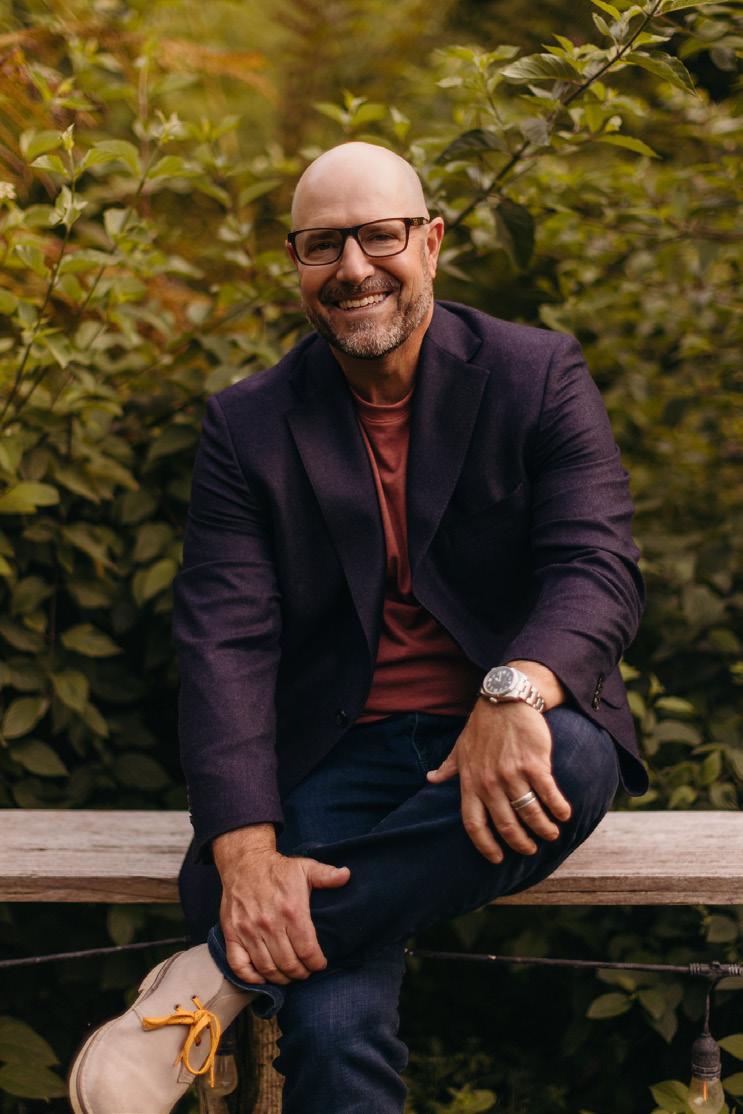

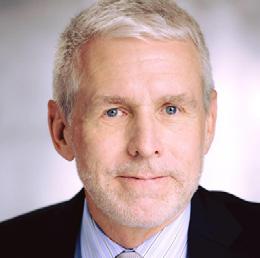
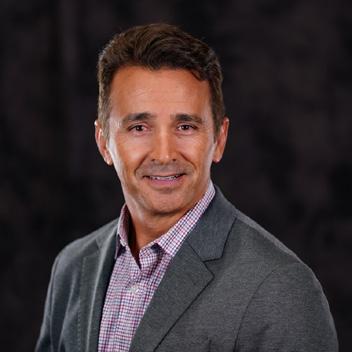
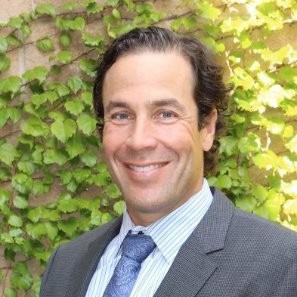
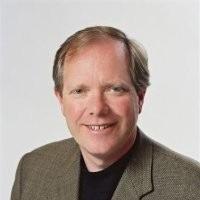
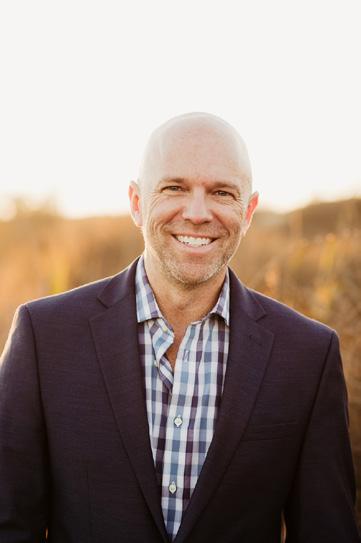
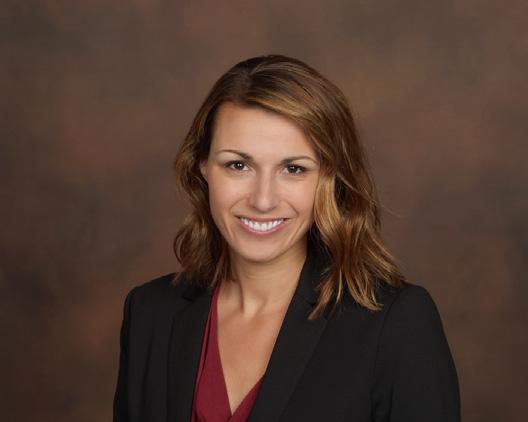

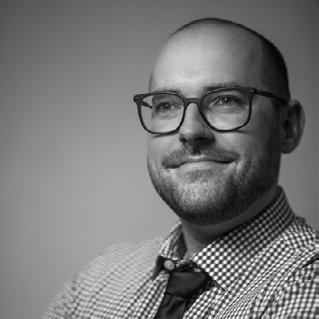
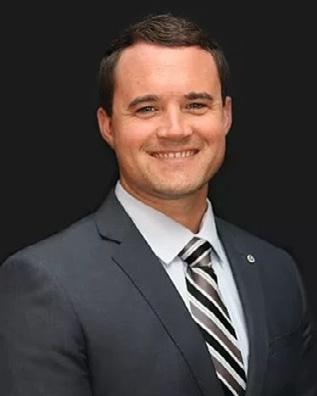
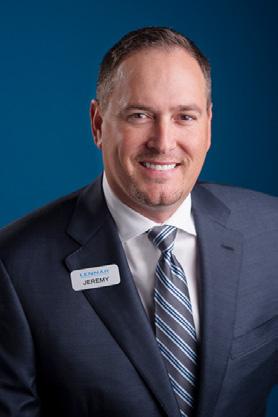
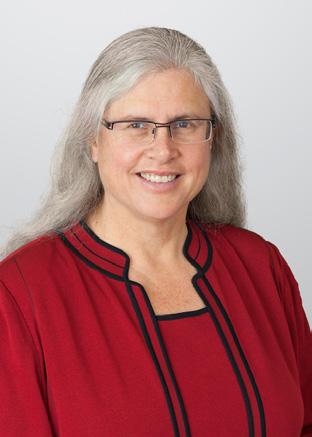
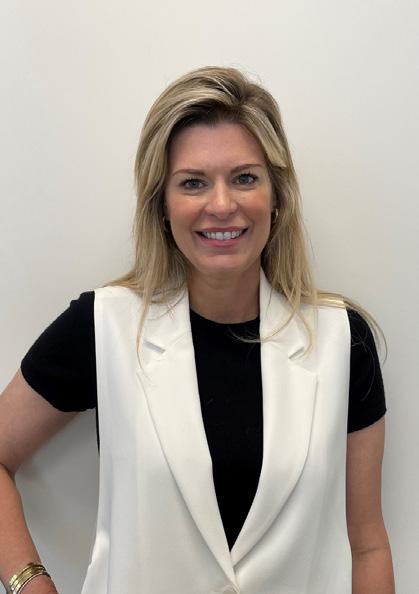
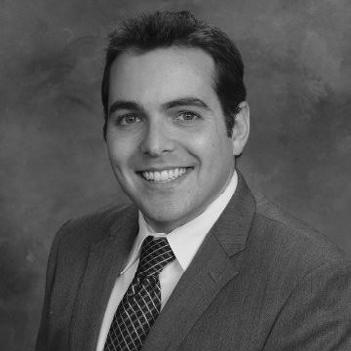

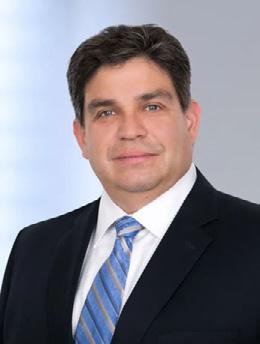
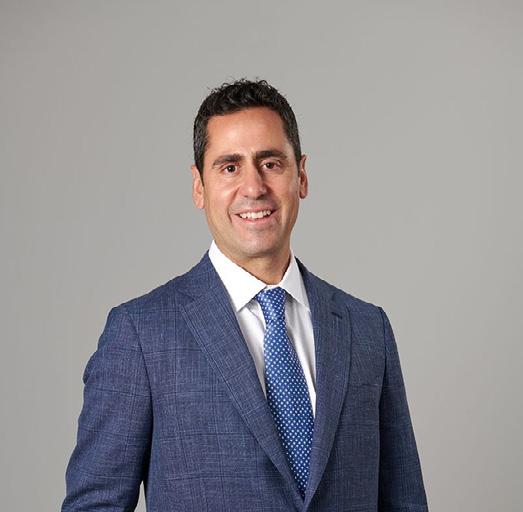
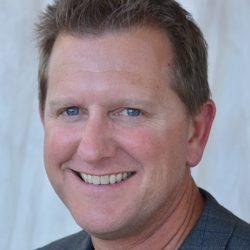

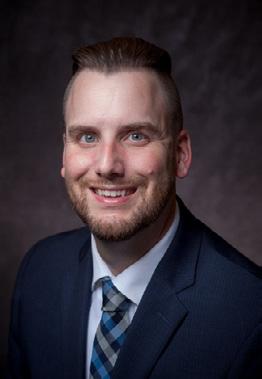
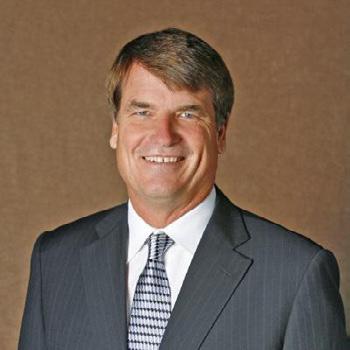

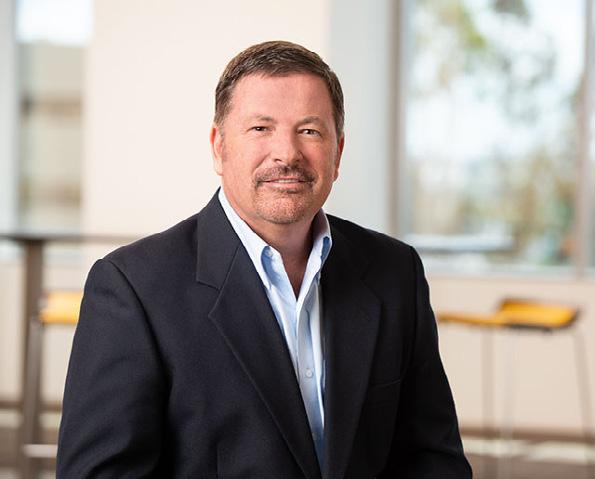
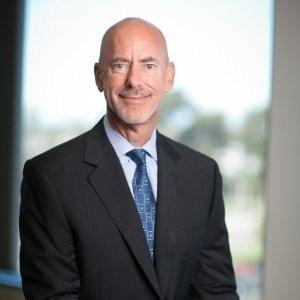
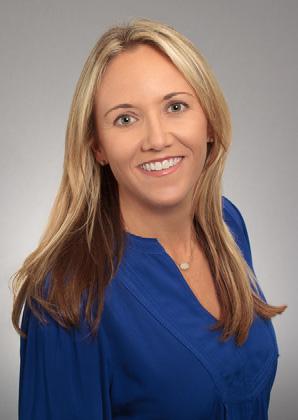
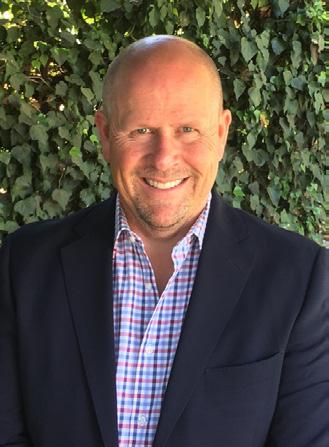
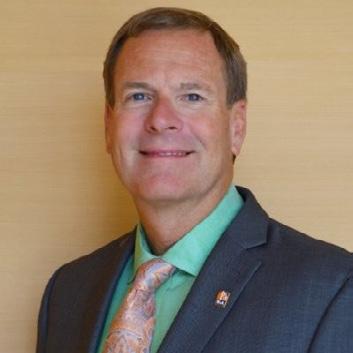
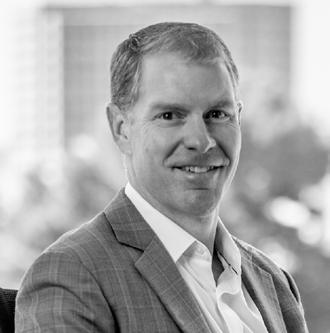
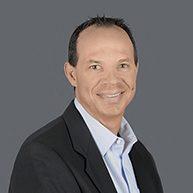
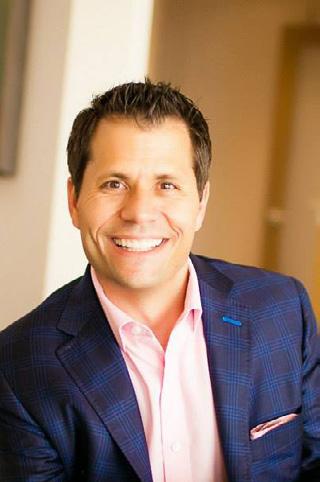
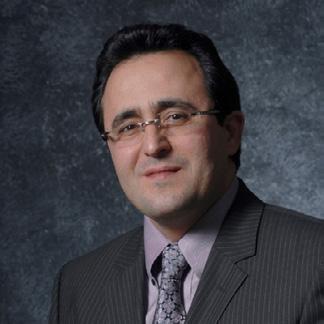

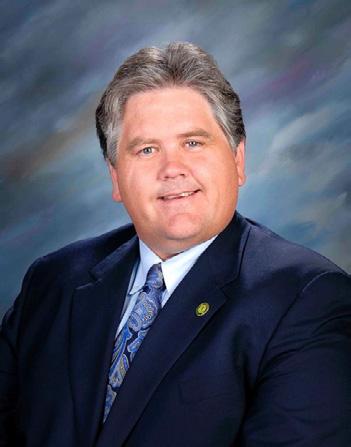
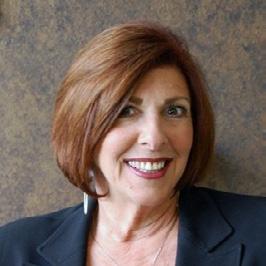
This is the fourth year that the new digital version of Southern California Builder has done a special issue focusing on women in the industry. This month’s issue is one of the best. Inside, you’ll read the thoughts of a woman with a seat on her Chapter’s Executive Committee, and another with a seat on her city’s City Council. You’ll meet a woman who laments that she’s going to “age out” soon from NextGen, and another who still counts as close friends some industry women “who didn’t take any crap” when she met 25 years ago and still don’t take any now.
What’s most fascinating, though, about this issue of Southern California Builder is, as it says in the headline, that a funny thing happened on the way to 2025. In the earliest editions of our special focus issues on women in the industry, when we asked questions about the perception of male dominance and the difficulties women faced in homebuilding, we got hopeful statements about how things were getting better, but it was obvious that the industry still had a way to go.
Now, the same questions are treated almost as if they are curiosities from another time. When we asked the question of Wendy Bucknum, who has been on the Women’s Leadership Conference Committee since the conference started ten years ago, she told us, “We feel like we have largely achieved our goal of bringing something terrific to the industry by elevating women.” And Jennifer Chung, vice president of Pacific Communities said, “I’ve been to a lot of BIA events, and obviously it is still a primarily male dominated industry, in

Craig Foster Chief Operating Officer/ Executive Vice President
the sense that there are more men in it, not necessarily that they are dominating in a behavioral sense. I don’t think that it really affects the day-to-day, because in this industry respect is earned and not easily given… That’s applicable in any kind of situation, whether you’re with women or men.”
I can remember back when every year or two you would hear that someone was the first woman to hold a certain position, and it was a real attention-getter. Today we don’t hear such announcements as often, and I imagine that it’s because the person is the second or third woman to hold that position. Or could it be that seeing women successfully holding high positions has become commonplace enough that it no longer gets our attention.
So, as I recall hearing a lot when I was much younger, are we there yet? I don’t think so. The industry has come a long way and has been exemplary in how it has changed from a “male-dominating” industry to one in which barriers for women are dissolving. But there is always room for improvement. I say let’s keep bringing more women into the business and let’s keep giving them more opportunities to grow and lead. And finally, let’s get to the point where we’re all just people in homebuilding.
In closing, be it the upcoming Women’s Leadership Conference, or a workshop put on by your local Chapter, or a NextGen meeting, or a meeting of one of our Councils – or even just settling back and reading this issue of Southern California Builder, please make the most of your BIA membership!
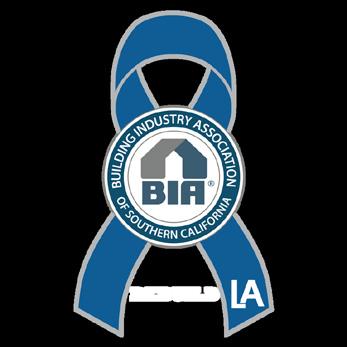

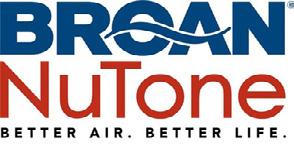

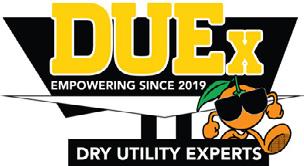
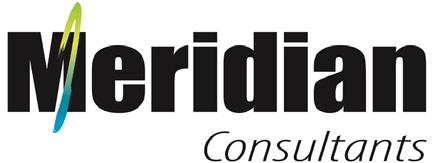


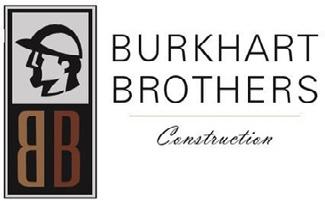
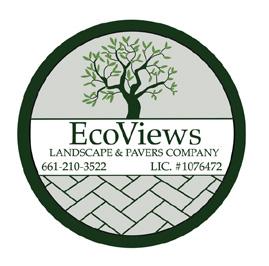



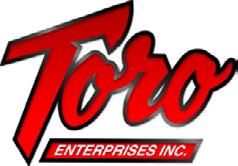
AMAZING DAYS SUCCESS AND WELLBEING
ATI WINDOWS
HAMMER AND NAILS LAW
IAN THOMAS GROUP
INTEGRATED DEMOLITION & REMEDIATION
LINDHOLM CRE
QUASAR
RINCON STRATEGIES
THE JAGER COMPANY, LTD.
TOP CAVALRY CONSTRUCTION
VERTICAL CONCRETE POLISHING INC
WIMBUSH & ASSOCIATES, INC.
JANUARY 30 - MARCH 21, 2025
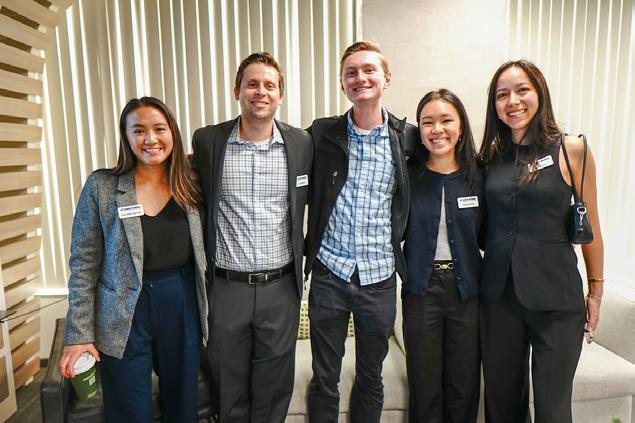

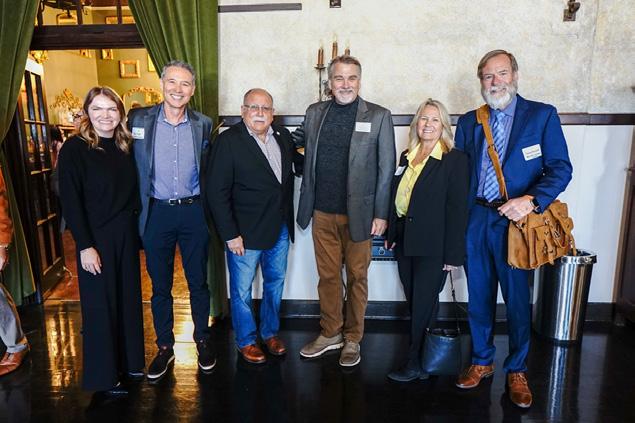
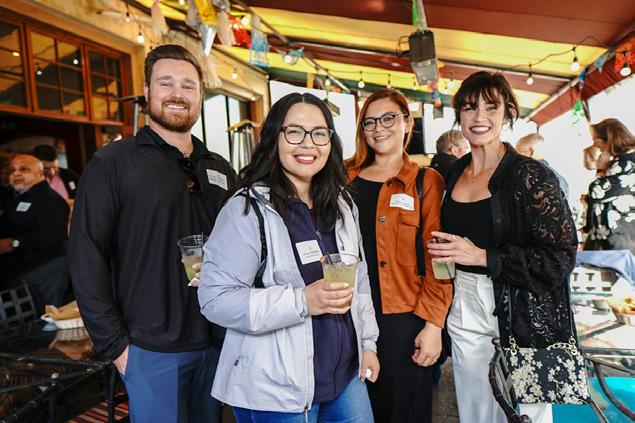
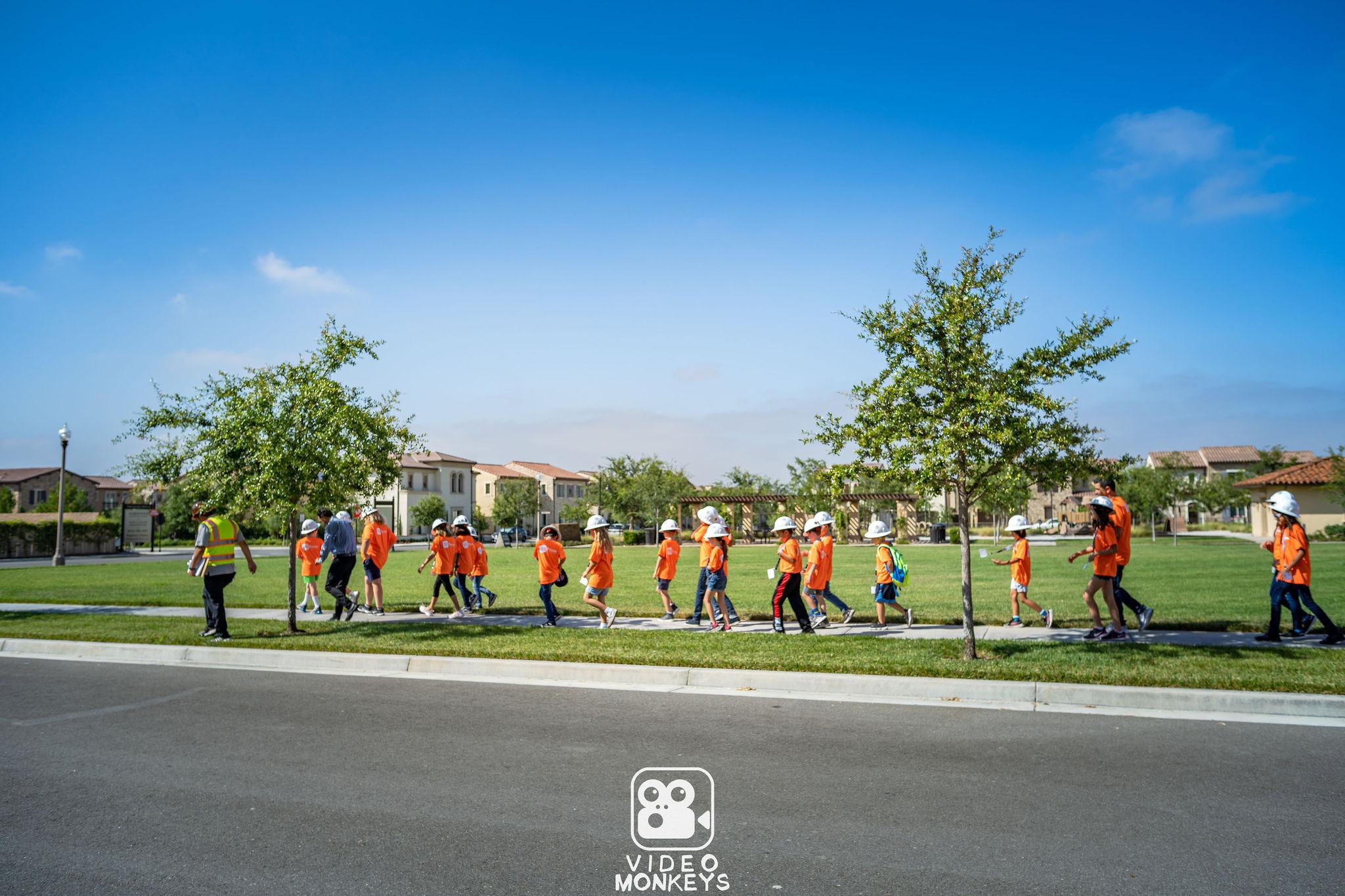
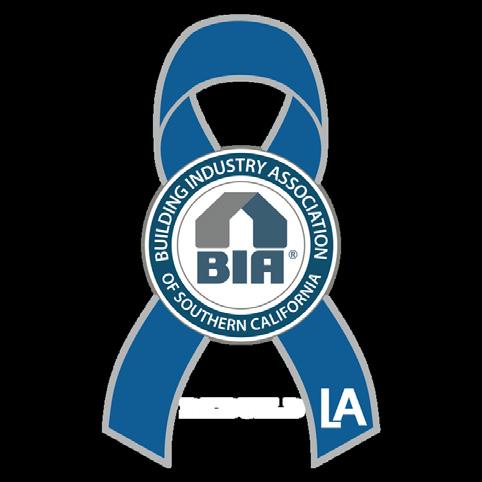
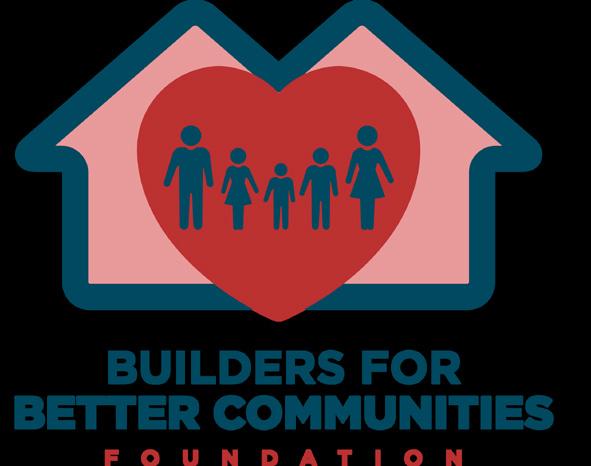



The Builders for Better Communities Foundation (BBCF) is a 501(c)(3) charitable nonprofit that serves to promote diversity, equity, and inclusiveness on behalf of the Building Industry Associati on of Southern California within the Southern California region.
BBCF is dedicated to supporting veterans, underserved communities, and individuals impacted by the recent Los Angeles fires.
Supporting Affordable Housing opportunities for U.S. Veterans and their families is a cornerstone of BBCF.
California’s housing crisis continues to have a significant impact on the most vulnerable, including our veterans. BBCF will advocate to improve the Housing Availability and Affordability for those veterans. Learn more at buildersforbettercommunities.org.


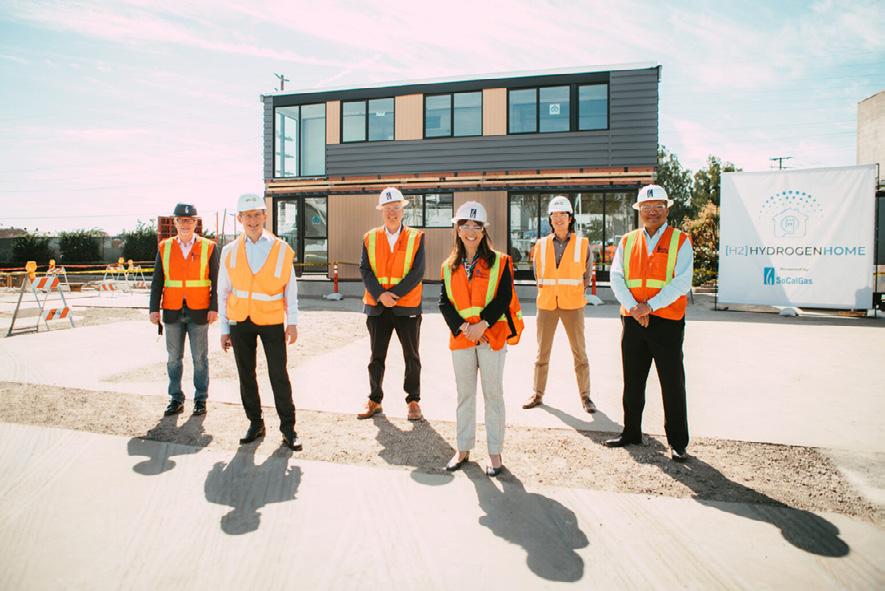
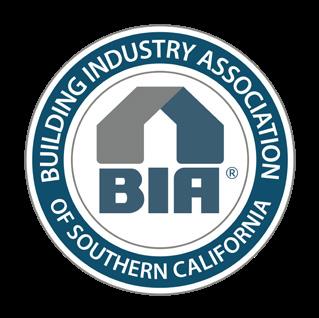
Sales at new home projects were the lowest in 5 years in Q1 2025 but remain in the healthy range, averaging 3.1/ mo. Historically, a sales pace of 3.0 sales/mo has represented equilibrium in the new home market. Typically, if sales are averaging 3.0/mo or faster, homebuilders have pricing strength and can raise prices. In comparison, the average from 2021 through 2024 for Q1 was 4.2/mo which resulted in strong price appreciation. Poor affordability and the lock in effect of low mortgage rates have kept many buyers on the sideline. Generous builder incentives, often exceeding $20K, have continued into the Spring selling season. However, prices are relatively stable overall as supply remains limited in most submarkets.
• New home sales in Q1 2025 were similar to the 2016 – 2019 average of 3.1/mo. Sales were strongest in Orange County and the Inland Empire, both averaging 3.3/project/mo in Q1. The Inland Empire, which finished the quarter strong with 3.7 sales/mo in the month of March, continues to benefit from buyers coming out of coastal markets looking for affordable price points.
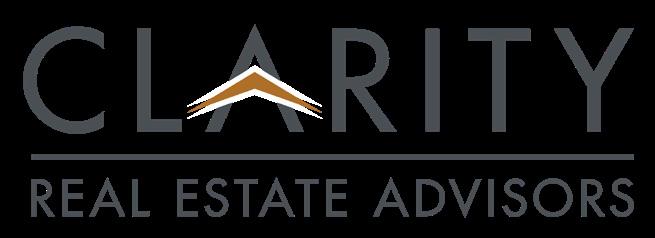
Although housing demand has cooled in recent months, new home supply remains tighter than ever. There were just 445 active new home projects in the region as of Q1, which is a little more than half of the historical average over the last 30 years. Project counts are also just a fraction of peak levels in 2006 and 2007 (1.6K+). In addition, the number of projects in the region are down 24% from 2018 – 2019. In Orange County, current project counts are about one-third of what they were in 2017-2018. Near record low projects in the region have contributed to healthy sales and stable pricing despite poor affordability.
The majority of hardware imports and wood products used to build homes come from outside of the U.S and could be impacted by tariffs. Although it is uncertain what tariffs will actually be implemented, if any, even the expectation of tariffs will likely push the cost of constructing a new home higher. Given today’s relatively flat pricing environment and elevated incentives, builders will have limited ability to pass on additional costs to buyers. However, builders may look to offset possible higher costs through providing a lower spec level and/or reducing soft costs (marketing, etc.). In addition, possible lower mortgage rates will improve affordability and return some pricing power back to the builders.
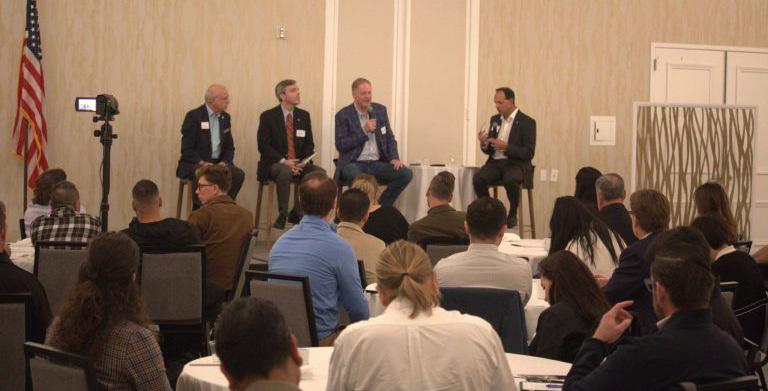

It has been 3 months since the devastating wildfires ripped through Altadena and the Pacific Palisades. The numbers of those impacted are hard to imagine with over 55,000 acres destroyed, over 16,000 structures gone, and 29 lives lost. With over 200,000 residents under evacuation orders, the task to Rebuild LA is greater than ever imagined.
From the moment the news broke, BIASC heard from members reaching out, ready to offer their support. With property and capital losses ranging from a low of $76 billion growing up to an estimated $131 billion, BIASC quickly did what we know how to do best: we mobilized.
Through expert guidance on wildfire mitigation and step-bystep education on the new home construction process, BIASC members have volunteered out in the community, willing to lend a hand, listen to concerns, and provide advice on where to start. Beyond the emotional and physical toll, ongoing insurance challenges and the persistent housing policy crisis have made it difficult for displaced residents to navigate the long and complex rebuilding process.
And that’s where BIASC Ambassadors come in. With residents and community leaders working to create events with vital resources available throughout the wildfire areas, BIASC as an organization and BIASC members have raised our hands to get involved! With more than 100 BIASC members stepping up to volunteer as Goodwill ambassadors, we’ve been attending community events to offer perspective, share expertise, and provide reassurance that these homes can be rebuilt with greater resilience.
Sharing expertise on the process of how to vet a contractor, how to look at estimates, how to work with multiple trades at the same time or explaining the benefits of working with a one stop shop builder has eased some pain points for those wanting answers.

While the political climate continues to evolve, those wanting to rebuild simply want to understand how to start, and what it will cost and how long it will take. As those in the homebuilding industry know all too well, these questions rarely have simple, straightforward answers. However, our ambassadors are doing their best to provide clarity through their experience—helping homeowners better understand the rebuilding process.
With each of the events our ambassadors have attended—now more than half a dozen—we continue to learn and grow from every experience. In the next few months, we have multiple opportunities for you to join us.
As a reminder, we encourage you to speak broadly about the homebuilding industry, while also identifying members with rebuild expertise who can offer valuable products and services. Please keep in mind that each individual seeking assistance faces a unique set of challenges and circumstances, and empathy and flexibility go a long way in offering meaningful support.
If you are still looking for a way to help Rebuild LA we would love for you to start your efforts by becoming an ambassador.
Please contact Meliss Auten at mauten7792@att.net to learn more about how you can get involved.
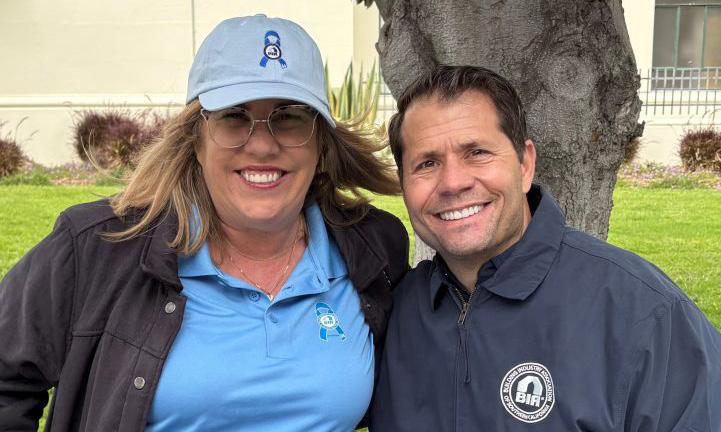
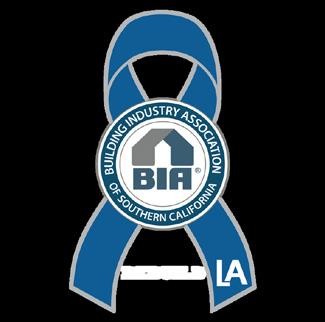
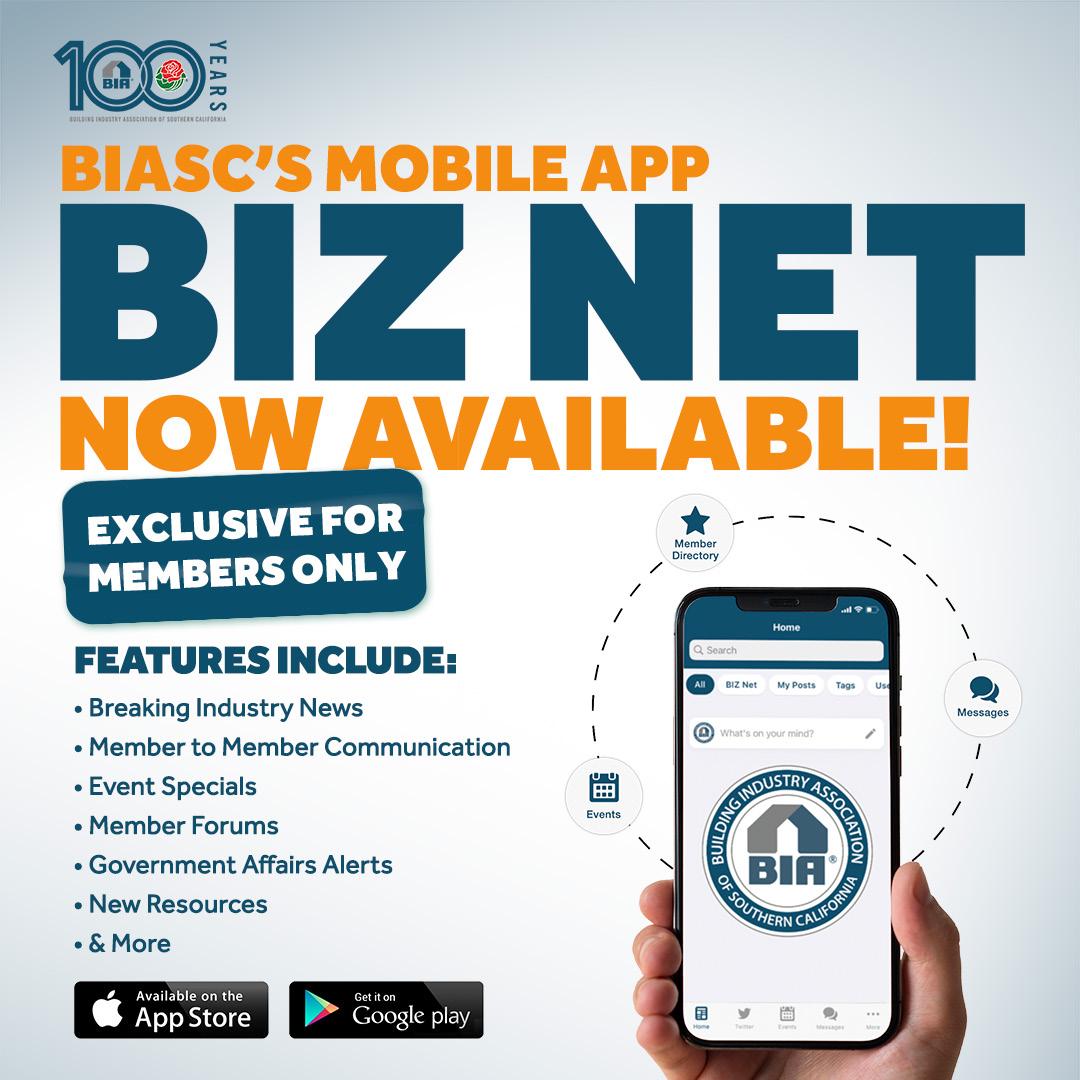








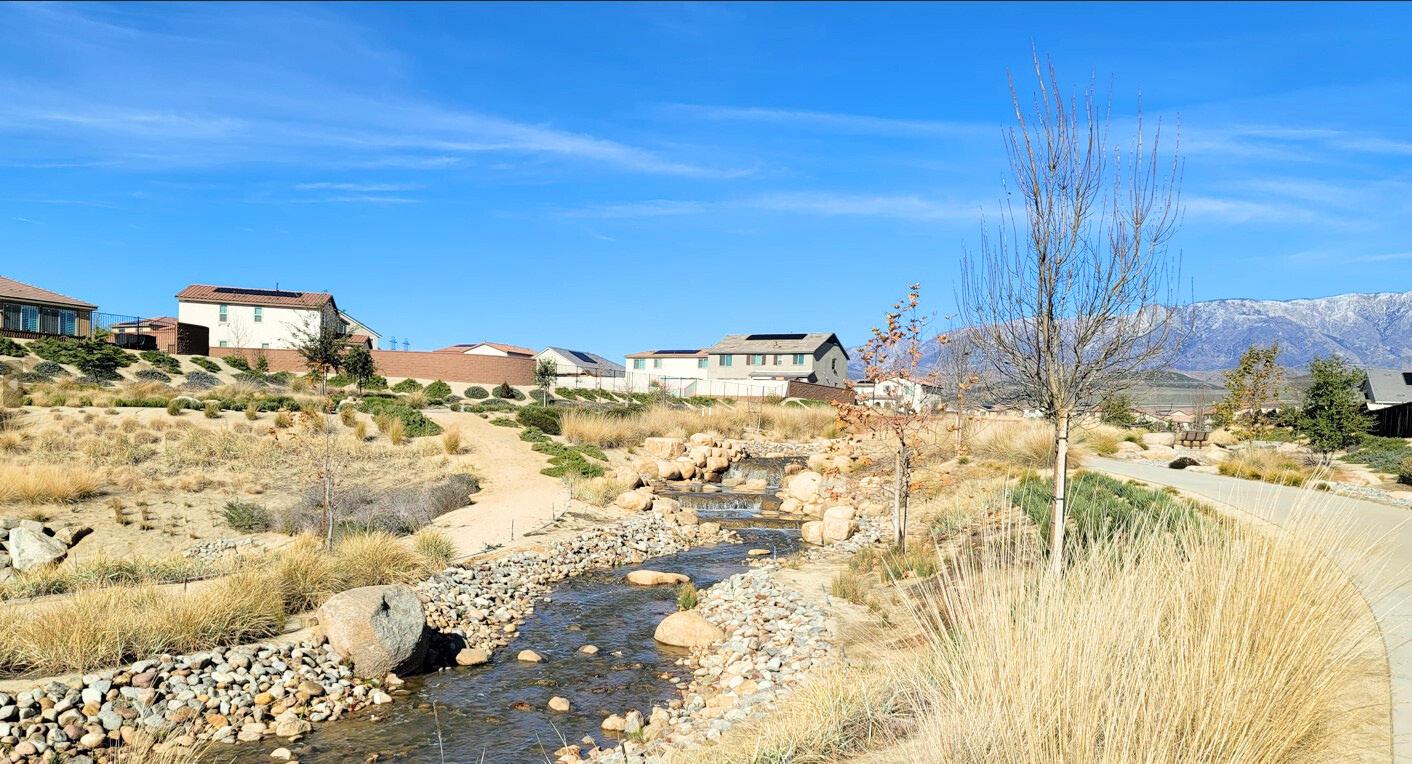
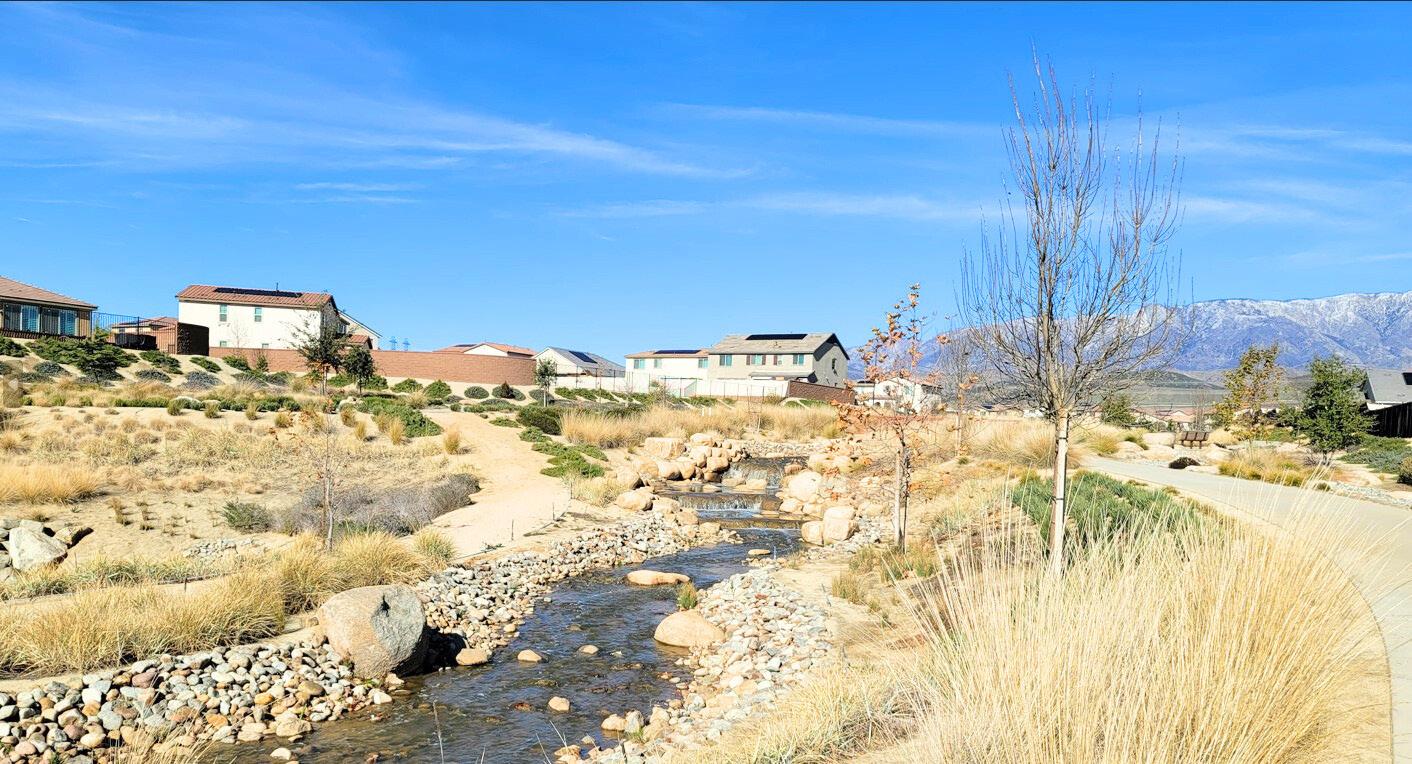







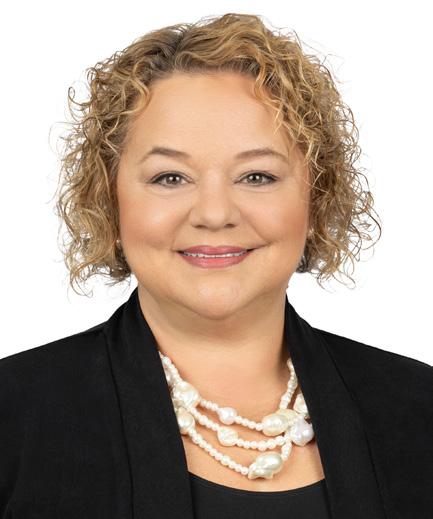
Wendy Bucknum Division Director of Murow Development Consultants
If you’re looking for an example of someone in our industry you can unquestionably call a leader, Wendy Bucknum will be one of the most obvious picks. Besides rising from an entrylevel homeowner association position to a Division Director of Murow Development Consultants, a Crede Company, she was a driving force behind cityhood for Mission Viejo and has served on that city’s City Council since 2014.
One of the recommendations for her posted on Linked-In captures her leadership qualities well: “There is instant trust with Wendy. She’s a tremendous service leader - looking out for clients and colleagues, and delivering as promised. She’s creative and with tremendous follow-through and she communicates complex ideas very effectively. Her volunteerism and service speak volumes about the day-to-day leader she is in her professional and policy life.”
We started our chat by asking if, when she first got into the industry, she was nervous about the industry’s reputation of being male-dominated. Here’s what she said:
Wendy Bucknum: I’ve never been overly nervous about that. I think it’s because I was always encouraged by my grandfather and my father and of course, my mother and grandmother. I was the oldest in the family, so I was always encouraged to do my best. I had strong male role models that never talked to me about what could and couldn’t be done by women. And my mom was very independent and taught me to be independent, too. As a result, I’ve always approached my life with the knowledge that if I work hard enough, I will succeed.
Anyone who knows me knows that I am a huge Buffalo Bills fan – and it’s Buffalo, New York too, not just the Bills. I feel like much of the positivity and work ethic I bring to things comes from my upbringing in a part of the country. The people of Buffalo and all the Great Lakes area of our country are hardworking with deep family ties. So, I’m that way, too.
That’s what set me up to believe that I have a heart, I have a
good work ethic, and I believe that I can learn at just about anything. I started out in the industry on the HOA side for many years, which eventually morphed into working with developers. The thing that drew me to it is that I love the idea of creating community. It’s in my personal life and the things that we are involved in our community as a family, and in my service to my city. I wanted to help these companies that build communities to get the HOAs set up properly from the beginning to help ensure a healthy community. That became such a passion for me that I never felt that I was “less than.” Are there times when a woman is a little bit nervous in this world? Yes, of course. But I have found that if you can find a commonality when you’re talking with somebody in a new setting, which happens to me all the time, before you know it, you’re getting connected.
SCB: From your perspective as an elected official, if there was one thing you could change overnight about the industry, what would it be?
Wendy: What would I change? I think there are two things, if you’ll allow me two. One is big, and that is getting policies in California changed. Tom Grable said it perfectly, that we don’t have a housing crisis, we have a housing policy crisis. I heard him say that just last week to the Orange County Council of Governments, and I thought, “That needs to stick, that needs to change.” This changing of policies will help all of us create communities and housing, and it’ll be housing for everyone, at all levels, period. Let’s fix that, starting where it needs to start – at the state level, not with the cities. The cities will follow what the state tells them to do for the most part.
The other thing that I would change about the building industry itself, in the trade association aspect of it, is that the building industry could do a better job of really recognizing and supporting people that are members of the industry. BIA does a lot in this regard, but if you look at a Chamber of Commerce in a city, the people there all are genuinely trying to help other
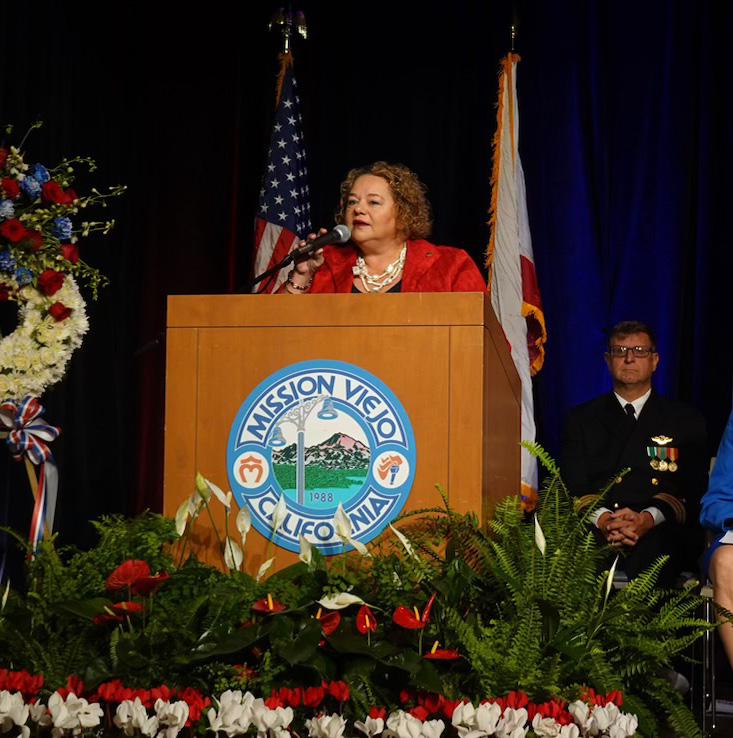
people that are in the Chamber of Commerce with them, right? So, this is more about the people, the companies, that are in the industry than it is about BIA itself, because we as individuals and companies could be better at that. All builders, not just some builders, should be looking at the consultants and the various contractors and vendors that they use, and make sure they’re using BIA members. That would help membership in the Association, and it would create that connection, that accountability that comes because you’re seeing each other at events and meetings.
SCB: Turning that question around, what would you like people to understand about the industry that they don’t seem to understand?
Wendy: I think people don’t appreciate the relationships that you can build and the satisfaction that can come from seen something that comes from plans through to the opening day, when people are moving into their homes. I don’t think enough people understand the whole. We do, because we have the privilege of being in the industry, but if more people could experience the care and thought that goes into homebuilding and community building, they would appreciate this noble business that we’re in.
I think builders make a huge positive impact on communities. They make places better. When they come in and do development or redevelopment, it’s better afterwards. There’s that park down the street that was improved because of some development fees that were paid. It doesn’t say this park was built by, you know, pick your builder.
The people don’t recognize some of the amazing things
developers and homebuilders do. I’ll give you a great example. I was invited as a Mission Viejo City councilmember a special surprise event that was happening at Mission Hospital, so I went and lo and behold, Rancho Mission Viejo donated $50 million to the hospital for a new whole new tower and medical facilities. That is a huge chunk of money that they just put into a community that they haven’t been building in for years. People think they just build and go away. But look at that. It was a beautiful thing, and what a great thing for me to witness – it was a perfect example of how my worlds collide. I love it when that happens.
SCB: We’re all agreed that we’re in a great and underappreciated industry that’s being made better by the greater number of women who are working in it. What can we do to encourage more women to join the industry? Or do you think that’s not really a problem anymore?
Wendy: We are seeing leadership in that regard from of a lot of the large builders and developers who are seeing the benefits of the collaboration that comes with having women on the team. Look, men bring a very important aspect to this, so I don’t want to downplay that. I’ve had some male mentors, professionally and personally. But I do think the role of women is recognized and the welcomeness to women is happening, and that BIA has been a big part of it. The Women’s Conference, which is now happening at many different chapters across California, is phenomenal. I’m so proud that I’ve been on the conference committee e since the start of it, and we are having our 10th year event this year. It’s one of the best conferences of the year because we have women planning it, and it is a phenomenal experience every year, and every gentleman that comes is like, wow, this is amazing.
Consider a young woman at the start of her career. She’s just graduated from Chapman or Fullerton, and this job offer that comes in has her unsure if this is the industry that she wants to define much of her life. Would taking the job be a mistake? Well, if she goes to the Woman’s Conference in her first year in the industry, she’s going see a group of people who are succeeding at all different levels of their careers and it’s going to be a very hopeful, inspiring event for her, showing her that she has a place in our industry. She’ll be encouraged because there’s some great camaraderie there, and some special things. Like, we have champagne. The other events have beer and cocktails, but at our event, we have champagne – how’s that for a welcome?
SCB: Do you think that the industry has changed so much that perhaps women considering entering the industry today no longer have the perception that it’s male-dominated?
Wendy: That’s right. In fact, we are talking about changing the conference from a women’s conference to a leadership conference because we feel like we have largely achieved our goal of bringing something terrific to the industry by elevating women. We have brought attention to all the wonderful things women are doing, and all the women in leadership, like our many division presidents here in California. I’m so proud of them and how they are leading the way. There are so many of them, so there should be a different perception now.
SCB: You’re a wife, a mother, a director at your company and the Mayor Pro Tem of Mission Viejo. One has to wonder how you keep all that in balance – and that’s before considering all the committees you serve on. What’s your secret?
Wendy: Let’s be honest, I’m not going to play the hero. The secret is that I don’t do it as well as I’d like a lot of the time. Probably the one thing that I could do better is balancing with my family, my husband and children, because I really wouldn’t be where I am if it wasn’t for the support of my family. So, what I do is to be very careful about what I take on, and to always keep my priorities straight, which for me is God first, faith, family, work and then my service to my community. Service
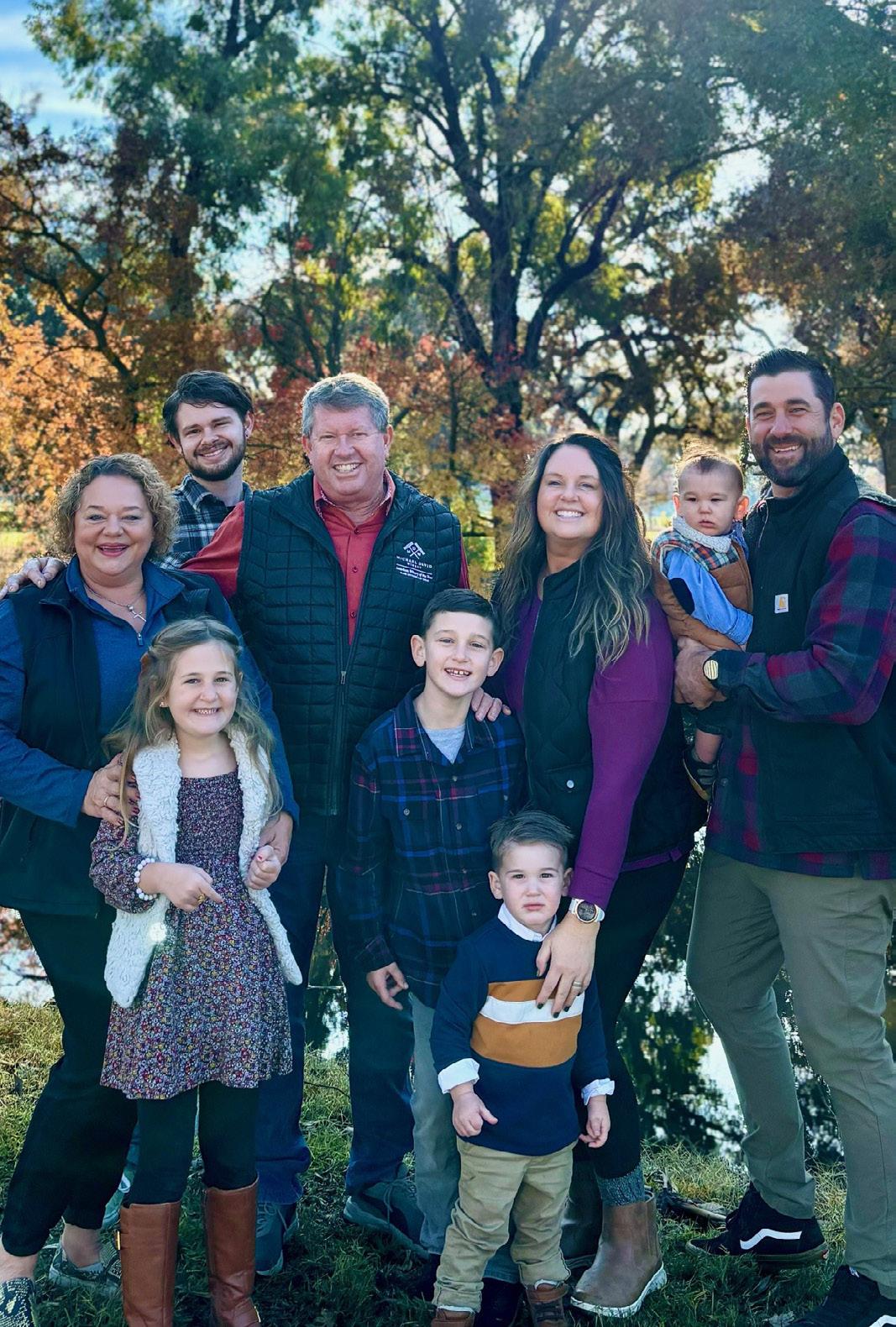
to the community is a lot of where my heart is and also my family’s heart, which is a blessing because oftentimes my husband goes with me or my kids have gone with me, and so that’s been a way to really bring some things together.
During my day job, what I try to do is be very focused and protect the time that I’m working. You know, with the Building Industry Association and with our clients here at Murow Development, there’s no half-way, so I make sure I stay focused on taking care of things that I need to take care of. If a resident wants to speak to me regarding city issues, I say I can speak to them in the evening or on the weekend. I really protect my time during the day, so I can be laser-focused on doing what I need to do to serve our clients. Now, does that work perfectly all the time? No, it does not, because I serve on SCAG, the Southern California Association of Governments, and the Orange County Council of Governments, both of which have meetings during the day, so I have to allow flexibility there, oftentimes working in the evening or on weekends. And I do a lot of delegating. In my city role, we have a very capable staff, and I trust in them to do things like go through the SCAG agenda and brief me. I don’t go to SCAG to sit there and fill a seat; I go to make a difference. In California, it is sometimes an uphill battle, but I try. And having a good staff helps.
So, I guess it gets down to this: Delegating without micromanaging is my secret, such as it is. That’s what helps me balance out that those roles that I have so I can spend time doing things with family – which includes a lot of fun times we’ve had together at BIA and city events. My kids have been to a lot of open houses for new communities that are opening up. My daughter and her husband own a construction design business, and her love of designing, I like to think, may have come out of those events.
SCB: Now we’ve got a question for you that we’re asking everyone: if you could describe your journey in homebuilding using a building material, what would that material be and why?
Wendy: It is, without a doubt, steel. I’m blessed to have a grandfather and a father who worked for Bethlehem Steel, so I have seen steel being made, and it’s a phenomenal thing to see – the molten metal, the incredible heat. I will tell you that like steel, we are refined through fire. I have been through fire as an elected official, as a person coming up through the world. And then, of course, in the building industry, when you’re trying to get things entitled and you’re fighting the people who don’t want anything done, who never want to have anything changed, you go through very challenging times. That’s when you have to keep reminding yourself this is where the learning is happening, this is where the growth is happening, this is where the strength is happening. So yes, it’s definitely steel.


























ENVIRONMENTAL ANALYSIS






BIOLOGICAL RESOURCES

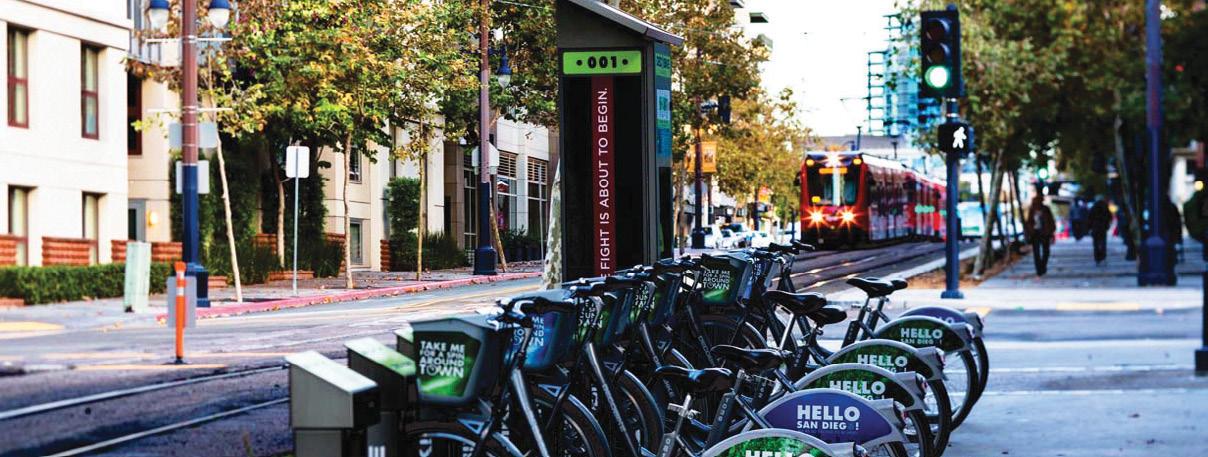
TRANSPORTATION




LAND USE RESOURCE MANAGEMENT

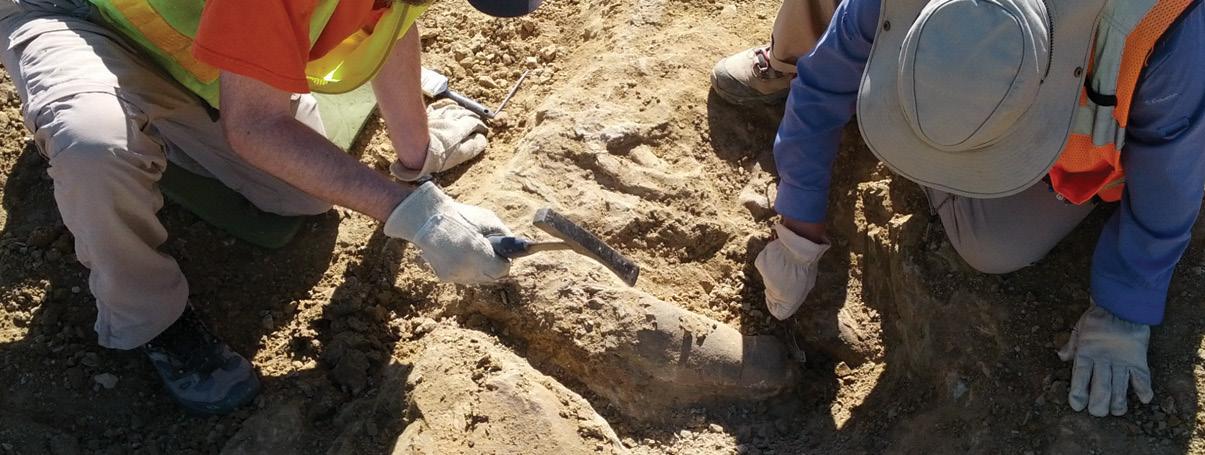
PALEONTOLOGICAL RESOURCES

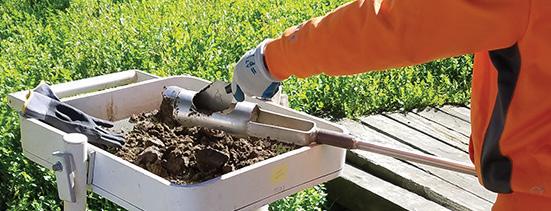
CULTURAL RESOURCES
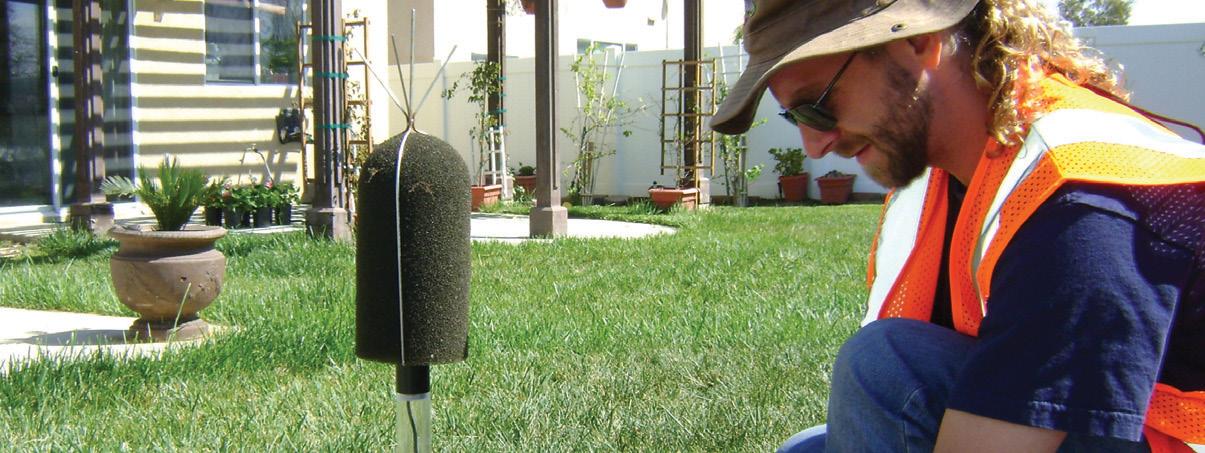



If you’re looking for lessons in leadership, look no further than Jennifer Chung. She has been steeped in it for as long as she can remember, learning from her father, Nelson, President of Pacific Communities, and her mother, Christine, the company’s Chief Financial Officer. Now, as Vice President of the company her parents founded and a member of the San Bernardino County Chapter’s Executive Committee, Jennifer is putting of lifetime of leadership lessons to work.
So, when we asked her when she first felt that a career in homebuilding was the right choice for her, her answer wasn’t surprising.
Jennifer Chung: I literally grew up in the business, so there wasn’t really that aha moment. My dad is an architect by trade, so I have really come to appreciate the design aspect and how careful planning yields a superior product because it was really hammered in to me at a young age. Every weekend, every day. My dad was always poring over floor plans, and we would go over them over the kitchen table on the weekends, when we would also go to model home complexes. It made me feel very connected to homebuilding from the start – it’s embedded in there, so I have memories probably as early as you can have them – the blueprints, memories of sitting on all the cool construction equipment on the job site, and licking stamps for mailers that we would send out by the hundreds, so your tongue would get a little gunky.
I think, at some point, maybe around ten or so, I thought about being a teacher. Then I taught a school lesson and quickly thought that was probably not a good career path for me. When you grow up in it, it’s kind of a different career path. You know, or you feel like you at least ought to give it a very good try.

Jennifer Chung Vice President of Pacific Communities
Southern California Builder: Having grown up in the business and now having worked in it for over ten years, has there been anything about homebuilding that was different from your expectations?
Jennifer: What was surprising about it, despite growing up in it, is that there are so many facets to it, and so many challenges in managing the projects. There’s the technical level, all of these things you have to know, and all the things that have to be right before you can sell a home, from a toilet in the bathroom to something regarding the entitlement process. You’re really all over the board, and you have to be responsible for every component, whether it’s hiring, project management, or budgeting, so you have to know a little bit about everything.
The overwhelmingness of all the details that it takes to put a community together is impossible to grasp until it’s actually on your desk and you’re working through it. You realize how much you don’t know and how much you have to rely on some very capable employees and consultants who have the experience to enable you to make the right decision. I luckily started in project management, which was kind of a rude awakening in itself, because going to school in New York, we only learned what we were taught, and often it wasn’t applicable in your actual situation. So, we were talking about skyscrapers and how to do a pro forma for that type of project, and now we’re in the single-family subdivision arena in California, and it’s just a different mindset. Everything about it is different.
SCB: Did people have false assumptions about you at the beginning of your career?
Jennifer: That’s a funny question for me because some of the people here at Pacific Communities have known me since I was four, so they know me well. Of course, no one
tells you what their assumption of you is, but I think many people outside the company assumed that I happened to earn my place just because I’ve always worked so closely with my dad, from childhood and since moving back to California after college. I can understand that perspective, but I’ve never let it bother me. I think that if you stay humble, keep an open mind about what you don’t know and what you need to learn, and you perform, then you’ll be okay. The business is very experience-driven and I have a lot of respect for that. I think the more you know, the better, because every project is a little different and has its own challenges.
SCB: In your personal experience, is the historic and in many ways continuing male dominance in the business still a challenge for women entering the industry?
Jennifer: I’ve been to a lot of networking events and BIA events, and obviously it is still a primarily male dominated industry, in the sense that there are more men in it, not necessarily that they are dominating in a behavioral sense. I don’t think that it really affects the day-to-day, because for everyone in this industry respect is earned and not easily given. You need to show that you’re knowledgeable, experienced and professional in every interaction, and you need to be confident in your abilities, work hard and be humble. That’s applicable in any kind of situation, whether you’re with women or men. I do find that there’s one nice thing about this industry, and that’s that if you have the right, positive attitude as a woman, people are more than willing to teach you and act as your mentor.

A lot of women now are willing to speak up and be assertive, which is good. My own approach is to be humble and respectful, and I find people are always willing to listen and engage with me. I can’t say that being a woman in the industry doesn’t affect us, but it comes down more to being about yourself, your attitude, how you’re willing to work with others. Incidentally, what’s funny is that in our company, I would say most of our managers are female –not intentionally; it just so happened to pan out that way.
SCB: That’s not surprising because if you hire with true objectivity, you have no control over what the mix is. And on the subject of surprises, did you gain any unexpected life lessons from your work in the industry?
Jennifer: Of course, I’ve had life lessons from the whole navigating through a family business experience, but when thinking about this question in the broader terms of working in the industry, I think it’s that most people underestimate the power of good management. In school, you talk about all the technical skills, the selling techniques, the construction, the costs, all this knowledge that is very important. But if you ask anyone in any organization, they’ll tell you that it’s good management that makes all the difference. I really came to understand this here with our own internal challenges that came with the bankruptcy last August of our solar partner, SunPower. That really threw us for a loop because overnight we had closings delayed and people who had moved in but weren’t able to activate their solar panels. Our director of purchasing was able to create a work-around for us and find another solution, although it was still painful and affected just about every aspect of our business. It was good management that got us out of it – the ability to pull your team together, get everyone on the right path, and have them work through to the other side. With good management, a crisis like that helped our culture and the overall strength of the company. That has outshined the other lessons that I’ve learned.
Jennifer: I wouldn’t say there’s one proud moment. Instead, there are multiple proud moments, small moments, nothing that you would go on stage to get an award for. They are mostly moments when I was proud of the team, like with SunPower’s bankruptcy. They jumped on it and were able to transition quickly – that’s the power of having a good team, and that’s something to be proud of. There isn’t anything in particular about myself yet, but I think that time will come.
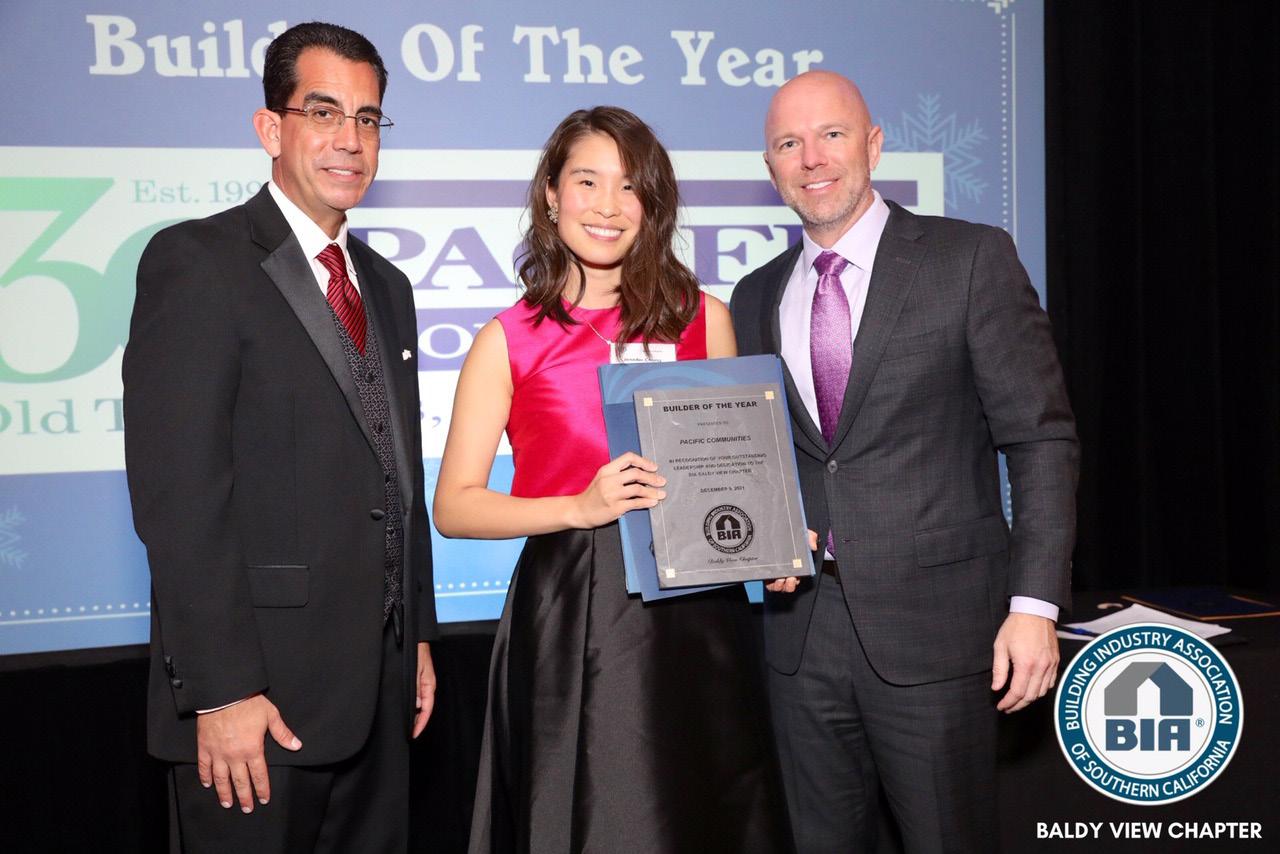
SCB: Now as a last question, one that we’re asking everyone: If you could describe your journey in homebuilding using a building material, what would that material be and why?
Jennifer: Mine would be lumber because, first, lumber can be cut down to the right size. Each framing member is designed to go somewhere specific to create a certain room, and the many pieces build on each other. I liken it to all the small steps I’ve taken throughout my career, my first being my high school senior project, which was building an energyefficient home model. Then there were summer internships on the job site, and college with urban studies and real estate development classes, and internships, and working in the family business – all of these specific pieces built the framing of the house that is me. And of course, things don’t always go as planned, so we sometimes have to change this, change that, deviating from the original plan to enlarge a bathroom or a pantry or something like that, and lumber goes along with those changes. I see that as the flexibility you need to succeed. Lumber is flexible, and I’m flexible because in this industry, you have to keep an open mind about things to get the most benefit.
JUNE 6, 2025 • NATIONAL GROVE OF ANAHEIM
8:00AM | REGISTRATION & NETWORKING 8:45AM | BUFFET BREAKFAST
9:45AM-12:00PM | PROGRAM & KEYNOTE 12:00-12:15PM | BOOK SIGNING

ACHIEVED FAME AS THE SUBJECT OF MOLLY’S GAME , AARON SORKIN’S OSCAR-NOMINATED FILM BASED ON HER BESTSELLING MEMOIR
ONCE LED THE MOST EXCLUSIVE HIGH-STAKES POKER GAME IN THE WORLD, NOW ONE OF FORTUNE’S MOST POWERFUL WOMEN
WORLD-CLASS SKIER , FORMER MEMBER OF THE U.S. SKI TEAM
HOST OF THE TWO-TIME GOLD SIGNAL AWARD-WINNING PODCAST , “TORCHED,” FEATURING WORLD-CLASS ATHLETES
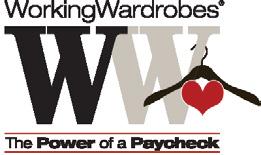
PLEASE BRING YOUR GENTLY-LOVED CLOTHING, HANDBAGS, & ACCESSORIES FOR DONATION
Platinum - $5,000
• (10) Tickets to event with reserved seating
• Company logo on all marketing materials, email invitation, printed program & recognition at event
Gold - $2,950
• (5) Tickets to event with reserved seating
• Company logo on all marketing materials, email invitation, printed program & recognition at event
Swag - $2,950
• (3) Tickets to event with reserved seating
• Company logo listed on all marketing materials & email invitation, printed program & recognition at event
Silver - $1,950
• (2) Tickets to event with reserved seating
• Company logo on all marketing materials, email invitation, printed program & recognition at event
Bronze - $850
• Reserved seating for program & breakfast with any tickets purchased
• Company logo on all marketing materials, email invitation, printed program & recognition at event
Believer (OC Annual Sponsor)
• (2) tickets to event with reserved seating
• Company logo listed on all marketing materials & email invitation, printed program & recognition at event
BIASC Member
$205
Early Bird Until April 18
$255 After April 18
Non-Member
$260
Early Bird Until April 18
$290 After April 18
NextGen Member
$135 Early Bird Until April 18
$145 After April 18
Sponsor

$2,000
Early Bird Until April 18
$2,500 After April 18
Mimosa Sponsor Book Raffle Sponsor

Sponsor Believer Sponsors







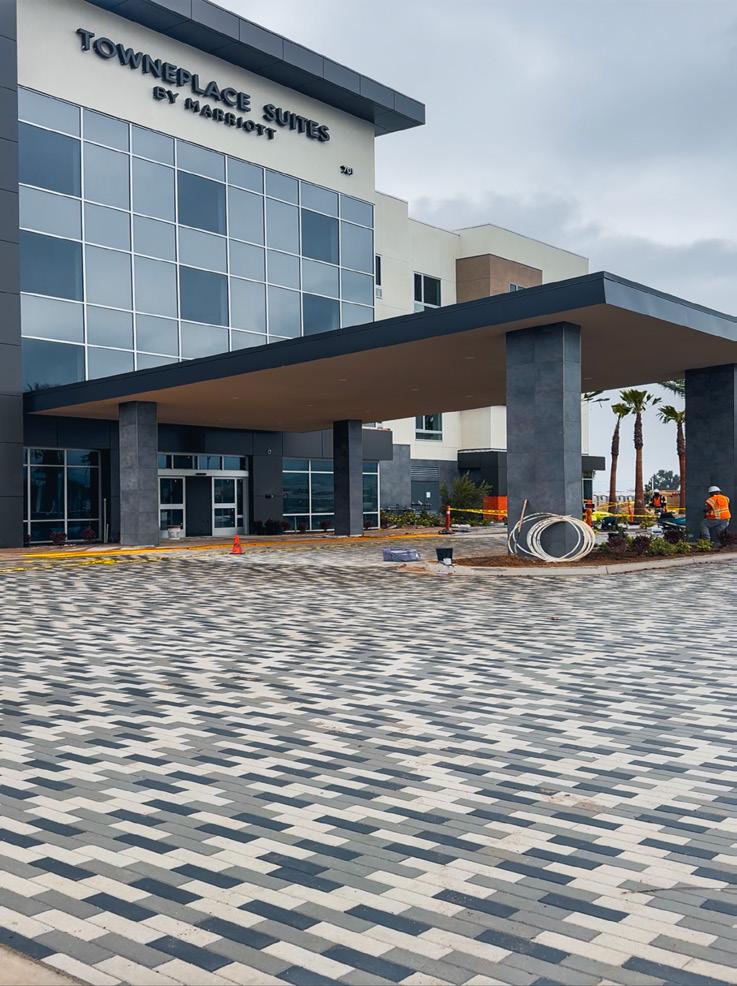


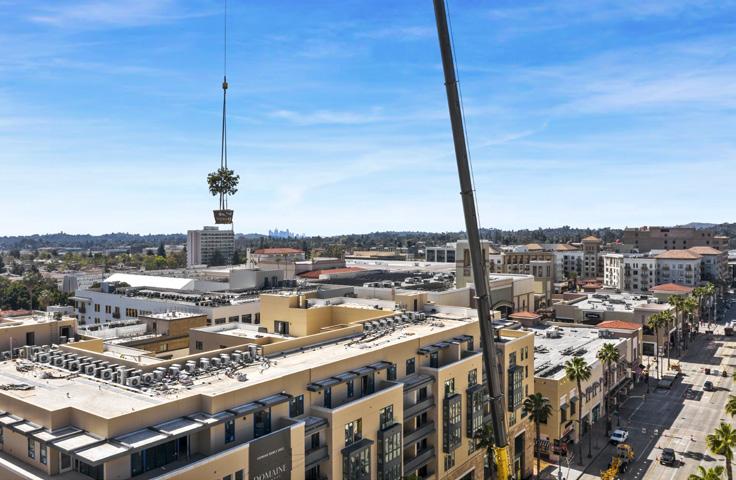
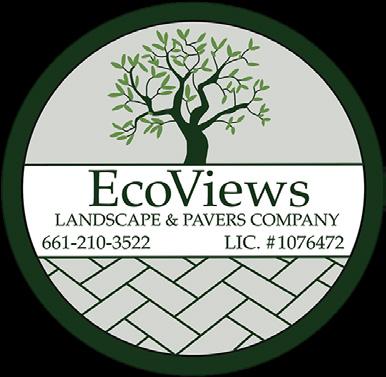

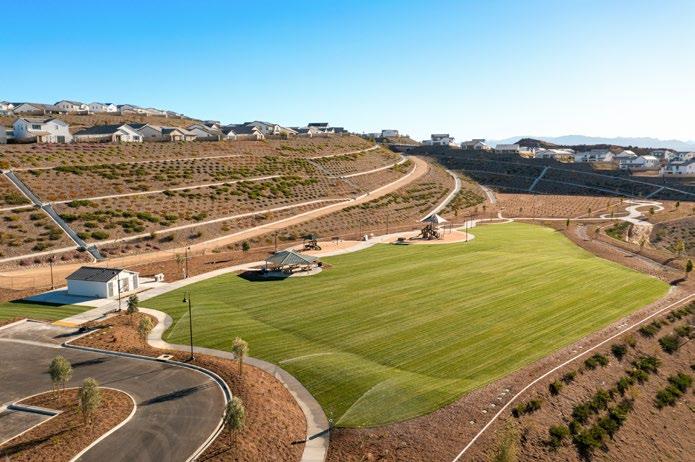








At 34, Emilie Simard is at the forefront of a new generation of homebuilding industry leaders, already serving as Director of Forward Planning for Shea Home’s sprawling Southern California Division. Entering the industry in 2013, her experiences and expectations were markedly different from those of women who came into homebuilding one or two generations earlier. To get things started, we got right to the point, asking her if she has ever had to prove herself in a situation where she felt that a male counterpart wouldn’t have had to, and she had to think for a moment before answering.
Emilie Simard: I’m sure there have been instances, but I really try not to focus on male versus female in the industry or in general, and I’ve always worked on predominantly male teams. Honestly, for the most part, I’ve been really fortunate to receive respect and opportunities based on my work and who I am as a person. Of course, there’s that underdog feeling, especially when you add youth to the mix. So, my way of dealing with it is to not try to actively prove myself to anyone. I feel like if you work hard, get results, and surround yourself with the right team, you shouldn’t feel like you have to prove yourself except to yourself.
But if I were to say something to younger professionals, particularly women in this industry, it would be to be prepared, to know your stuff. And once you demonstrate that you’re competent, capable, and resilient, any doubts tend to fade quickly. Resilience is the key in this business, for sure.
Southern California Builder: Have we reached the point where asking this sort of female vs. male question has become less relevant?
ES: I would agree with that. Sometimes I feel like the more emphasis we put on women as a minority or somehow making them seem like a detriment, it’s creating this idea that we need to compensate for being less adequate. That’s obviously not the case. I’ve been lucky in that a lot of great men have helped

Emilie Simard Director of Forward
Planning for Shea Homes Southern California Division
pave my path and have been supportive mentors to me. So, there are times when you have to prove yourself in general, whether that’s with men or women. And I think that’s why I think age comes into play more for me - a lot about our industry is about experience. You see somebody who’s been in the industry for decades, and you just assume or know right away that you can trust them. I haven’t really seen issues outside of that.
In fact, I feel like I’ve been talking about the differences in age and length of experience quite a bit lately because people have been noticing that there seems to be a generational gap in our industry that’s really starting to show, and I’m starting to think that’s true. Why aren’t more people my age in this industry?
This generational gap is creating an issue with hiring. During the downturn, real estate wasn’t exactly a popular career path, so I was lucky that in the midst of all that, I was able to find my way into the industry. What’s more important, then, is to focus on getting more young people to join the industry.
SCB: When you were one of those young people trying to decide on the industry that you would make your mark in, what was it that drew you to homebuilding?
ES: Very early on, in the summer before my first year in college, I worked for a local Chamber of Commerce and I began sitting in on City Council meetings and really getting hooked on tracking projects and seeing how they were unfolding. That led at first to thinking I would get onto the public policy path, but I quickly realized that politics probably was not going to be for me and I pivoted toward real estate. In college, I worked for a prominent broker in Orange County and I found myself most interested in his developer clients, mainly custom home builders, and that’s when I started thinking that this is what I want to do. It encompasses everything I like about working with cities, intricate design, and careful planning.
At the time, I didn’t even realize that homebuilding was an
industry in itself. So, it wasn’t until a real estate law professor encouraged me to explore development as a career path that it all clicked. After college, I landed my first job with a small infill developer. Literally, we were a three-person team and did everything from acquisition, raising our own capital, entitlements to managing construction, stabilizing assets, and selling them. With a bootstrap builder, you have to be very creative – raising capital, finding sites that were going to be compelling, and focusing on balancing interests to get through the entitlement process as a small team, which is much different from that process with a larger builder. So, there were a lot of challenges there, but I learned a lot. And that’s where I really got hooked on the entitlement process. And it’s also where I discovered that I was a bit of a masochist, because, you know, you have to be, and you have to pair that with resilience and optimism.
SCB: With your title, Director of Forward Planning, are you seeing any emerging technologies that excite you?
ES: Yes, one hundred percent. I’m definitely starting to embrace AI, especially ChatGPT. I wouldn’t call myself super technologically savvy, but I have been implementing it a lot. When it’s used correctly, it’s incredible. It makes life a lot more efficient. In our industry, we constantly have to navigate legislation, municipal codes, and housing elements. It’s a ton to track, a lot to read. Tools like ChatGPT or Notebook can scan hundreds of pages in seconds and pull out key takeaways, summarizing information in a way that really makes it easy to digest. Once they have the documents uploaded, you can be extremely specific in what you’re looking for, and they can spit it out to you in seconds. To me, it’s made a lot of the work on the front end of due diligence and entitlement a lot more efficient from a day-to-day perspective.
But what excites me the most is the potential for AI to streamline the plan-check processes for by-right projects, housing element sites, and specific plan areas. I’m super passionate about this; There’s no reason why we shouldn’t be able to quickly receive ministerial approvals for these sorts of projects, and I feel really strongly that AI can help streamline these processes with cities. It would be able to verify zoning and design compliance instantly, getting rid of a lot of bottlenecks that we face upfront. Being able to upload plans electronically and have them scanned for compliance with automated suggestions or checklists for site planning, design, and infrastructure could shave months off entitlement and plan-check processes. At this point, a City Council isn’t required unless development agreements are involved. So, for these by-right or housing element projects, AI would take the subjectivity out and keep it down to compliance, which is what these sites need anyways to get approved.
SCB: That was an unexpected and provocative answer – and speaking of provocative, have you had any really wild or crazy experiences in your career?
ES: This is an easy one for me. I have a project that will probably always be in my mind as the first big hurdle I had to tackle. I worked on an entitlement project that was supposed to take about a year, involving a zone change, a general plan amendment from commercial to residential, with no affordable component and no major complications. I worked on a nearly identical project in a neighboring city, directly adjacent, which we completed in twelve months or so. So I thought I would be in and out around that same time frame –but it took over three years!
At the start, we had city staff, the city manager, and the city attorney aligned with our vision, but six months in, after staff reviews and completed CEQA studies, everything changed and turned on its head. There was a ton of turnover with the city, nearly wiping out everyone we had been working with. They brought on a new community development director, and staff noticed inconsistencies in how the previous regime interpreted our plans’ compliance, so the new leadership pressed stop. They wanted a whole new site redesign, and it caused a ten-month delay for us to rework it.
So, after starting off on a great note, we had to do a harsh pivot, all the while keeping our seller comfortable that we were capable and moving it forward. On top of that, we faced highly engaged, highly vocal community opposition, and they were very organized, knowledgeable, and relentless. They organized protests, were in the local newspaper every month, packed our hearings – basically everything you don’t want as an infill builder.
When we were finally deemed complete, after a few years, and started moving forward with the public hearing process, we had two failed Design Review Committee hearings, and the Planning Commission was not supportive. We had to shift strategies, so instead of trying to win over groups that just weren’t budging, we focused entirely on the City Council. Ultimately, that’s what we needed. Leading up to the hearing, we met with each member multiple times. They asked the right questions and pushed for some key changes that we were open to. We wanted them to buy into what we were doing and feel like they were part of this process of getting us through the finish line. And, most importantly, they trusted us. Our district councilmember became a champion for the project, which was really an integral piece. After years of navigating this whole process and obstacles, we got unanimous approval at City Council.
So, I think that qualifies by itself as wild and crazy, but it was really the energy in chambers that night that was something
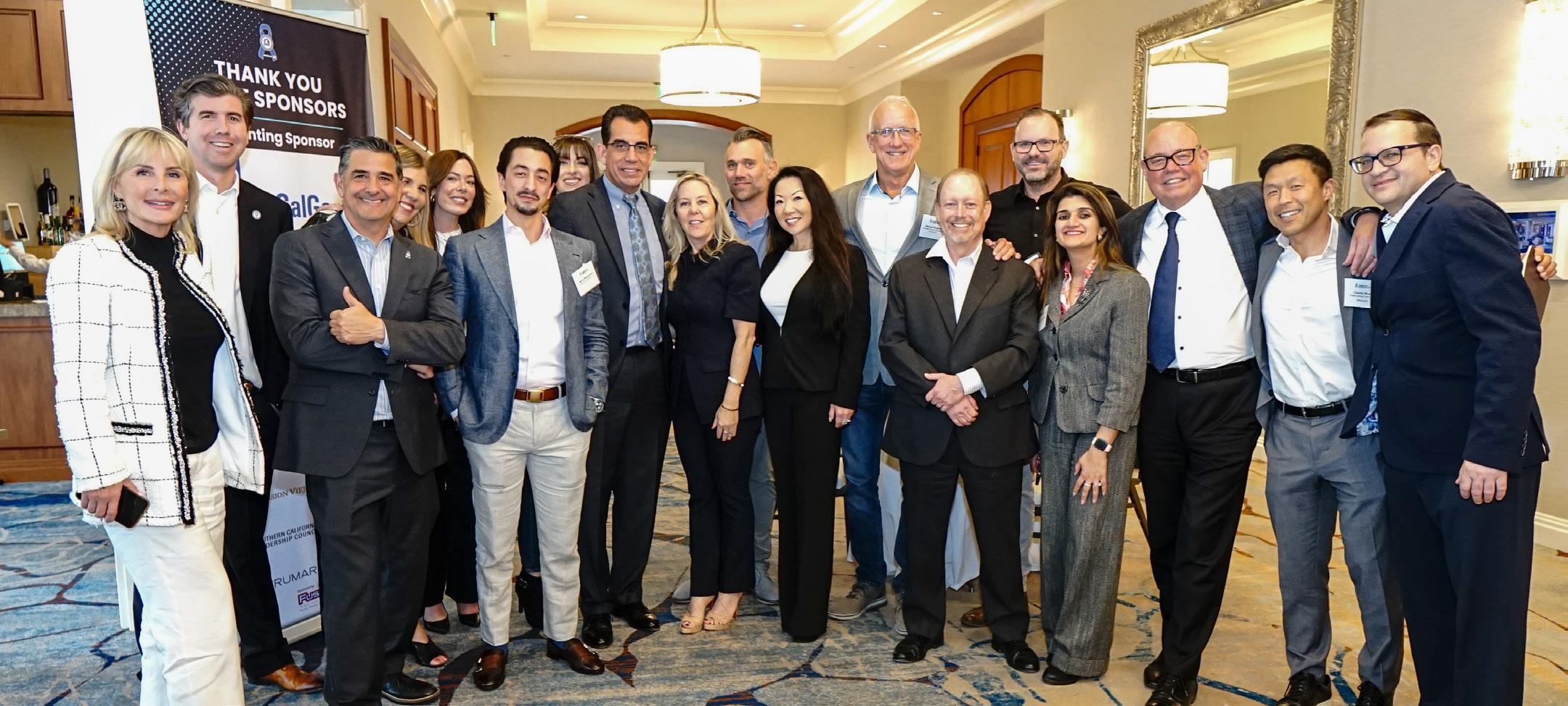
I don’t think I would ever be able to forget. I even had to be walked out of the City Council chambers with my firstever police escort – that was the cherry on top that really encompassed the struggle of that one.
For me, that project was important because it reinforced what I really believe about our industry and entitlement specifically – that success isn’t just about persistence or how knowledgeable you are; it’s where you put your energy. It’s about balancing interests and keeping all parties engaged and ultimately never losing sight of the human element in what we do. That’s important and something that a lot of times it’s easy to lose sight of because you get bogged down and frustrated, and you have to be accountable to your seller or your equity partner and you’re up against a timeline. Just remember that at the end of every transaction is a human –that helps you bring everything to where it needs to be.
SCB: Did that project utterly destroy the community and ruin people’s lives like the opposition said it would?
ES: (Laughing) No, we call it a rising tide. You take a distressed asset and you build value into the community –that just isn’t seen upfront. It can take a long time for people to see development that way.
SCB: Is there a particular misconception about the industry that you would like to change?
ES: It’s just that, the idea that we are going to ruin people’s world. There’s still such a nefarious stigma to being a builder, because people think that we are coming in, buying land, bulldozing everything, throwing up houses as cheaply as we can, collecting revenues, and then walking away with tens of
millions of dollars. They don’t see the layers of approvals we go through – CEQA requirements, infrastructure improvements we do for the city, in-lieu fees, impact fees, land development costs, construction costs. So, I always find it amusing when I lay all this out – even for my family, because they’ve asked the question, too. Once you start breaking it down, people usually end up wondering why you would even want to build in California with all the red tape increasing costs.
So, to the question, I wish there was more recognition of how much responsibility homebuilders take on to create thoughtful and sustainable communities, and that we’re not just building homes, but we’re shaping neighborhoods and ultimately investing in the future of the cities that we build in. That’s the overall goal, for people to see more of the heart of the home building industry, and we could do a better job as an industry to educate the communities and the cities. Wouldn’t it be great if that was more of this perception, and not those archaic assumptions about builders?
SCB: We’ve come to the part where we ask everyone: If you could describe your journey as a homebuilding material, what would that material be?
ES: The first thing that comes to mind is conduit. Maybe I spent too many years in the utility industry, but to me, conduit represents what I do. You know, so much of what we do is connecting different people, teams and interests, keeping everything moving forward and ensuring that all the energy and effort that we put into a project actually gets to where it needs to go. Dry utility infrastructure will always be my foundation, just as it’s what’s built first as the foundation of a new community. So, for me, it’s conduit.
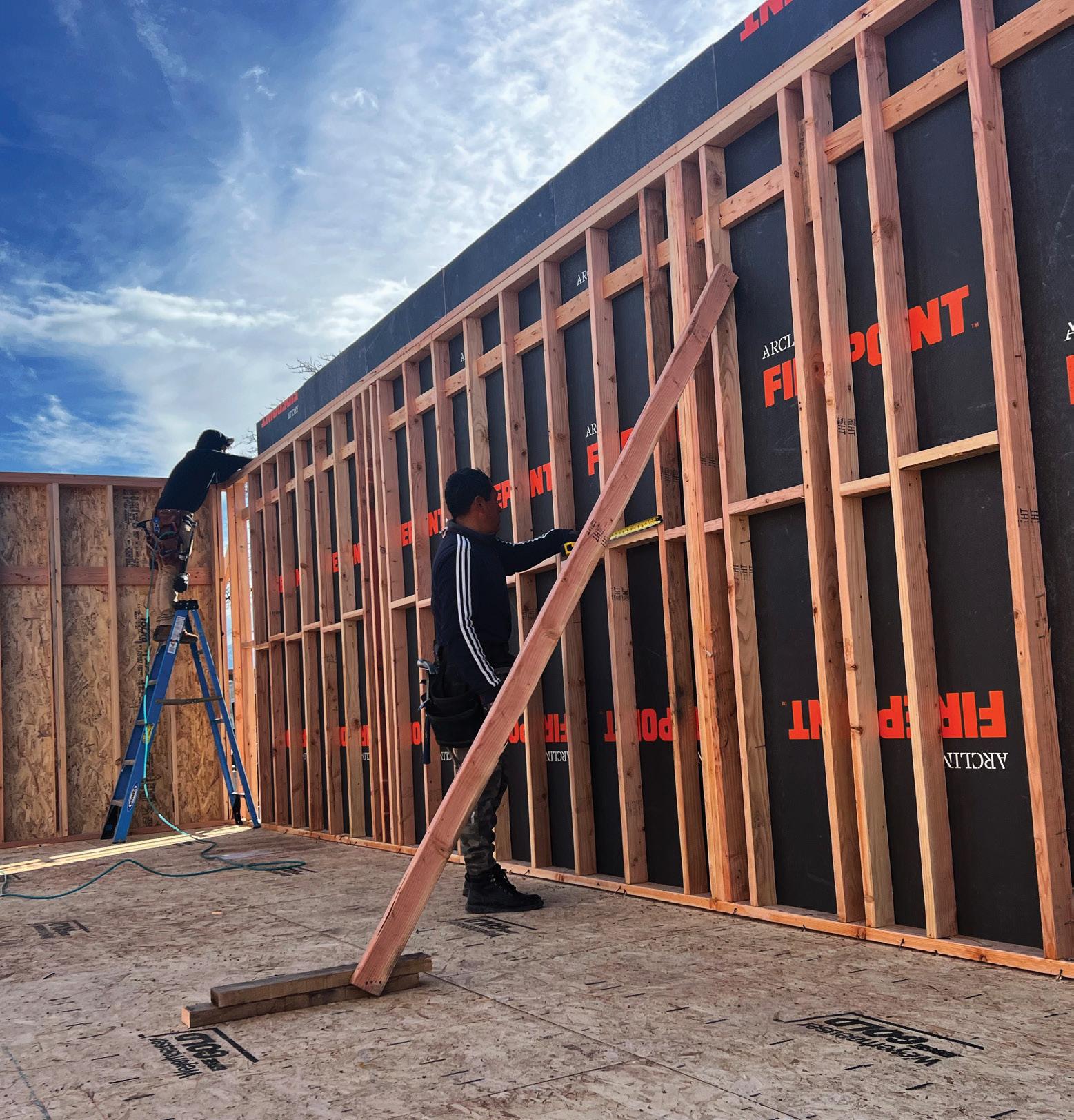
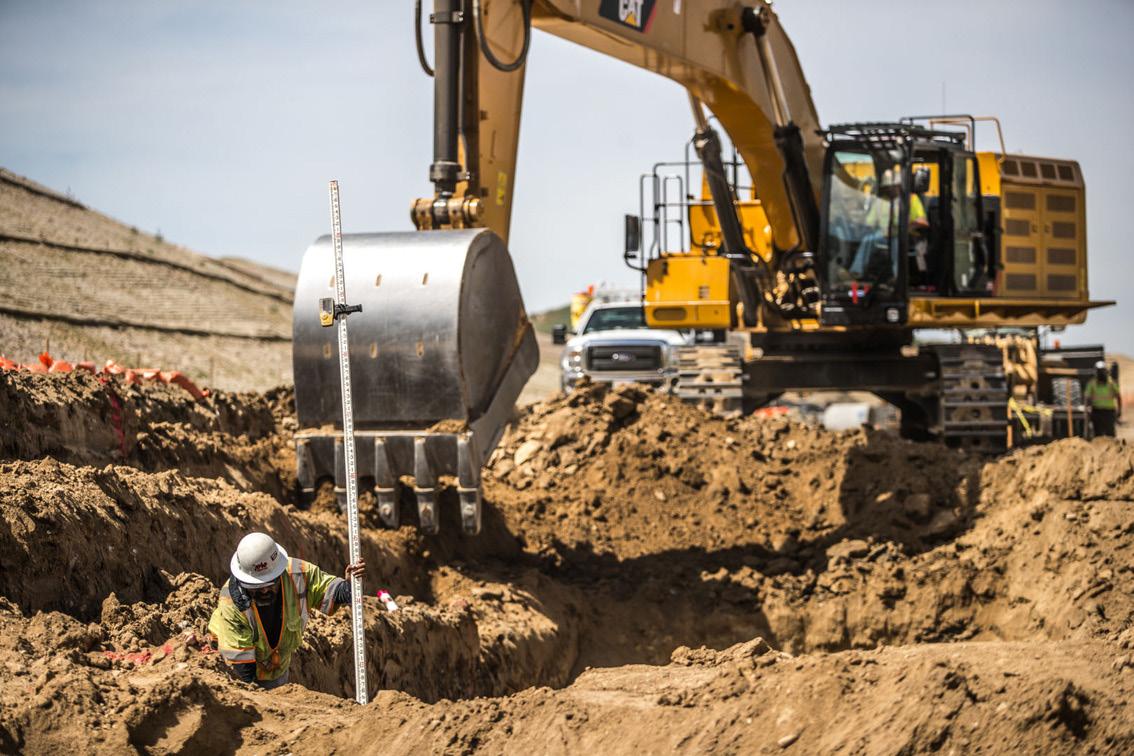

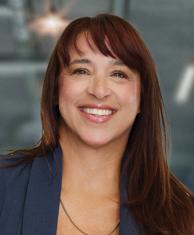
Melessa Wright Director of Marketing and Business Development for Pacific Utility Installation
Melessa Wright is Director of Marketing and Business Development for Pacific Utility Installation, so she knows everything from below the ground up about being a woman on the job sites and in the superintendent meetings of the homebuilding industry. And she loves it!
We started by asking her when was the exact moment when she knew that the homebuilding industry was the right place for her.
Melessa Wright: It was in 2002, when I was first getting my start at Public Utility Installation, so I’ve really known since the very beginning of my work in the industry that it’s where I wanted to spend my career. The owners of the company I was working for at that time gave me an opportunity to get out into the field and do some job site walking, just to see what was really happening out there related to our scope of work. Through that, I started attending job site meetings held by DR Horton’s Vice President of Land Development at the time, Scott Clark. They were a big customer of ours back then and they remain today.
So, one day I walked into a superintendent’s trailer for a meeting where I was just one of 15 trades all gathered around planning tables. I was there to be a fly on the wall, to see what I could pick up about where our company would come in the process, what obstacles we should be looking for, and when we would be needed and why we’re needed. As you’d expect, the room was full of men. And then this slew of women walked in who supported Scott as his land development coordinators.
Those women were very intelligent, and they were fierce, and they were ... they didn’t take any crap, you know. Plus, they were fun and they welcomed other women. So, on that day when I got to see them engaged like that in a majority male environment, it made me feel like, yeah, I could do that too – there’s something here for me. Not only were they an encouragement at the start of my career, but I ended up staying close with most of those women from the superintendent site visits that we did 25 years ago.
There’s one other thing that those job site visits did to assure me that this is where I wanted to spend my career, a “You don’t know what you don’t know” kind of thing. I didn’t know the magnitude of all the things that have to take place to build a home. I just knew that the lights turned on and the phone rang, and you had water coming to it. Getting on those job sites and seeing how a giant plot of dirt gets transformed into a neighborhood, how that happens from start to finish, then coming back and seeing the families moving in, the schools opening up, and all the other parts of a community – it just felt really exciting to be a part of any part of that, and it still does.
SBC: As your career progressed from those first days, what unexpected lessons have you learned?
Melessa: I don’t know whether this was unexpected or was just something that required maturing within myself to understand. It’s to be a person who asks questions, who isn’t afraid to ask questions. Nothing is dumb, so ask. I was very insecure in the beginning because there

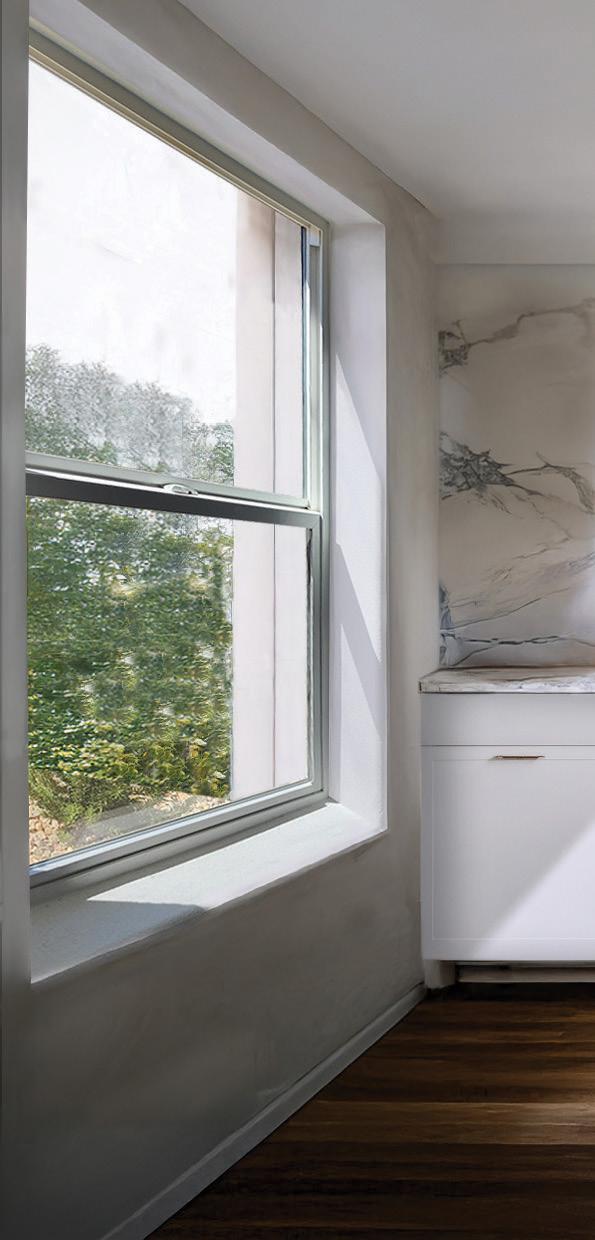


a tract home direct supplier.
distributors. No dealer fees.

and door lines competitively priced, we o er installation
better pricing. California, Nevada and Arizona. And we manufacture right here at home in America. Any questions, or need a quote, just give us a call.







Riverside, So California | Fair eld, No California | Las Vegas, Nevada | Phoenix, Arizona






H&N is an LA-based law firm dedicated exclusively to construction transactions and litigation. Our legal tools keep your project moving — redefining the speed of construction.
Lost property? Delayed rebuild? We’ll guide you through claims and disputes so you can focus on recovery.
We don’t just draft—we engineer contracts with built-in protections. Tailored. Strategic. Built for the real world.
When things go wrong, we move fast. We trace responsibility, enforce warranties, and keep your project on track.
We resolve payment conflicts while preserving relationships— through strategy, not just litigation.
were always a lot of big brains in the room, but what I’ve found out is if you don’t ask questions, you get left out of the conversation. People will move forward, and you will have excluded yourself to a degree by not being a part of the conversation. Today, I will sometimes ask questions that make me squirm in my seat – but fundamentally, I am qualified to ask questions of people that are much more qualified than me. That’s the whole point, isn’t it? You don’t ask questions of people who don’t know as much as you do.
And I’ve grown a ton by gaining the courage to ask questions. So, this is how I apply that lesson: I encourage the people who work under me to speak up. Come and stand behind me. If you hear me talking on the phone and something piques your interest, or I’m doing something that you’re curious about, come stand right behind me, watch and ask me questions about it. Be inquisitive.
SCB: The industry has grown to be much more women-friendly, but have you ever had prove yourself to a male counterpart in a way that a male might not have to?
Melessa: You know, I thought about that, and I think that when you show up and you are the only woman in a group of 20 to 25 males, that by itself is proving that you deserve that spot, you deserve that space. In my experience, men can show up and be on the periphery without being considered oddballs or out of the norm. But when women show up, they think, “Okay, what’s she doing here? What can she contribute? Is she just showing up because the company’s sending a woman out?” So, if I’m going to show up, I’m going to show up with something in my pocket. I will have two or three questions that I will ask while I’m there, so that I establish that there is a reason for me to be there. I don’t think that a lot of guys have to do that, so I love it when you can tangibly see the energy in a room shift when a confident and capable woman shows up.
It’s more positive now than when I started in the industry 25 years ago, when it was a bit more shaky. But now it’s
more like a woman shows up and she starts commanding a presence. I like that because, in all honesty, a lot of the guys are looking for someone to speak up, to run this thing. That’s why in many of the meetings that I’ve been in lately, women are jumping in and they’re leading the conversation.
SCB: Now we’ve got a question for you that we’re asking everyone: if you could describe your journey in homebuilding using a building material, what would that material be and why?
Melessa: That’s a great question -- you’ve got my mind reeling a bit. So, we trench, we open up the ground, right? So, my material would be a trench. Our conditions are constantly changing. Just because it looks one way on paper does not mean that’s what it will be like when you open it up. If you hit a boulder, or you hit groundwater, or you hit sugar sand and the sides are going to cave in, you’ve got to use your experience and best knowledge to figure out a way to get the job done, and done right. Whether you follow a religion, or you follow a meditation, or you just follow the way that you’ve been raised, you may think that you know exactly what you’re supposed to do. And then along the way, suddenly you have things caving in. It’s great to stand on a set of rules, but you’ve got to be flexible, and you have to be able to value engineer your life because you’re going to hit obstacles 90% of the time, and that’s going to make it harder to push through.
SCB: Is there anything else you’d like to share?
Melessa: Yes! One of my favorite things about networking at BIA events is how people truly engage. I would encourage the women reading this article not to be afraid to talk to other women. We’re all a bit nervous about how we present ourselves. Are we coming off too this or that, or will anyone think I’m the oddball – all the fun stuff that women walk into any room carrying with them. But I love networking within this organization because there are a bunch of really, honestly, bad-ass women that I want to be like. Don’t miss an opportunity because you’re insecure; push through it.







Leanne Pham’s passion for homebuilding runs deeper than the obvious excitement that comes with being on the marketing team of a homebuilder; in her case, Landsea Homes. For her, the passion also comes from seeing the next generation of building industry leaders get their start. As last year’s NextGen Chair, she believes the relationships that are formed early in one’s career are the foundation of excellence.
We wondered how she felt at the beginning of her career in homebuilding.
Leanne: I joined Landsea Homes just over five months ago, so it’s still a new role for me, and that sometimes makes me remember how I felt when I first came into the industry. Before I got my first homebuilding-related job with the creative agency P11, I didn’t even know this industry existed. I came from a job in commercial real estate that couldn’t provide me with an opportunity to do marketing, so a position at P11 was very attractive to me, and since it is so focused on this industry, it was an excellent way to be introduced to homebuilding. And, by happy coincidence, one of the accounts I worked on at P11 was Landsea Homes, where I’m now their Marketing Manager.
When first going to industry events, it was intimidating because it was all so new and everyone seemed to know each other so well. At these Greater BIA events, many of the people were older than me, and I didn’t know if we could relate to each other. When I saw younger people, I gravitated towards them because I felt we could talk more easily and relate more.

Leanne Pham
Marketing Team of Landsea Homes
That’s why joining NextGen was so great. There I was with a younger group of people that were starting in their career, and I could relate to them. They were going through the same situations, even feeling the same sense of intimidation I felt when attending those large BIA events. It wasn’t until I joined Danielian Associates where my love for the industry grew and I attended tons of BIASC events. I was able to create the connections that I once saw others enjoying when I attended my first events. I am super thankful to Danielian and to my boss at P11 for introducing me to this industry.
SCB: How would you express the importance of joining NextGen to a young person just entering the industry?
Leanne: Let’s take one step back first. When entering the industry, joining BIA itself is an important step to take because of all the advocacy it does on behalf of the industry and the education it provides. That will help you to understand and appreciate the complexity and challenges that go into building a new home. Then, joining NextGen gives young leaders a place to get involved and be exposed to that whole realm of challenges on a beginner basis, while giving you a place to connect with peers and create the lifelong relationships with people who will be your support group no matter what stage of your career you’re in. I’ve made some close friends through NextGen, and I probably wouldn’t have had the opportunity to meet them at the big functions with their large attendance. Now when we attend Greater BIA events together, we can tackle it head on and meet people who aren’t a part of NextGen.
WE DON’T JUST CAPTURE MOMENTS.

Your brand deserves more than just content—it needs impact.
Kovach Marketing creates compelling brand campaigns, videos, commercials, social media, websites, and content that resonate with your audience and drive engagement.
More than content—real connection. Let’s talk.
Yes, we’re stereotyped as a ‘social group,’ but we have so many other events such as Evening Buzzes, where members can meet industry leaders in an intimate roundtable setting to learn about their personal and professional journey. That helps break through the intimidation because you learn that even though these people are seen as leaders in their company, in reality, they’re individuals like us and were once where we were.
SCB: As someone who is very much in touch with the people joining the industry today, do you feel like women still worry that they might be entering a maledominated industry?
Leanne Pham: Personally, I think that idea is becoming outdated. Some people have said to me that they feel that homebuilding is still male-dominated, but maybe because of the field I’m in, marketing, that’s not what I have encountered. I see a positive mix of women and men working well together. I’ve been involved in Barbara J. Stewart’s coffee chats, where it has comesup as a topic for the women who were in the industry years ago. I’m thankful that I’ve never personally encountered the barriers that they had to overcome. I respect them for helping to pave the way for us women, so now we can be in a position where we can excel in our roles, taking leadership roles that maybe back then weren’t an opportunity for them.
There are so many women in the industry who are in leadership roles, and I am thankful for my many mentors. I was fortunate to have had Nicole Burdette, SoCal Division President of Brookfield Residential, as a mentor, and learning about all the challenges and obstacles she overcame to get where she is now is very inspiring for any gender. In addition, I’ve had years of mentorship from Cassie Cherry, Director of Client Relations & Marketing at Danielian Associates, who taught me about marketing and always advocated for my success in this industry. I believe that if you’re passionate about what you do, you will be rewarded, and if you work hard, you will achieve your goals – it’s about you yourself, not about male or female. I’ve always said to people that if there’s a glass ceiling over you, you’re at a company that obviously don’t want
you to excel, so you need to find a place where they’ll help you grow and pave a successful path for you that aligns with your goals.
SCB: All of us have difficult days. What motivates you to keep going on those days?
Leanne: Honestly, it’s that I’m grateful for the company I work for and the people I’m surrounded by, and especially the team I work with. What I do affects those around me, whether it’s my boss, the people directly on my team, or all the people out in the field who have a vested interest in seeing Landsea succeed. There’s a difference between knowing what you do has a purpose and understanding how your purpose falls in line with the overall process – and it is my role in the overall process that keeps me going. I love my role here because I know what the greater picture is and how I contribute to that greater picture, and how what I do contributes to that greater goal. I like the goal, which is to provide someone with a new home and all it provides. And it’s also very motivational to me that I work for a company that truly cares about its employees.
SCB: Finally, here’s a question we’re asking everyone: If you could describe your journey in homebuilding using a building material, what would that material be and why?
Leanne: It would be Spanish tiles for roofing. They are timeless, classic, and durable. This industry is going to be around forever and I hope to be in it for the rest of my career. Spanish tiles, besides being one of my favorite colors, are resilient to all sorts of weather, and I’m very adaptable and resilient in the situations I’m in. Finally, I like the fact that they’re not very straight. They’re kind of curved, and I’m not a straight-line girl. I’m more up and down, left, right, going in all different directions but solidly getting where I need to be, want to be. My path may not be linear, but I’m grateful for the life I have and the career I’m in now and what got me here to this day.
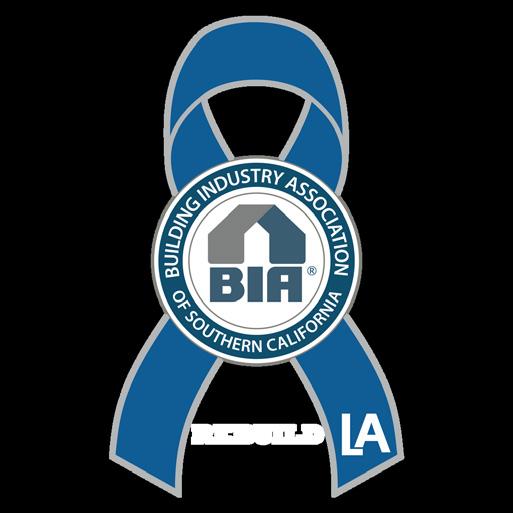


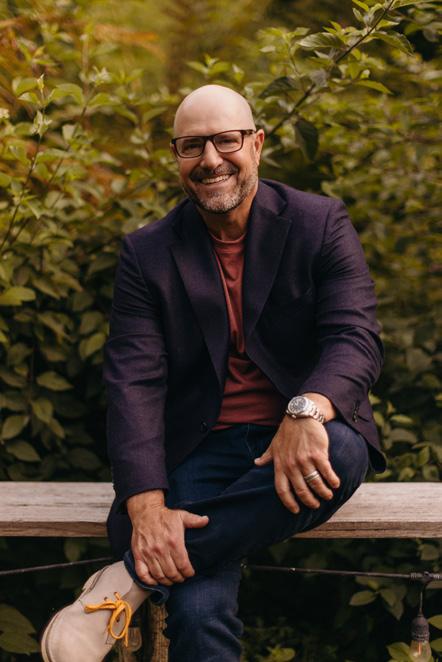
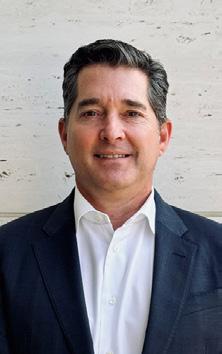

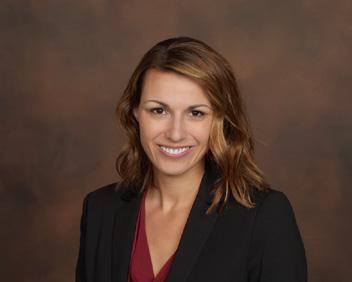
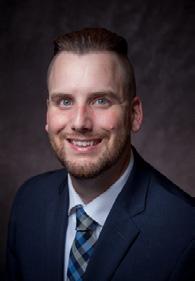
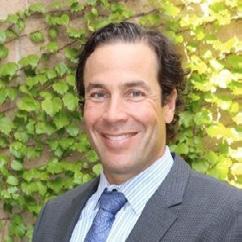

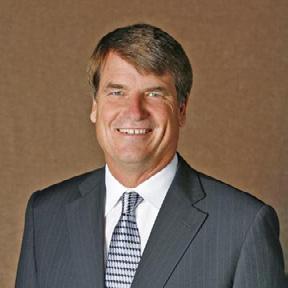
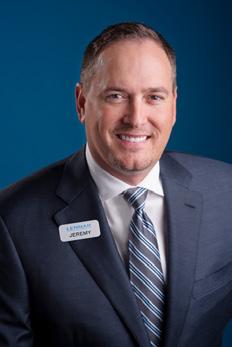
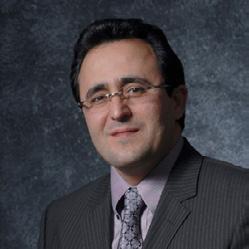


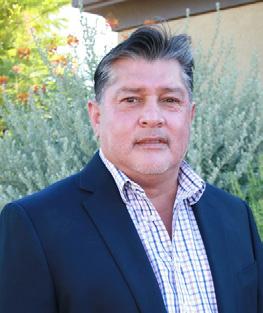
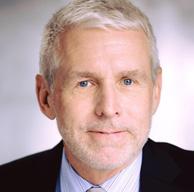
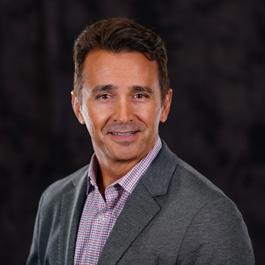
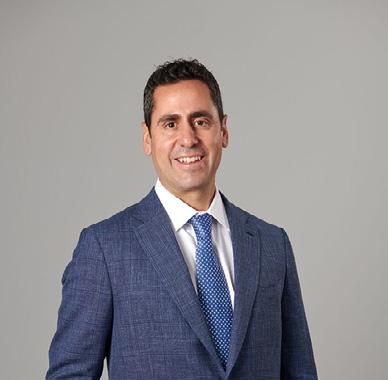
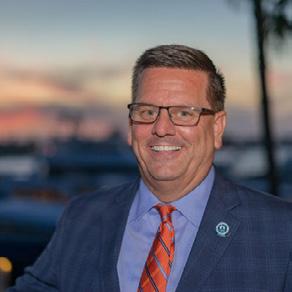
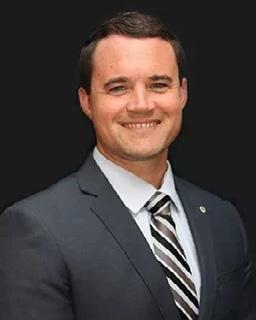


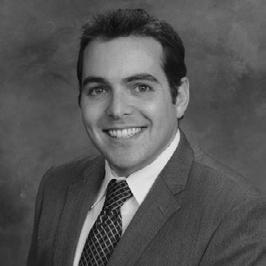
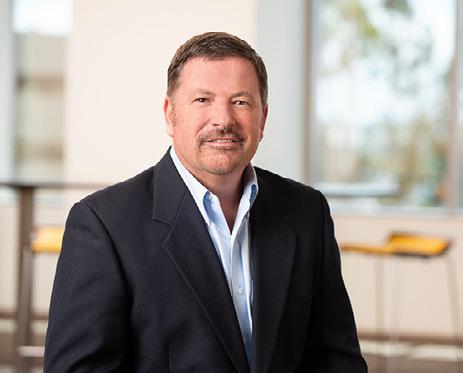
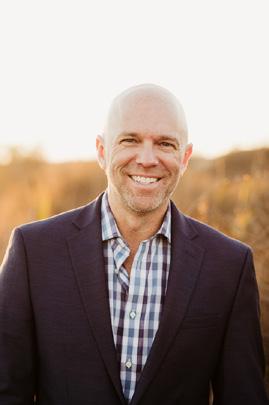

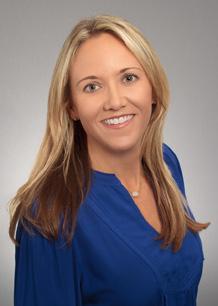



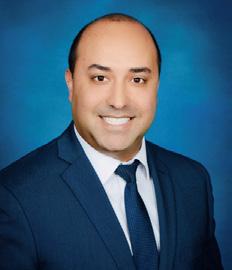
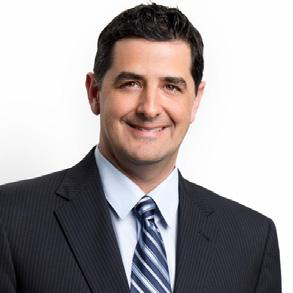
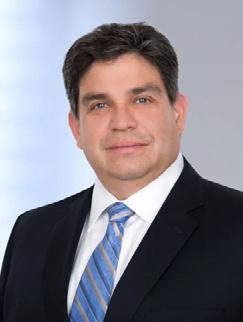

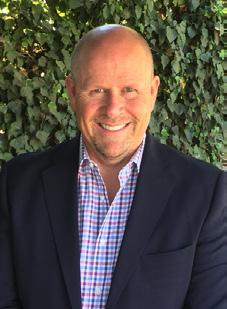




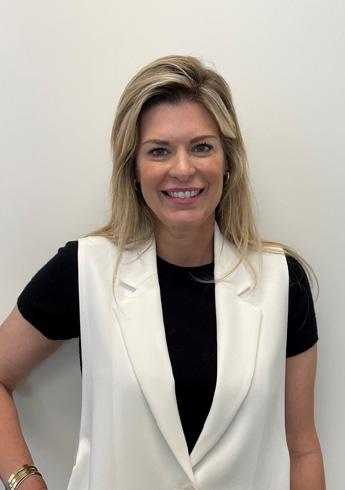
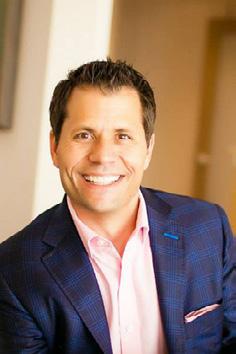
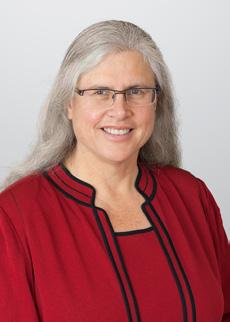






The Building Industry Association of Southern California proudly celebrates Laura Salgado, Vice President of Events, on her incredible 25th anniversary with BIASC!
For a quarter of a century, Laura has been the heart behind our most memorable events, bringing our members together and helping shape the strong, vibrant community we are today. Her passion, professionalism, and unwavering commitment to our mission continue to inspire all of us.
Thank you, Laura, for 25 years of outstanding service and impact. Here’s to the legacy you’ve built—and the amazing moments still to come!
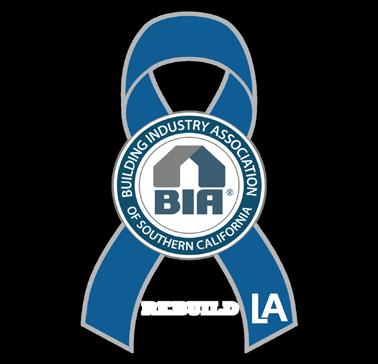

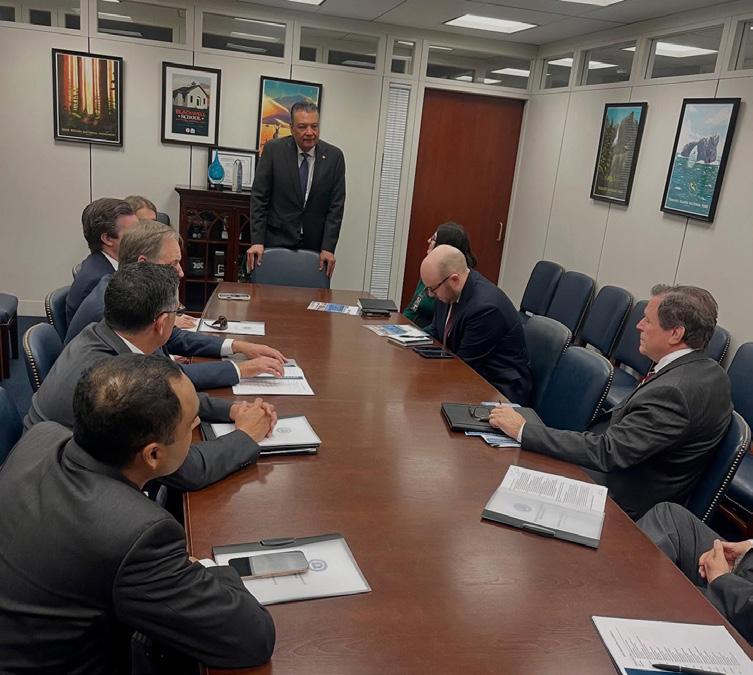
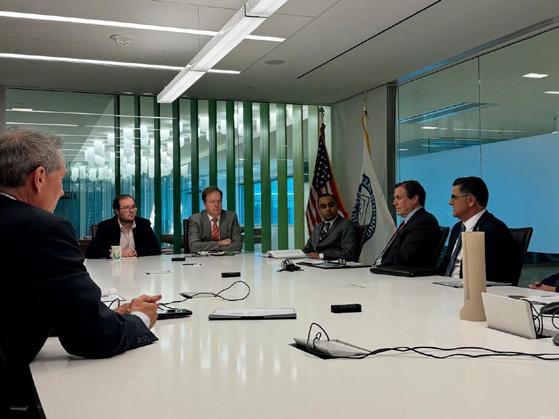
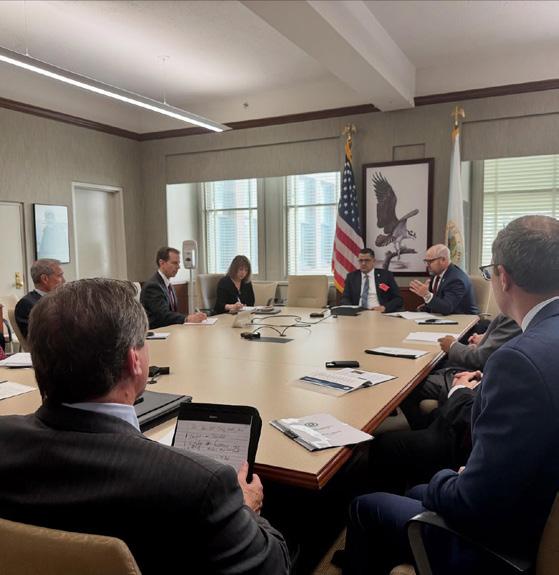
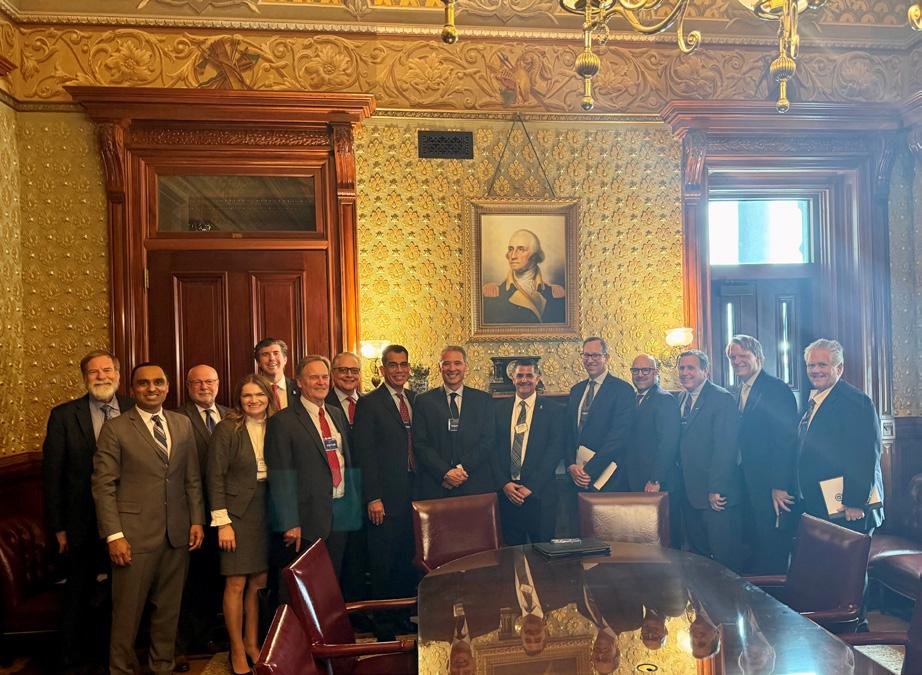
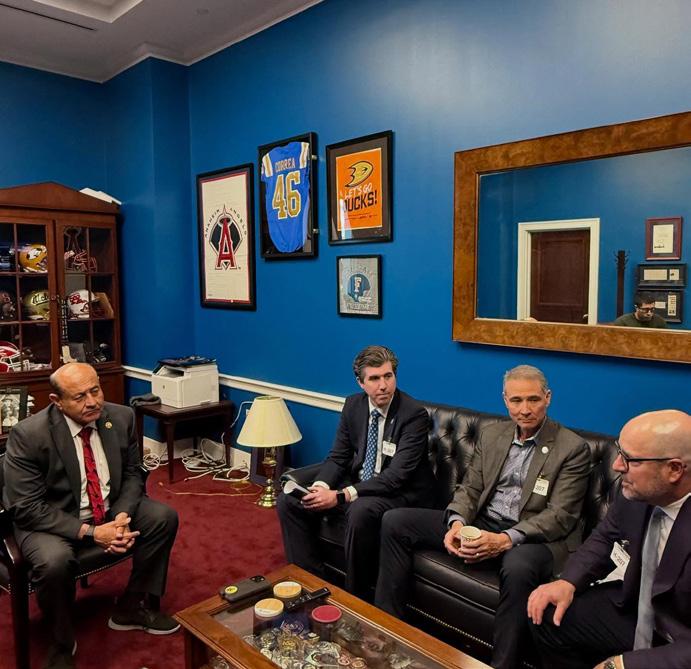
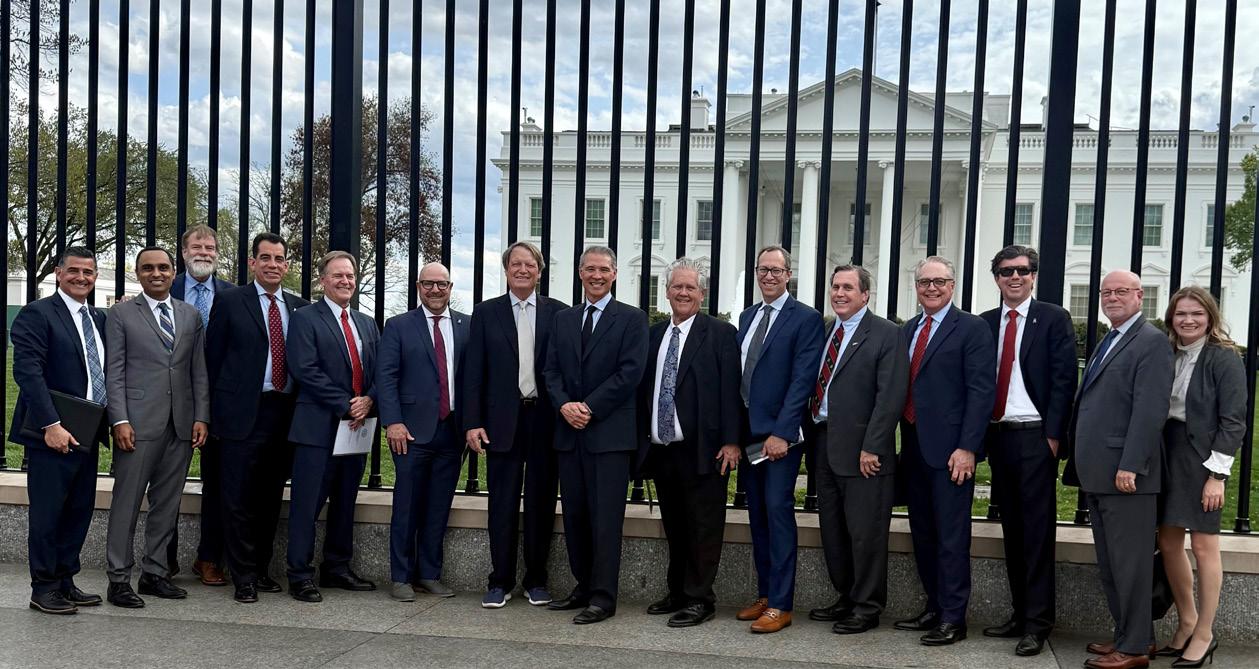
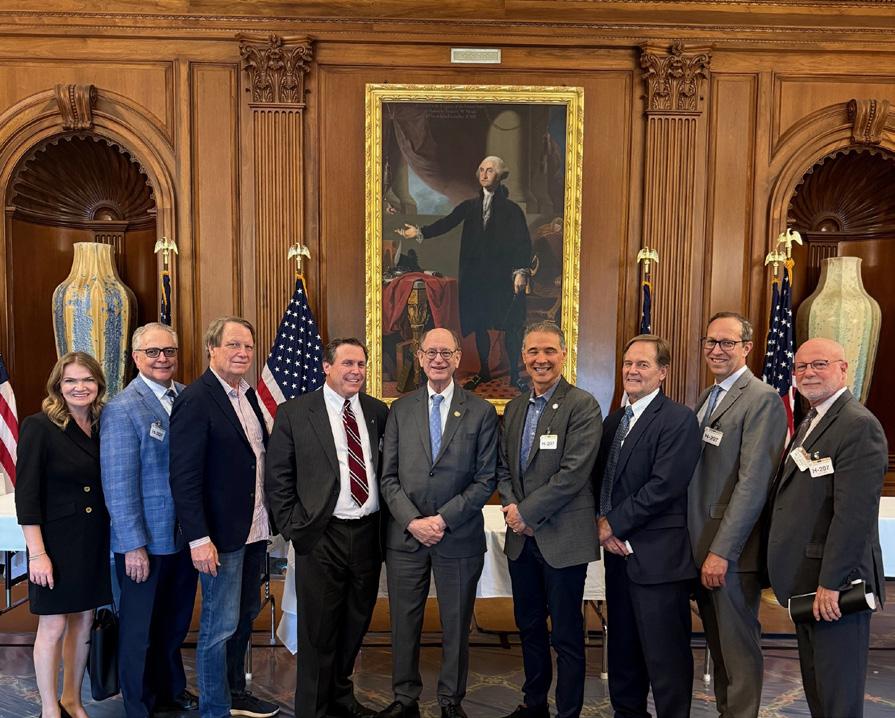
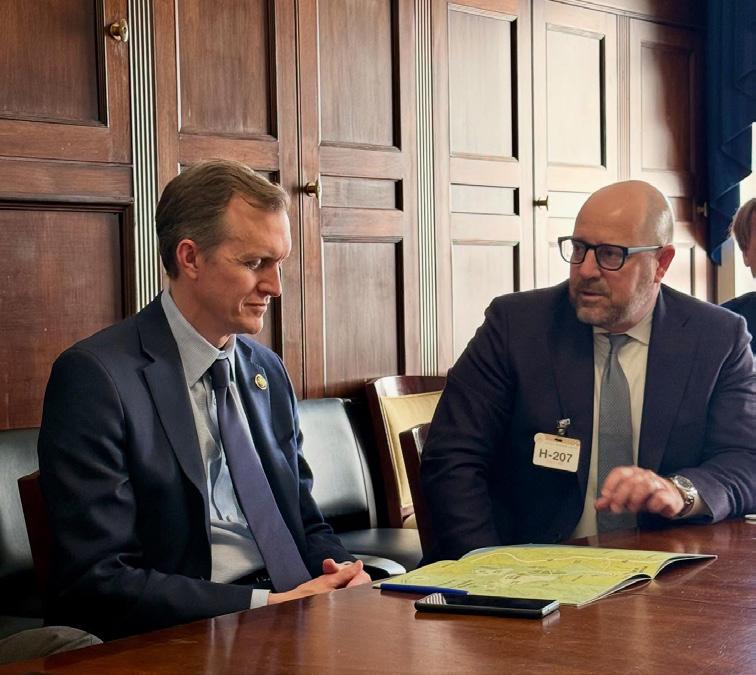
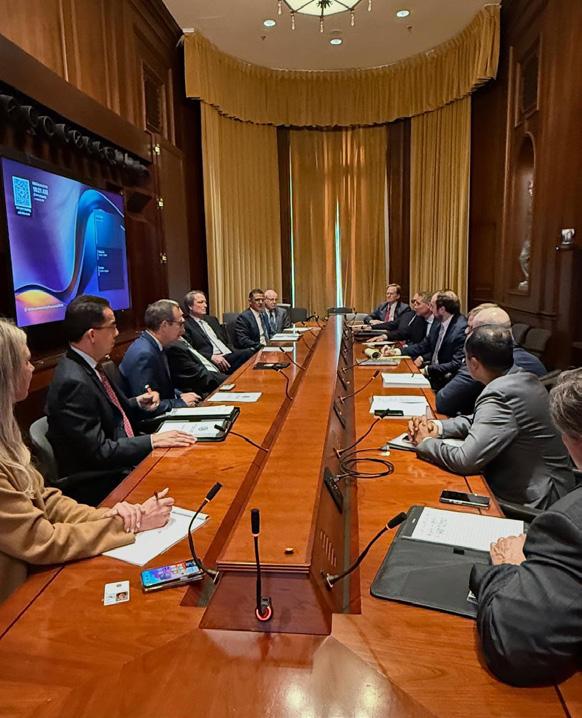

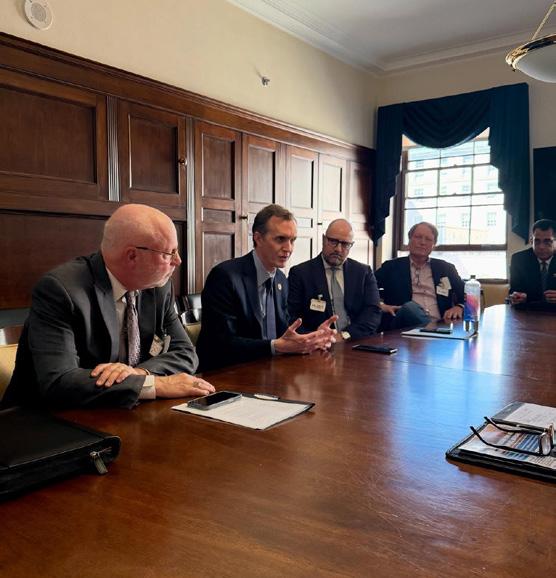
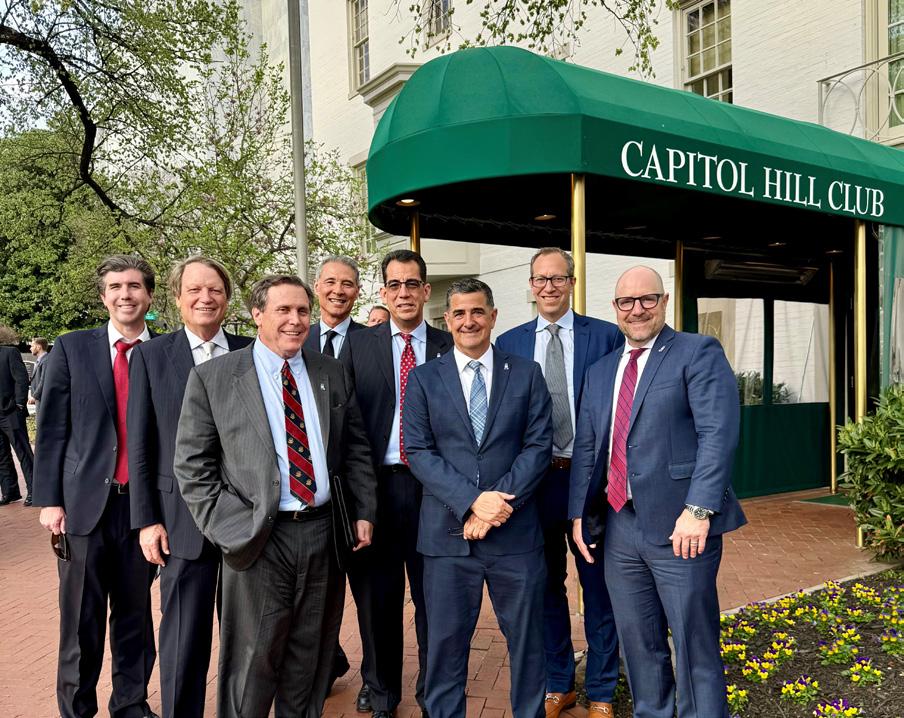


This month, the Building Industry Association of Southern California (BIASC) brought its voice to the heart of American policymaking—Washington, D.C.— with a clear mission: to advocate for solutions to the housing crisis and support rebuilding efforts across Los Angeles County in the wake of recent devastating fires.
In a powerful show of unity and purpose, BIASC leadership and members engaged in high-level meetings spanning the White House, key federal agencies, and bipartisan legislators from both the Senate and House of Representatives. These discussions underscored the urgent need for federal support to address Southern California’s housing policy challenges and emphasized the importance of a stable, responsive regulatory environment that empowers homebuilders to create opportunities for families and communities.
This impactful trip demonstrated more than just the strength of our association’s voice—it reflected our steadfast commitment to ensuring that the housing needs of our region remain front and center on the national stage.
We are especially proud of the collaboration and dedication of our BIASC team members Ana Gromis, Adam Wood, Carlos Rodriguez, and Scott Wilk, whose tireless efforts helped make this advocacy trip a success.

What inspired us most during our visit was the encouraging bipartisan support we received from elected officials who recognize the critical role our industry plays in shaping the future of Southern California.
As we look ahead, BIASC remains deeply committed to our mission. We will continue to “BUILD THE FUTURE” by advocating for innovative approaches to housing policy, and cultivate relationships with leaders at every level to ensure that Southern California remains a place where housing opportunity is not just a dream, but a possible reality for all.
Professionals depend on BEHR ® and KILZ® Products for quality, value, and premium performance. For over 75 years, our products have been recognized for their durability, rich color, and problem-solving properties.
* Based on the 2025 BrandSpark ® American Trust Study. Visit www.BrandSparkMostTrusted.com.
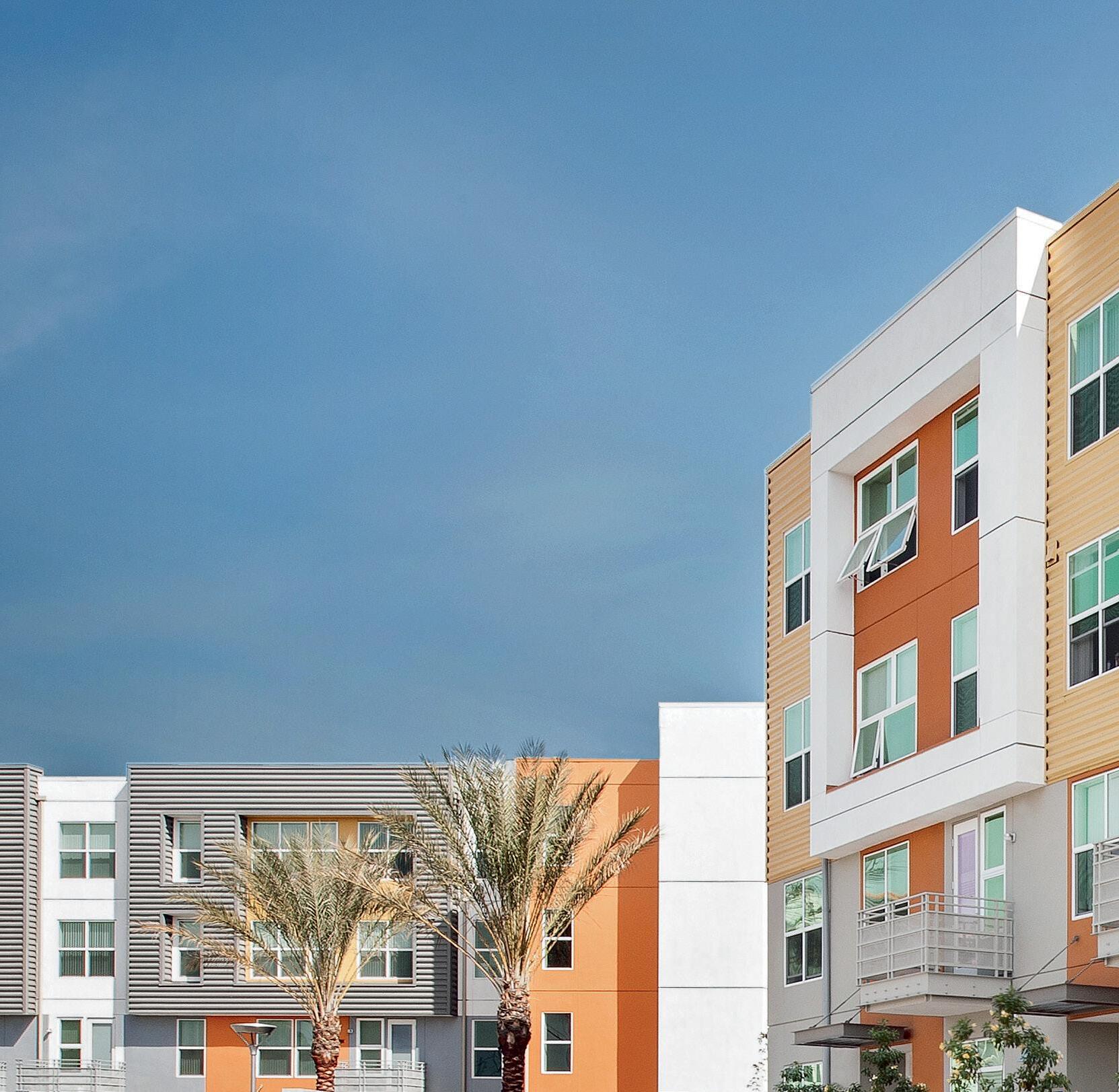
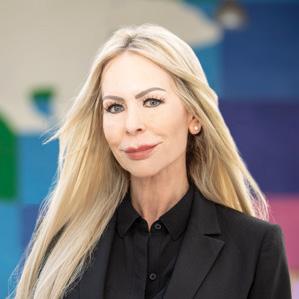

COMPLIMENTARY PROFESSIONAL SERVICES
• Color Design
• Paint Specifications
• Warranty Options
• Bid Walk Coordination
• Paint Contractor Referrals
• Job Site Delivery
• Technical Support
• Digital Color Archival LORI FLORES 909-248-5132 loriflores@behr.com
For more information on our products and services, visit behrpro.com
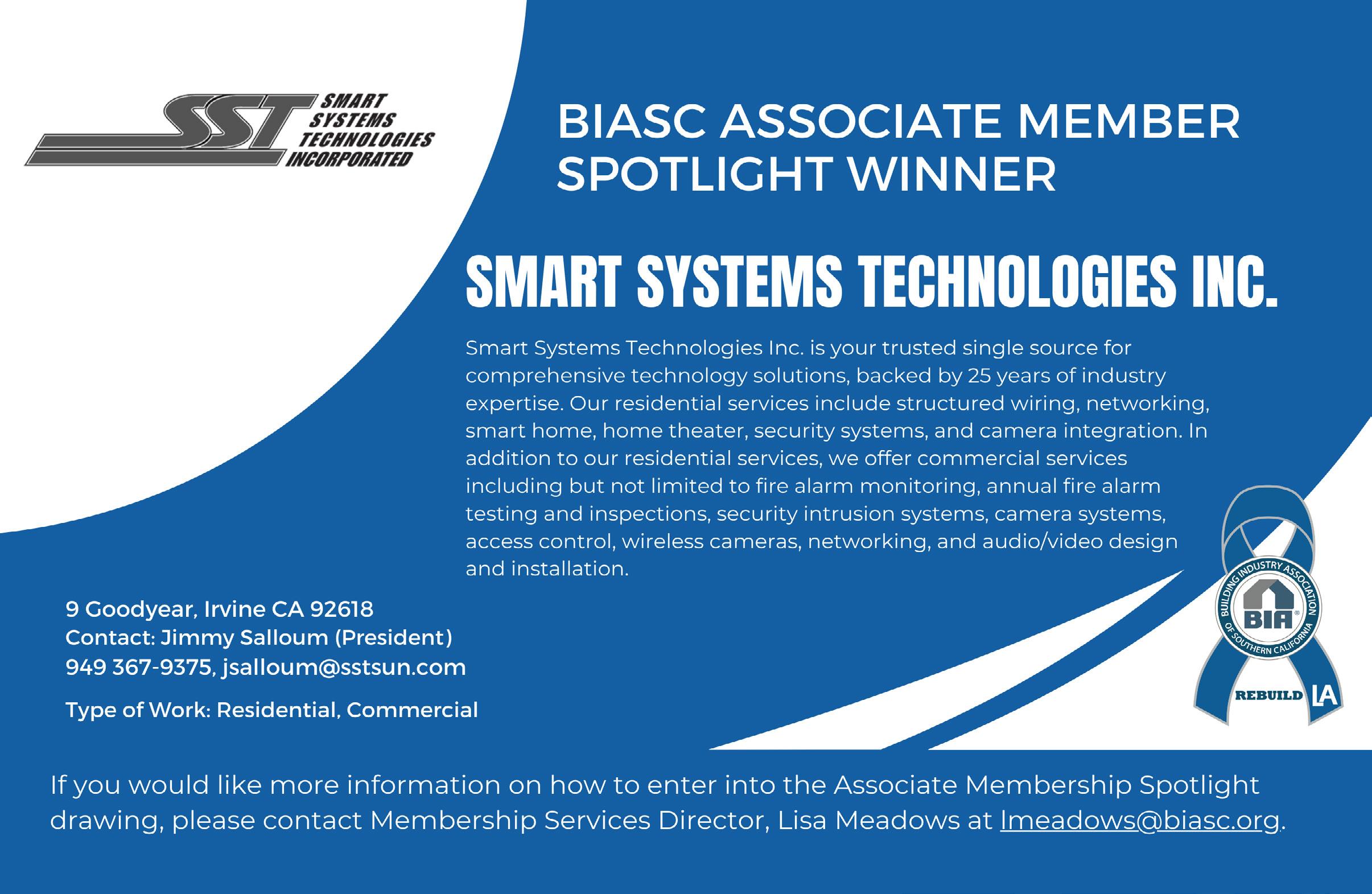
April 30
May 1
April 1 7
May 5
May 8
May 13
May 21
May 28
BIA Riverside Chapter Golf Tournament
CSBC - Managing Warranties, Workload & Creating Efficiencies with Technology
Monday, April 17, 2023
Temecula Creek Golf Club
BIA Coachella Valley Chapter Meet the Builder, Housing Panel & Elected Official Reception
BIASC Greater Sales & Marketing Council Networking Event
BIA Orange County Chapter Annual Golf Tournament

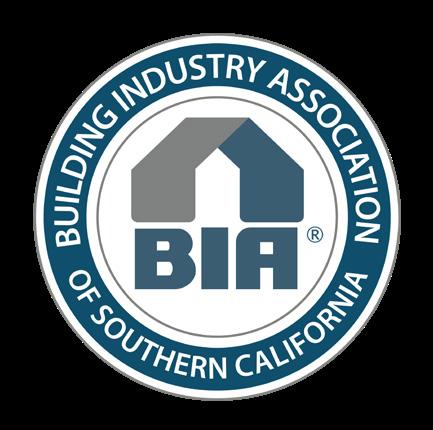
April 2 0
June 2
June 6
June 18
June 19
June 20
June 24
June 25
April 1 9 May 8 June 1
June 26
July 16
July 16
Wednesday, April 19, 2023 To Be Announced
BIA Coachella Valley Chapter Inland Empire Joint Mid-Year Economic Update
GSMC Breakfast
BIASC Special Evening with Industry Leaders
CSBC - Eliant Surveys: Managing Customer Feedback
BIAOC Chapter/BIA Los Angeles/Ventura Chapter Meet the Builder
Thursday, April 20, 2023 Richard Nixon Presidential Library
BIA Los Angeles/Ventura Chapter Golf Tournament
BIA Orange County Chapter Women’s Leadership Conference
BIA Orange County Chapter Golf Tournament
BIA San Bernardino County Chapter Top Golf Event
Monday, May 8, 2023
Cota de Caza Golf & Racquet Club
BIAOC NextGen Evening Buzz
BIASC Mechanics Lien Webinar
BIA Orange County Chapter Angels Game vs Red Sox
BIA San Bernardino County Chapter & BIA Riverside Chapter Joint Top Golf Event
CSBC - CX Best Practices Roundtable
BIASBC & RC Joint Top Golf Event Top Golf in Ontario
BIA Riverside County Chapter Government Affairs Workshop
CSBC - Summer Mixer
BIA Orange County Chapter Women in Leadership Conference
BIAOC NextGen Mentorship Wrap Up
Friday, June 9, 2023
City National Grove of Anaheim June 9


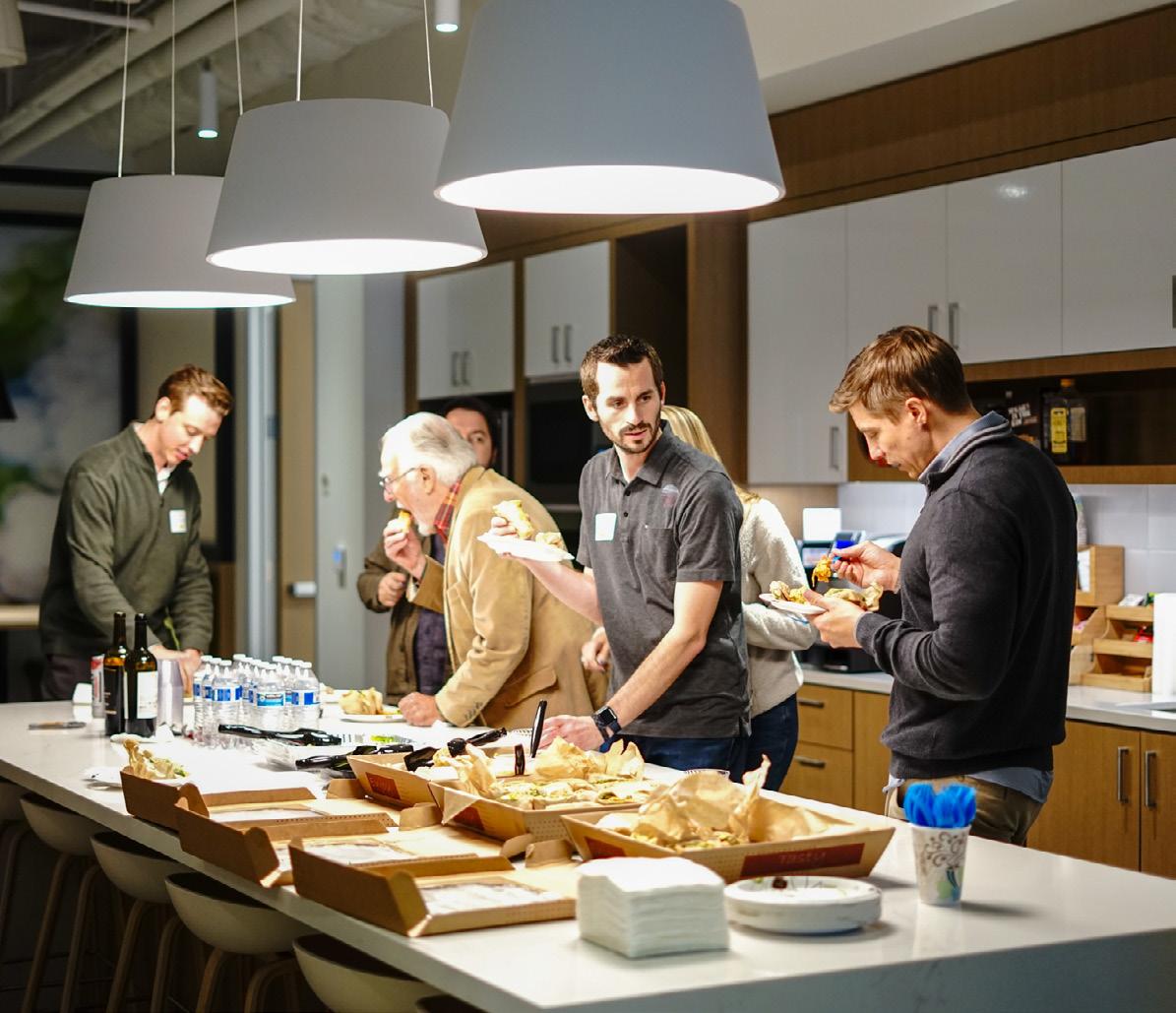
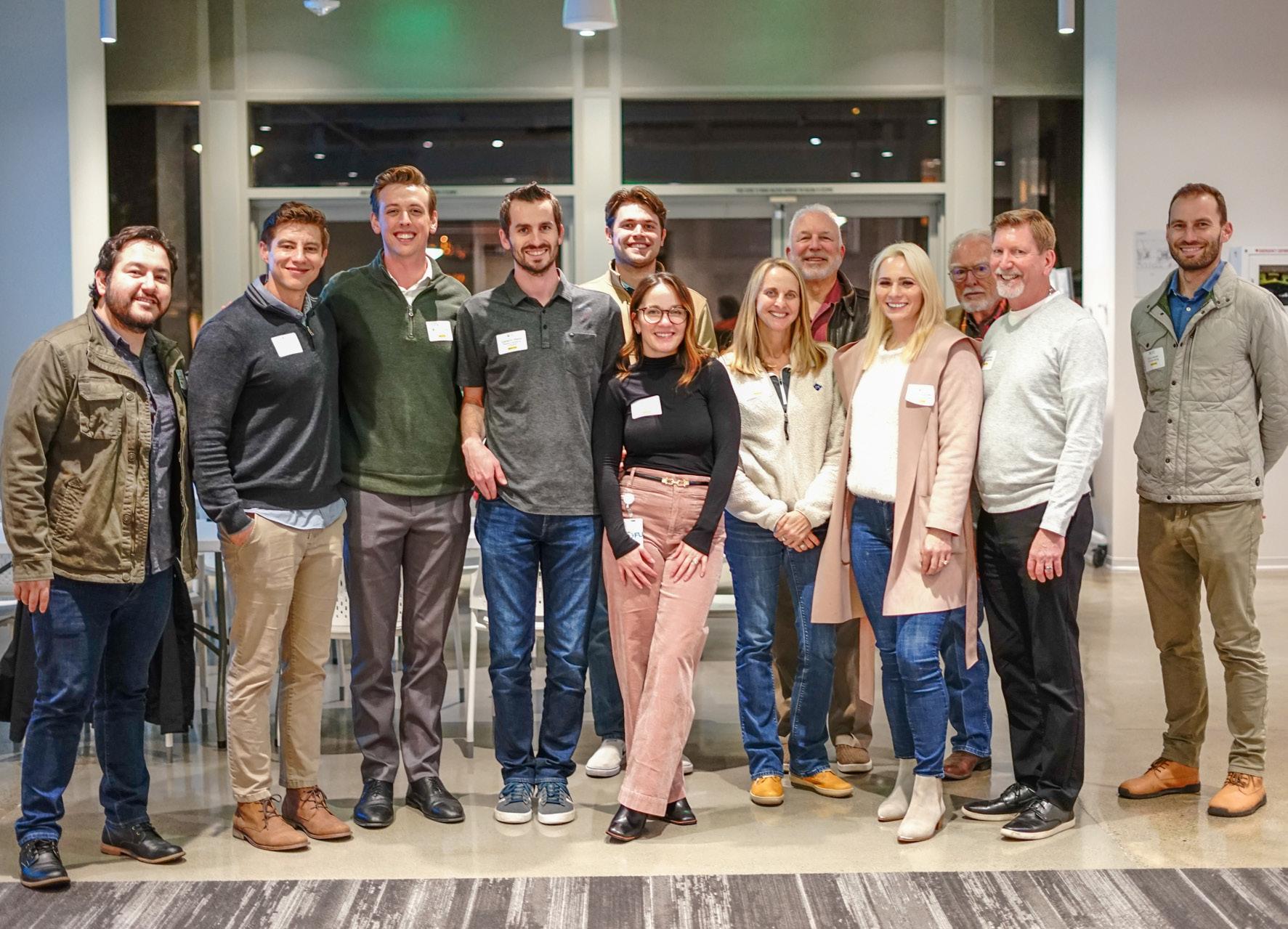
July 17
July 18
April 1 7
July 24
August 8
August 13
April 1 9
August 14
April
BIA Riverside Chapter Golf Tournament
SAGE Breakfast
Monday, April 17, 2023
BIASC Advanced Mechanics Lein Webinar
Temecula Creek Golf Club
BIAOC Chapter Model Home Tour - Orchard Hills
BIASC Southern California Water Conference
BIASC Greater Sales & Marketing Council Networking Event
BIASC Greater Sales & Marketing Council Summer Social
Wednesday, April 19, 2023 To Be Announced
CSBC - HOA Best Practices
August 20 BIA Riverside County Chapter Wine Event Wilson Creek
BIASC Special Evening with Industry Leaders


2 0
August 26 or 27
Thursday, April 20, 2023
BIA Los Angeles/Ventura Chapter Dodgers vs Reds
Richard Nixon Presidential Library
August 28 BIA San Bernardino County Chapter Government Affairs High Desert Virtual Forum
August 28
August 28
May 8
September 10
BIAOC NextGen Cornhole/Pickleball Tournament
BIA Orange County Chapter Golf Tournament
BIA Coachella Valley Chapter - Berger Iceplex Events
Monday, May 8, 2023
Cota de Caza Golf & Racquet Club
September 10 BIA Riverside County Chapter & BIA San Bernardino County Chapter Summer Joint Event & IE Emerging Leaders
GSMC Virtual Discussion
BIA San Bernardino County Chapter & BIA Riverside Chapter Joint Top Golf Event
September 17
June 1
September 19
BIASC PAC Gala
BIASBC & RC Joint Top Golf Event Top Golf in Ontario
BIASC Mechanics Lien Webinar
September 25 BIA Orange County Chapter BITA Wine Event
June 9
BIA Orange County Chapter Women in Leadership Conference
September 26 BIA Orange County Chapter Annual Softball Tournament
Friday, June 9, 2023
City National Grove of Anaheim

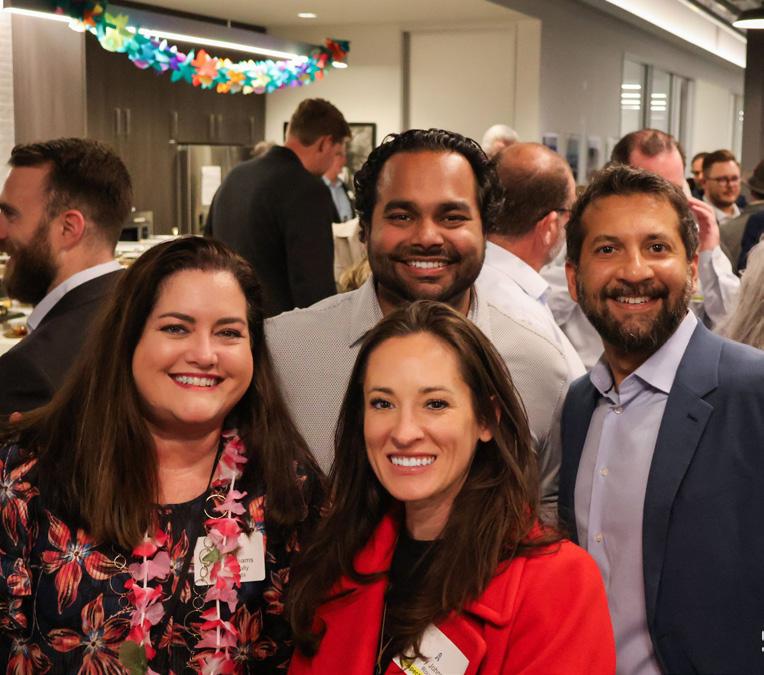
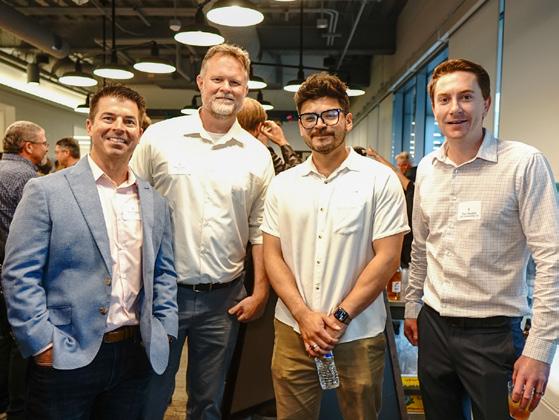
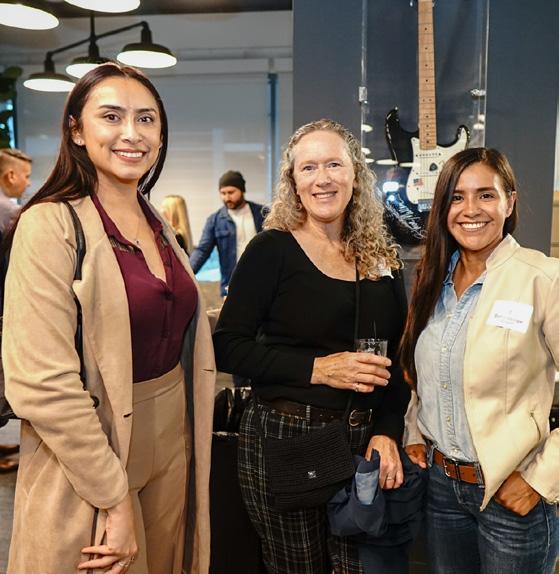

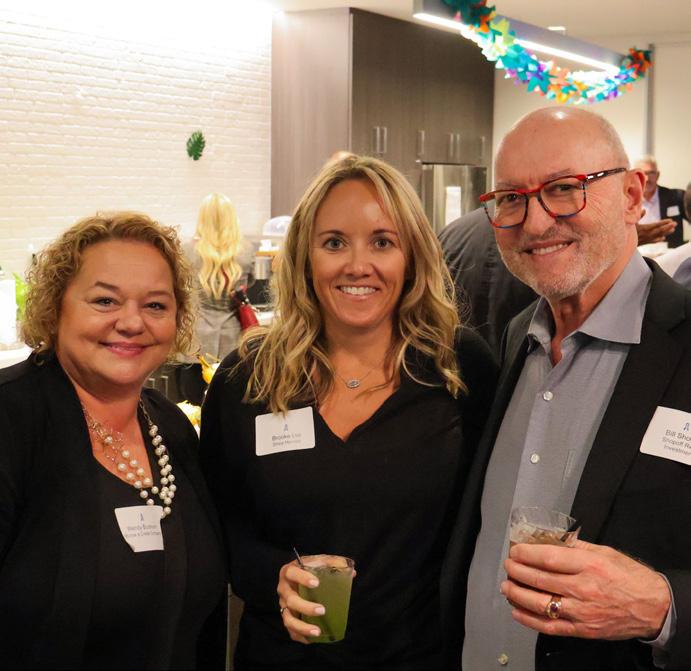
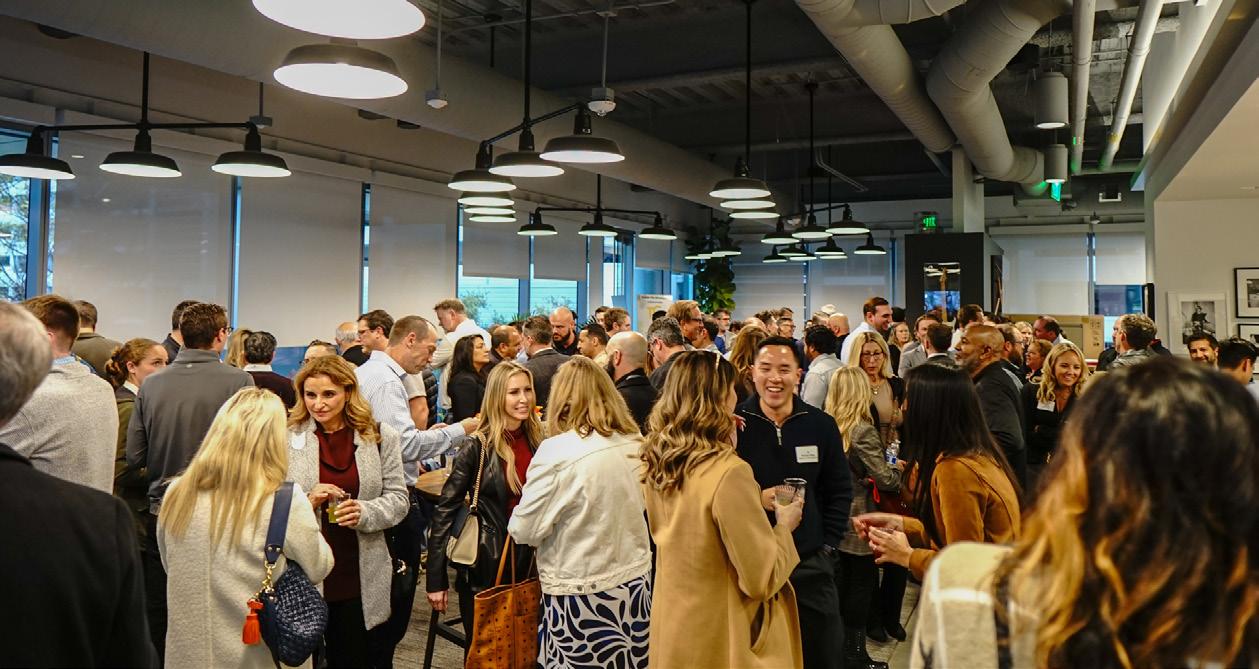
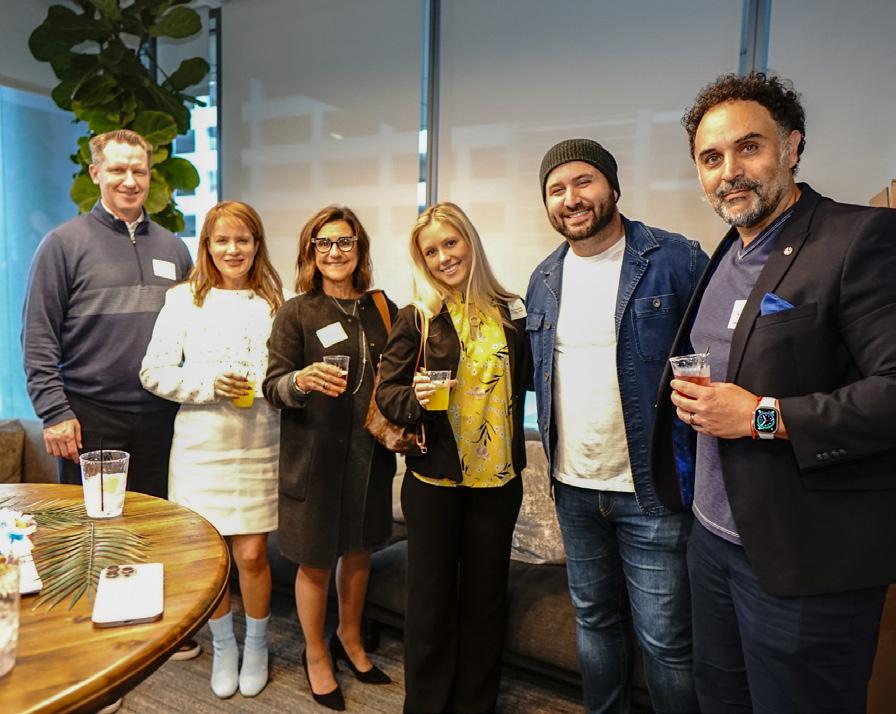
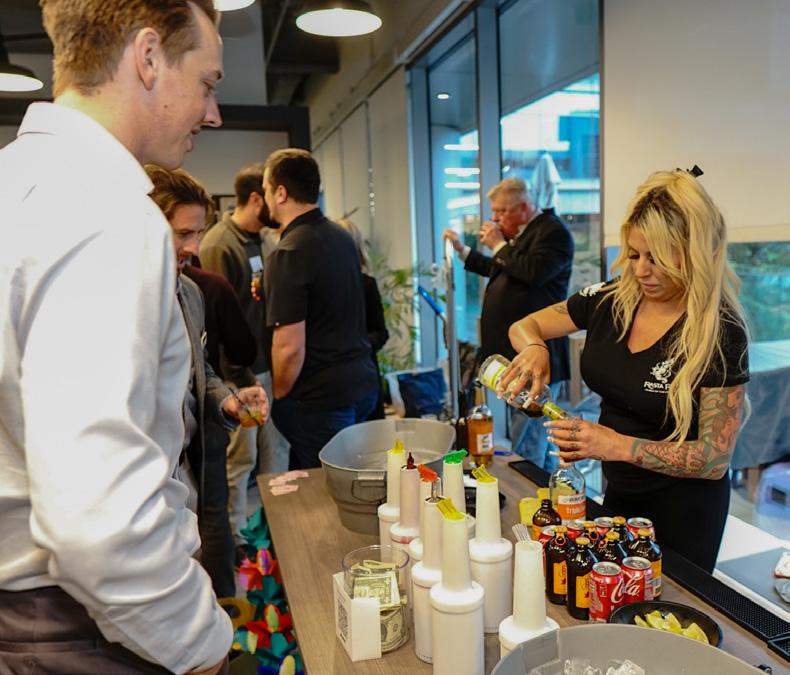

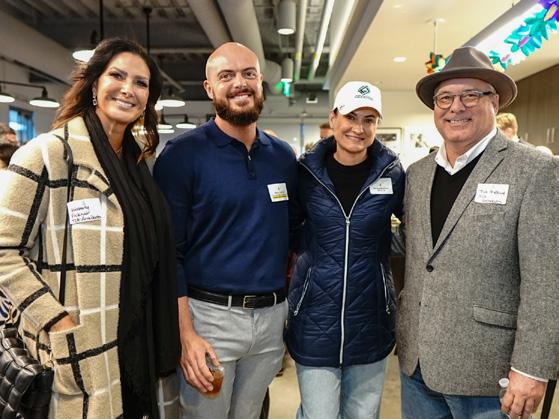
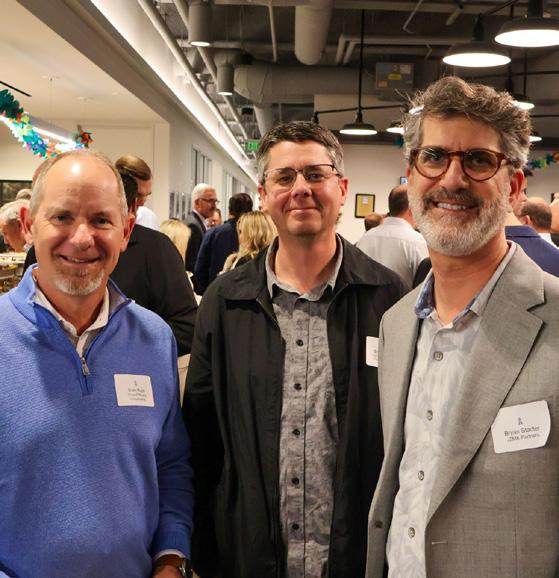

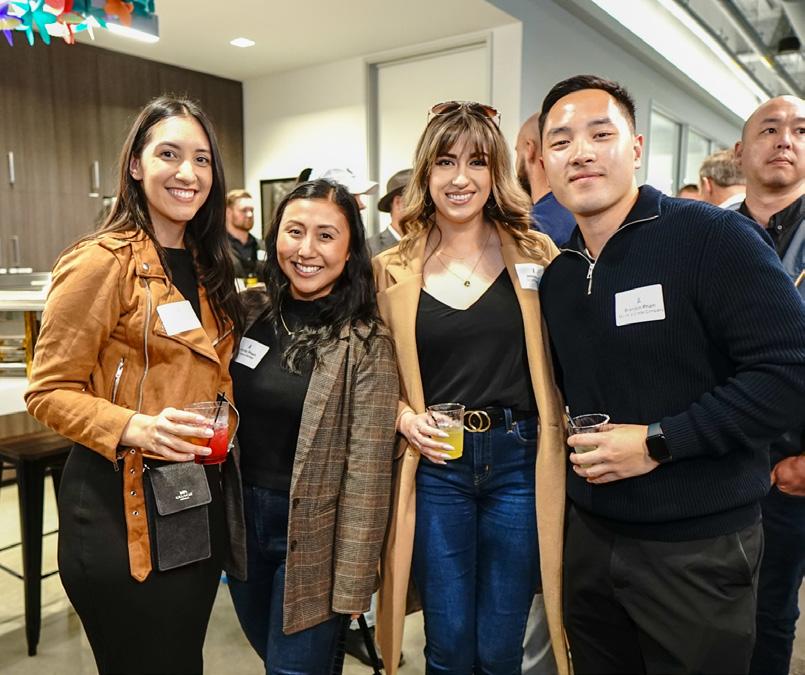
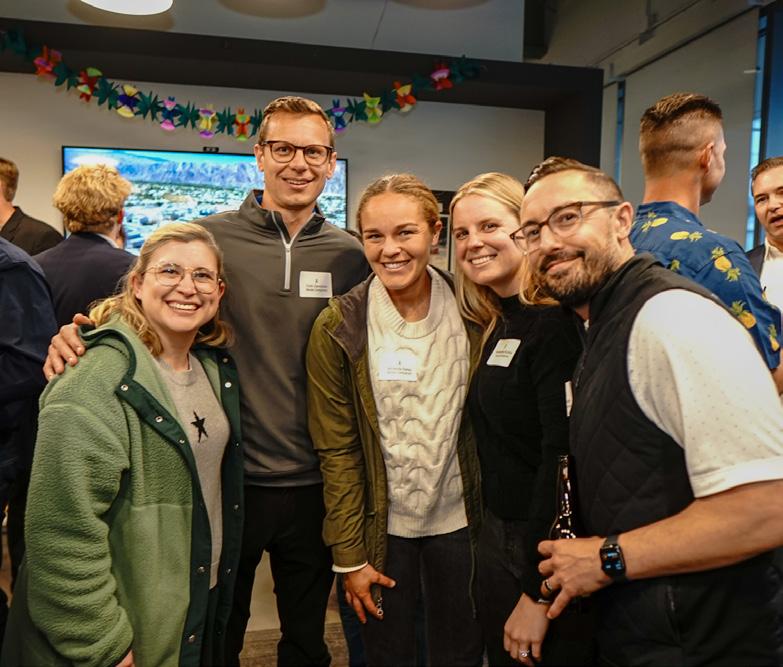
September 27
April 1 7
BIASC Greater Sales & Marketing Council
SoCal MAME Awards 2025
BIA Riverside Chapter Golf Tournament
Monday, April 17, 2023
Temecula Creek Golf Club
October 1 BIA Riverside County Chapter Government Affairs Workshop
October 3 BIA Orange County Chapter Government Affairs/ Educational Series Workshop
BIASC Greater Sales & Marketing Council Networking Event
TBA 2025 Building Industry Show
Wednesday, April 19, 2023 To Be Announced
TBA BIASC Builder vs Associates Golf Tournament BIS
October 16
October 22
BIA Riverside County Chapter & BIA San Bernardino County Chapter Installation Gala
BIASC Special Evening with Industry Leaders


April 2 0
October 23
October 24
October 29
BIAOC NextGen Evening Buzz/GA Workshop
Thursday, April 20, 2023
Richard Nixon Presidential Library
October 22 CSBC - Volunteer Opportunity
BIASC SAGE 55+ Housing Council SAGE Think Tank
BIASC Advanced Mechanics Lien Webinar
BIA Orange County Chapter Golf Tournament
GSMC Roundtable Discussion
Monday, May 8, 2023
November 3
November 6
November 14
April 1 9 May 8 June 1
November 19
November 20
December 3
Cota de Caza Golf & Racquet Club
BIA Los Angeles/Ventura Chapter Trap Shoot Tournament
BIA Coachella Valley Chapter Annual “Shots in the Night” Golf Networking Event
BIA San Bernardino County Chapter & BIA Riverside Chapter Joint Top Golf Event
BIA Orange County Chapter Installation Gala
BIASBC & RC Joint Top Golf Event Top Golf in Ontario
BIASC Greater Sales & Marketing Council Women’s Leadership Breakfast
BIA Los Angeles/Ventura Chapter Installation Gala
BIA Orange County Chapter Women in Leadership Conference
City National Grove of Anaheim June 9
Friday, June 9, 2023
Joint IE BIA Riverside County Chapter & BIA San Bernardino County Chapter Elected Official Reception

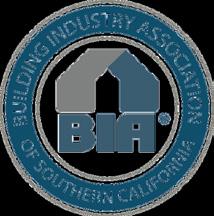
MONDAY, MAY 5, 2025 COTO DE CAZA MONDAY, MAY 5, 2025


Join the BIA Orange County Chapter for a fun day of networking and golf at the beautiful Coto de Caza Golf Course.
8:00 AM REGISTRATION
10:00 AM SHOTGUN START 3:30PM 19TH HOLE RECEPTION
$1975 MEMBER FOURSOME SPONSORSHIPS AVAILABLE

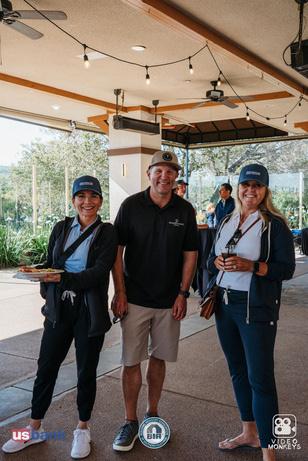

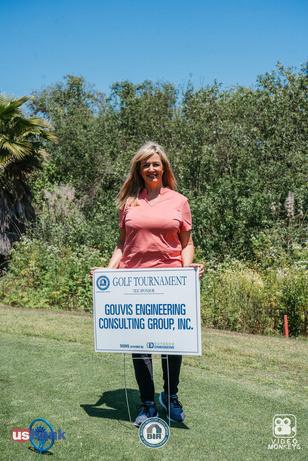
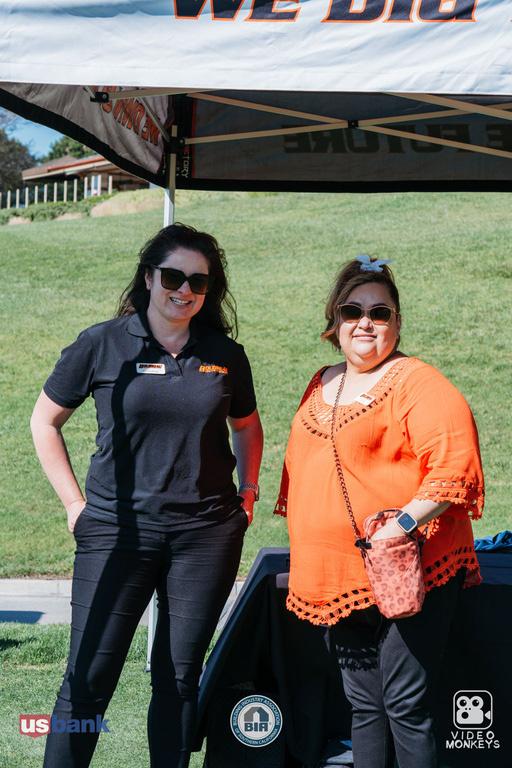



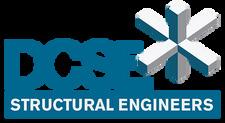






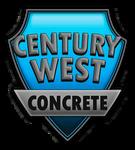


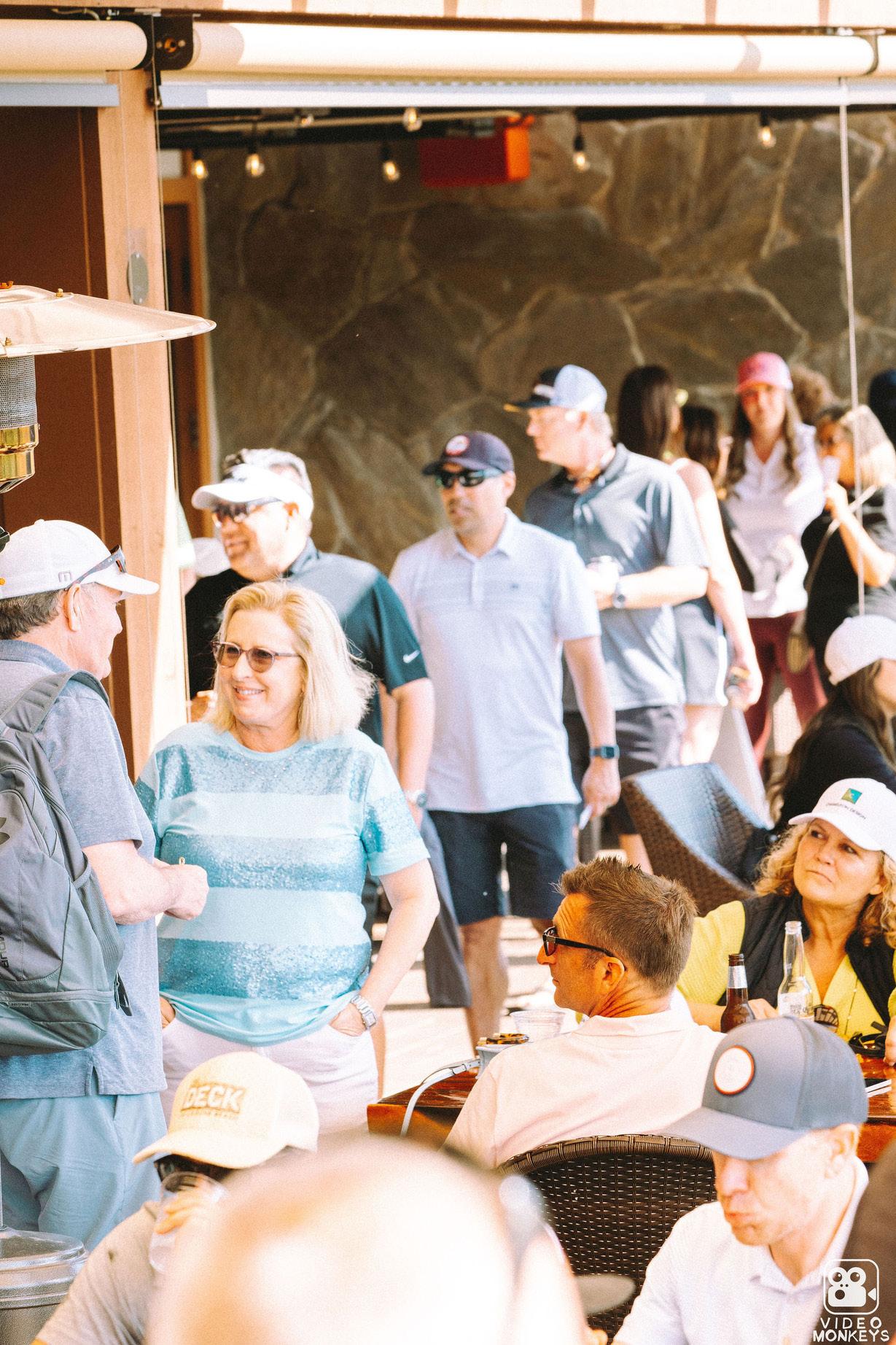

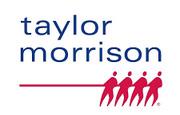




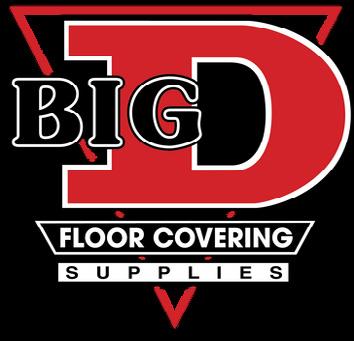



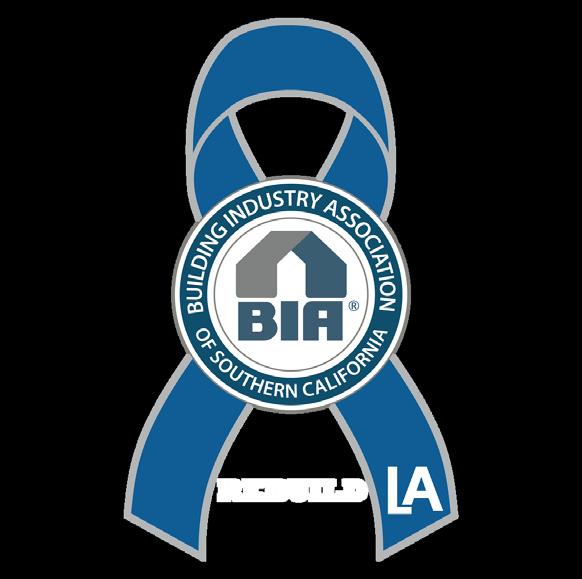
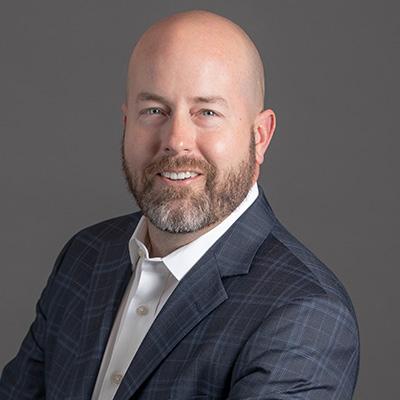
EARLY BIRD (ENDS MARCH 28)
BIASC MEMBER: $84
NON-MEMBER: $104
REGULAR RATE (AFTER MARCH 28)
BIASC MEMBER: $94
NON-MEMBER: $119
REGISTRATION WILL CLOSE 5/6 OR WHEN SELL OUT OCCURS
REGISTRATION & NETWORKING: 2:00-3:00PM PROGRAM: 3:00-4:30PM
$2500 GOLD (10) Tickets Logo on all marketing
$1750 SILVER (6) Tickets Logo on all marketing
$950 BRONZE (2) Tickets, Company Name on all marketing
Deadline to cancel previously made reservations is 5pm, April 24, 2025 Reservations not cancelled by this time are non-refundable and will be billed per association policy Registrants can make substitutions if they cannot attend Cancellations will incur a $15 processing fee Reservations are required to participate in networking prior to any BIA event. Non-members are limited to two events.

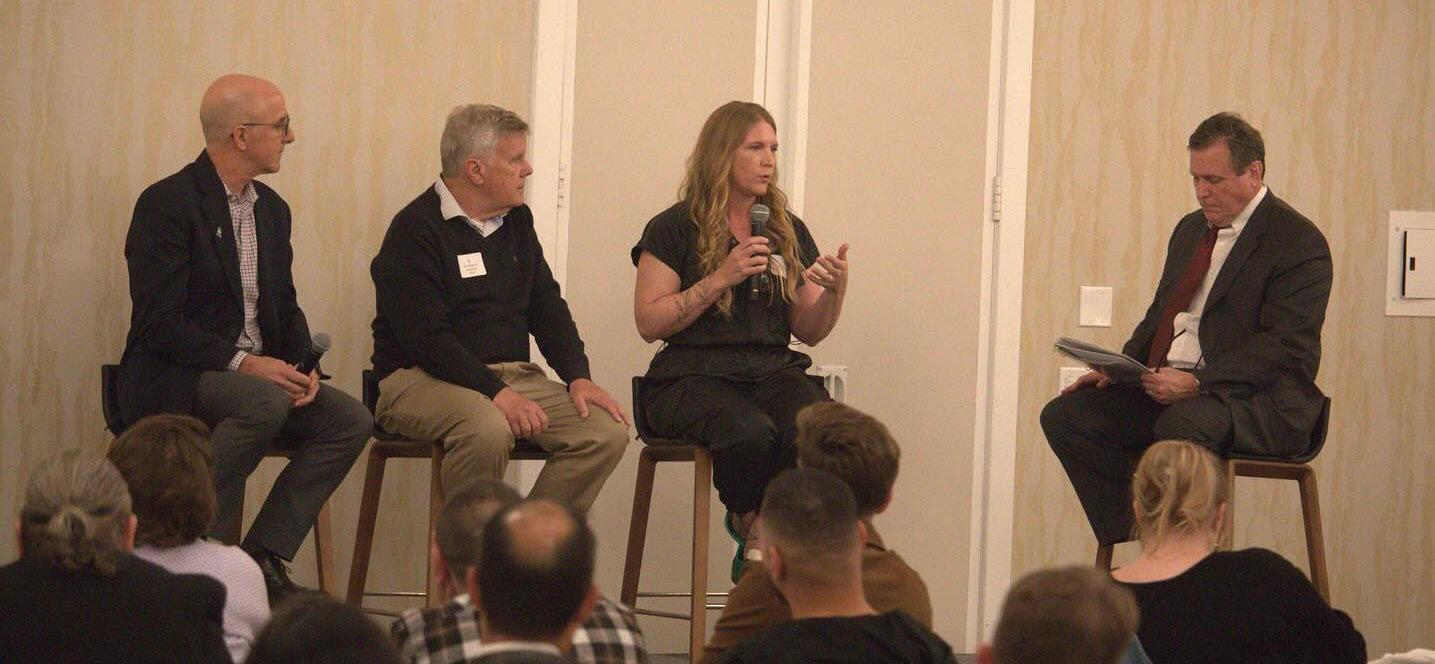


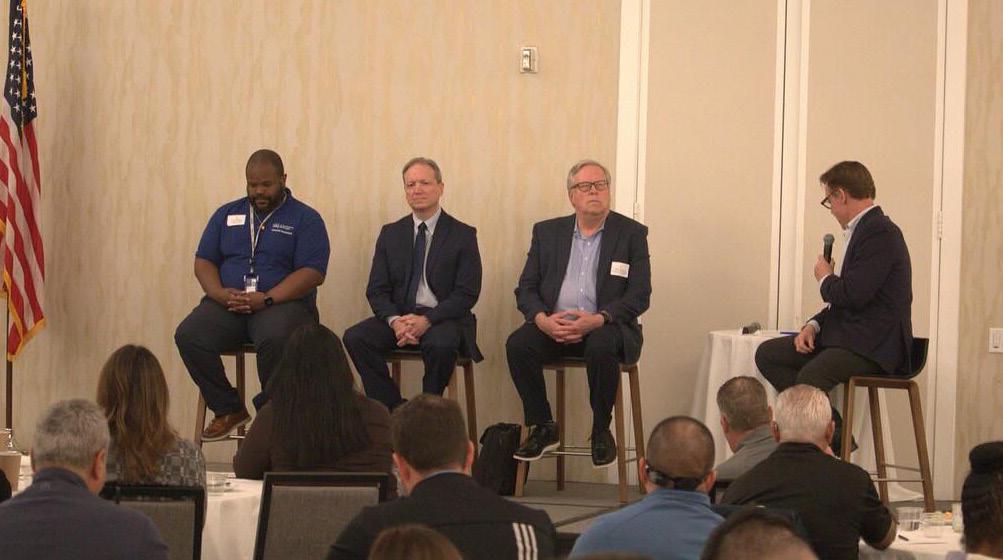
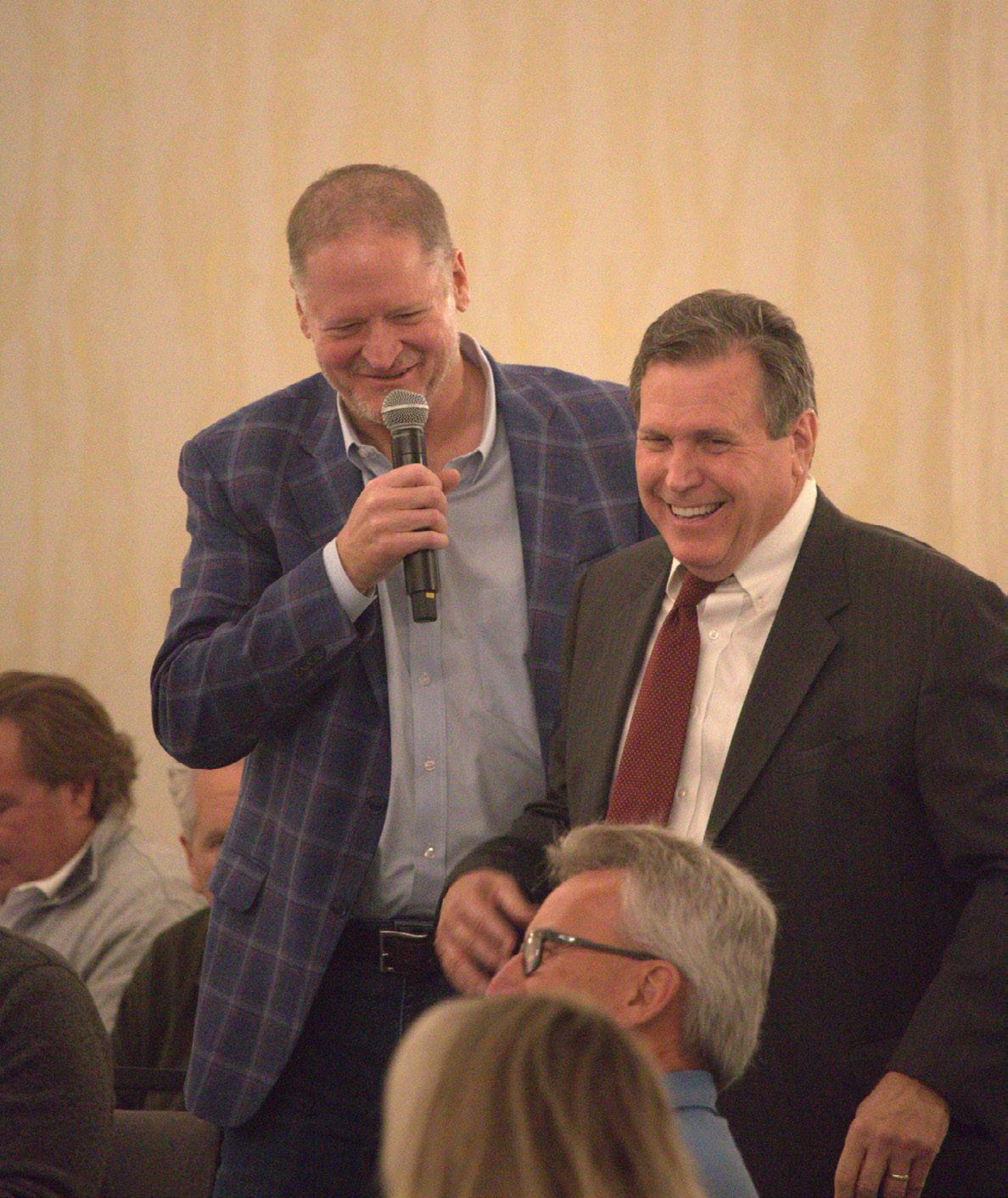
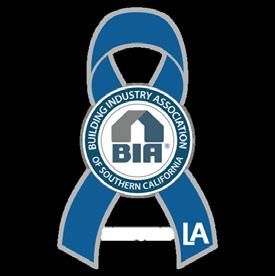




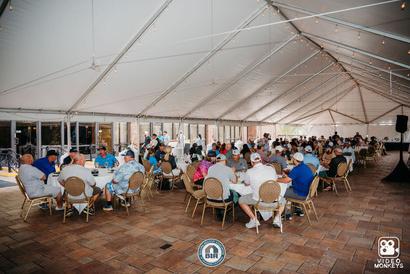


TOURNAMENT SPONSOR

DISPLAY TABLES ARE ON A FIRST COME FIRST SERVE BASIS FOR MAJOR SPONSORS. WAITLIST FOR TEE SPONSORS (LIMITED AVAILABILITY)

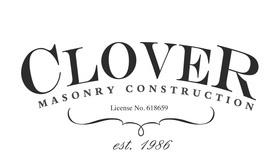
GRAND PRIZE SPONSOR $3495 w-Foursome
Foursome of golf
GRAND PRIZE SPONSOR $2495 No Foursome
All Below Benefits for both options:
Company rep can call out winning ticket at 19th Hole
Reception
Full set of professional clubs & bag and a round of golf
Company banner displayed at course.
Company logo on all marketing materials and signage
Optional display table on hole at course.
RAFFLE PRIZE SPONSOR $3495 w-Foursome Foursome of golf
RAFFLE PRIZE SPONSOR $2495 No Foursome
All Below Benefits for both options:
Company business card can be added to the raffle prizes
Company banner displayed at course
Company logo on all marketing materials and signage Optional display table on hole at course
CART SPONSOR
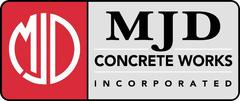
PHOTOGRAPHY SPONSOR

MORNING ROUND SPONSOR $3195 w-Foursome
Foursome of golf
MORNING ROUND SPONSOR $1950 No Foursome
All Below Benefits for both options:
PRE SHOTGUN START - BLOODY MARY BAR HOST
Company logo on all marketing materials and signage
Company logo on drink ticket for players
Optional display table at morning round bar

LUNCH SPONSOR $3195 w-Foursome
Foursome of golf
LUNCH SPONSOR $1950 NO Foursome
All Below Benefits for both options:
Company banner displayed at course
Company logo on all marketing materials and signage Company logo on lunch ticket for players Optional display table on hole at course
BEVERAGE SPONSOR $3195 w-Foursome
Foursome of golf
BEVERAGE SPONSOR $1950 No Foursome
All Below Benefits for both options:
Company banner displayed at course
Company logo on all marketing materials and signage
Company logo on drink ticket for players
Optional display table on hole at course
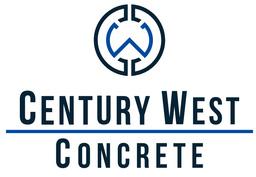

19th HOLE SPONSOR $3195 w-Foursome
Foursome of golf
19th HOLE SPONSOR $1950 No Foursome
All Below Benefits for both options:
POST PLAY COCKTAIL RECEPTION
Company logo on all marketing materials and signage
Company logo on drink ticket for players
Optional display table at morning round bar
PIN FLAG SPONSOR
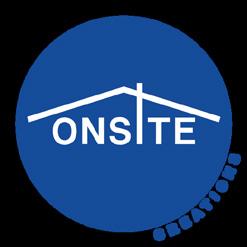
DRIVING RANGE SPONSOR $3195 w-Foursome Foursome of golf
DRIVING RANGE SPONSOR $1950 No Foursome No Foursome
All Below Benefits for both options:
LONGEST DRIVE SPONSOR $3195 w-Foursome Foursome of golf
LONGEST DRIVE SPONSOR $1950 No Foursome
All Below Benefits for both options: Company logo on tee sign at driving range
logo on all marketing materials and signage
display table on hole at course

PUTTING CONTEST SPONSOR $3195 w-Foursome Foursome of golf
PUTTING CONTEST SPONSOR $1950 No Foursome
All Below Benefits for both options:
Company logo on tee sign at chipping contest
CHIPPING CONTEST SPONSOR $3195 w-Foursome Foursome of golf
CHIPPING CONTEST SPONSOR $1950 No Foursome
All Below Benefits for both options:
Company logo on tee sign at chipping contest Company logo on all marketing materials and signage Optional display table on hole at course
HOLE-IN-ONE SPONSOR $3195 (6 only) wFoursome
Foursome of gol
HOLE-IN-ONE SPONSOR $1950 (6 only) No Foursome
All Below Benefits for both options:
logo printed on Hole-In-One signage
logo on all marketing materials and signage Optional display table on hole at course

BALL MARKER SPONSOR $2495 w-Foursome
SPONSOR TO PROVIDE LOGO’D GOLF MARKERS Foursome of golf
BALL MARKER SPONSOR $1395 No Foursome
All Below Benefits for both options: Company logo on all marketing materials and signage. Optional display table on hole at course
TOWEL SPONSOR $2495 w-Foursome
SPONSOR TO PROVIDE LOGO’D TOWEL Foursome of golf
TOWEL SPONSOR $1395 No Foursome
All Below Benefits for both options:
Company logo’d towel given to each player Company logo on all marketing materials and signage
Optional display table on hole at course
BAG SPONSOR $2495 w-Foursome
SPONSOR TO PROVIDE LOGO’D BAG Foursome of golf
BAG SPONSOR $1395 No Foursome
All Below Benefits for both options: Company logo’d bag given to each player
Company logo on all marketing materials and signage Optional display table on hole at course.
HAT SPONSOR


TEE SPONSOR $875
Company name on one tee sign on hole
Company name on all marketing materials and signage
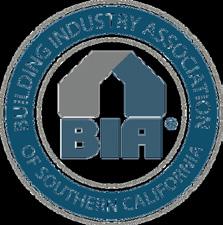
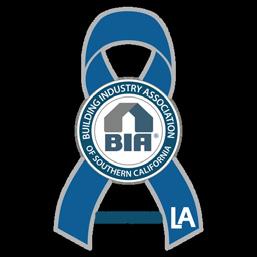

1
o i n u s f o r t h e 4 t h A n n u a l T o p
G o l f T o u r n a m e n t f o r s o m e
f r i e n d l y c o m p e t i t i o n ,
n e t w o r k i n g , f o o d & d r i n k s . T h e
t o u r n a m e n t s o l d o u t l a s t y e a r ,
s o y o u d o n

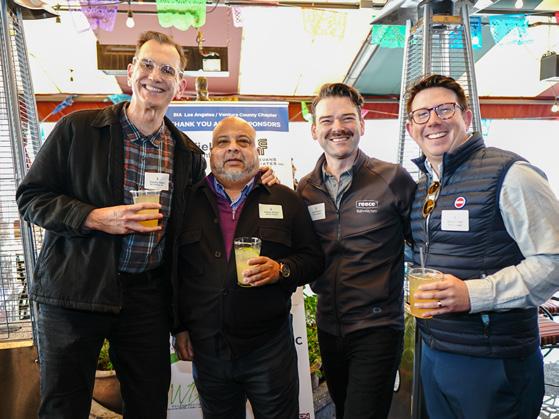
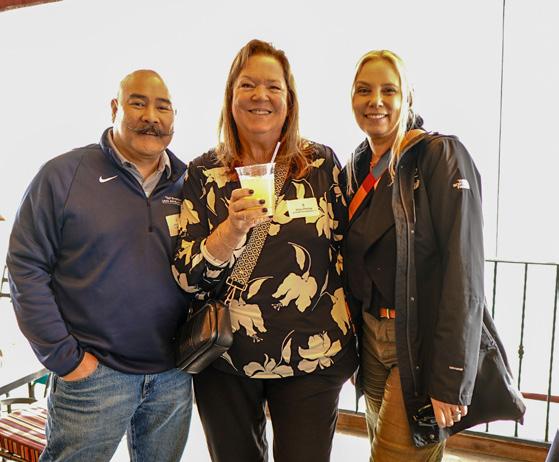
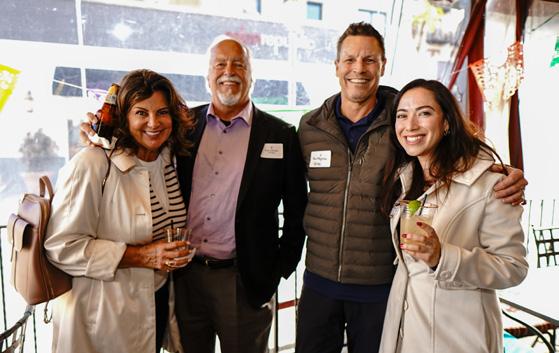
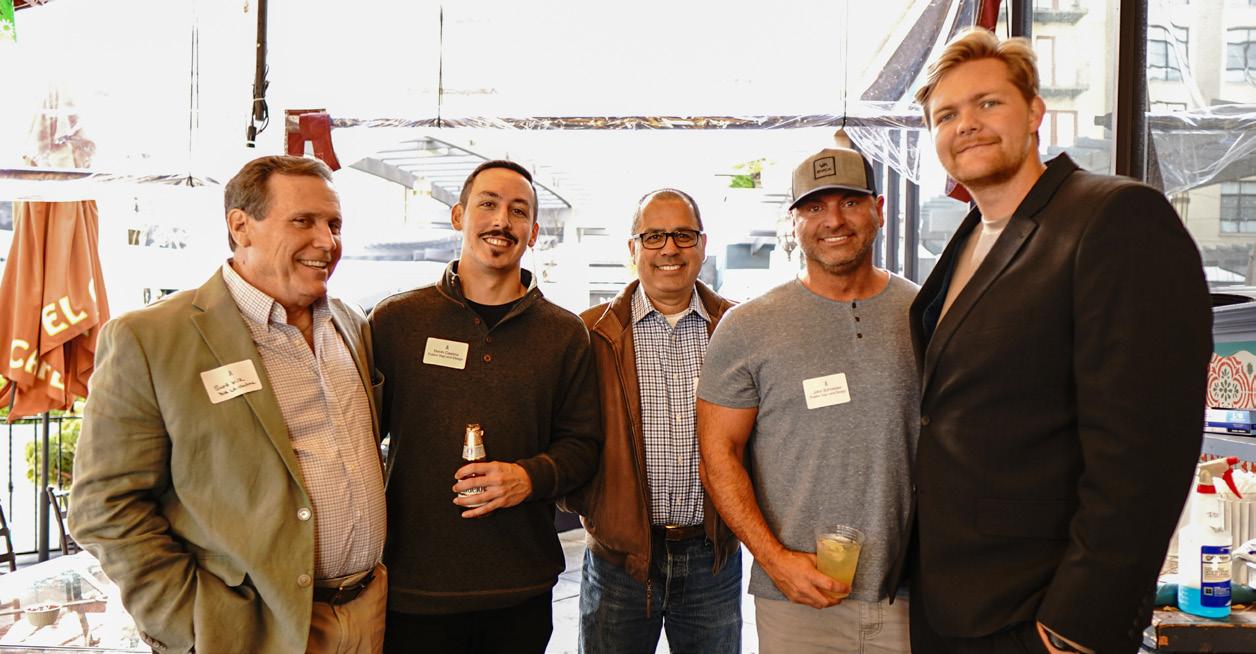

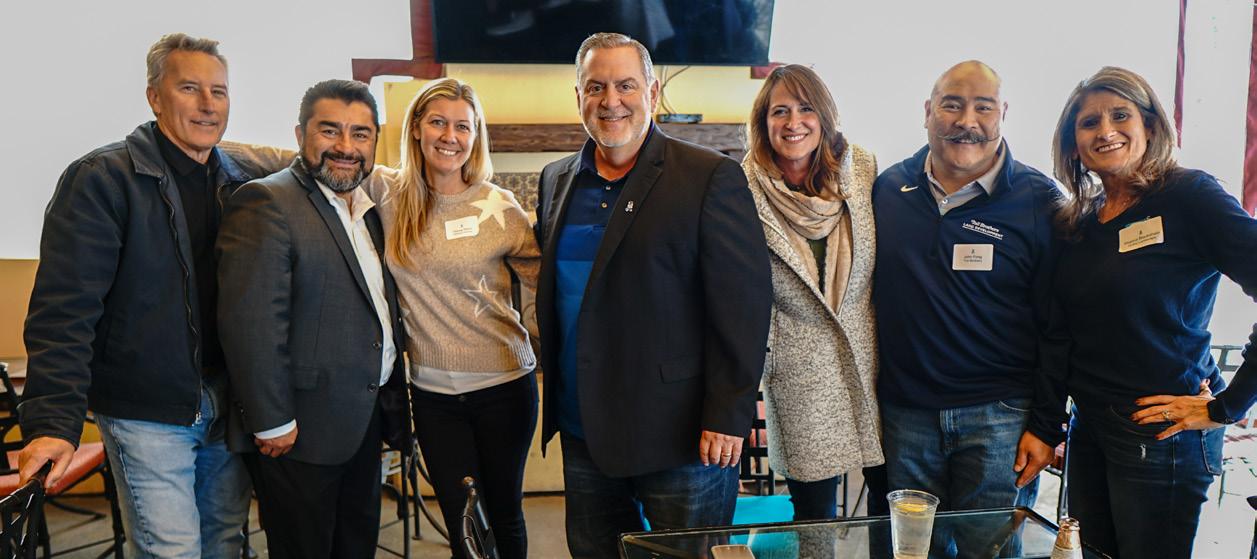

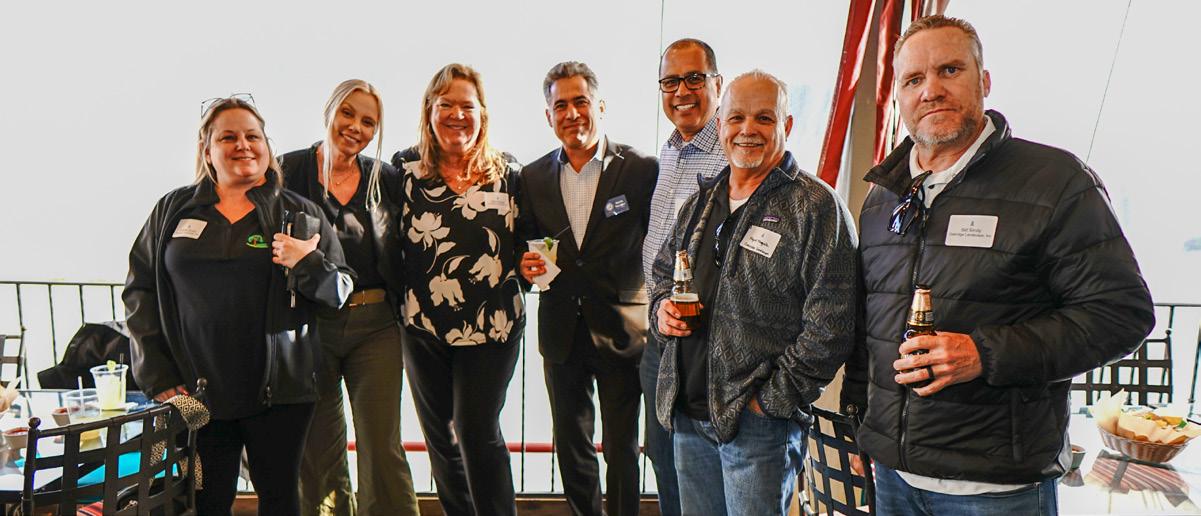
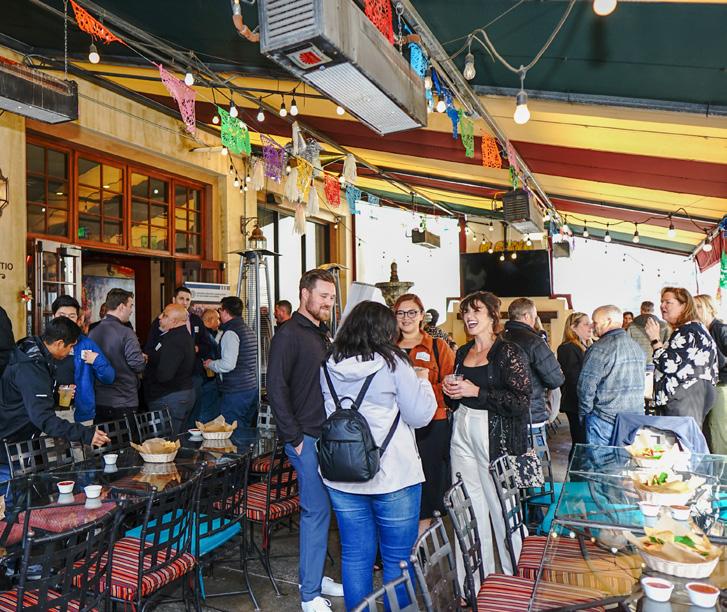

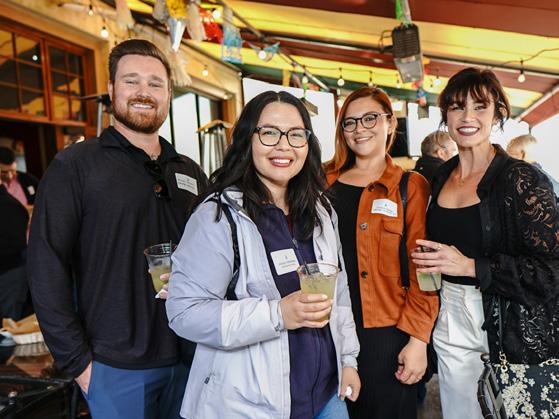
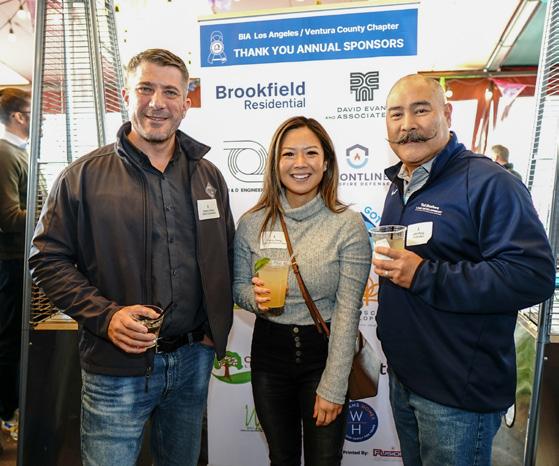
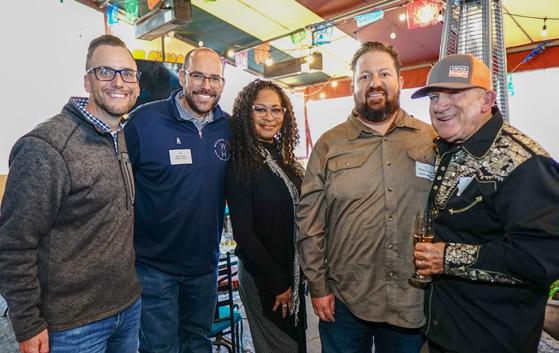
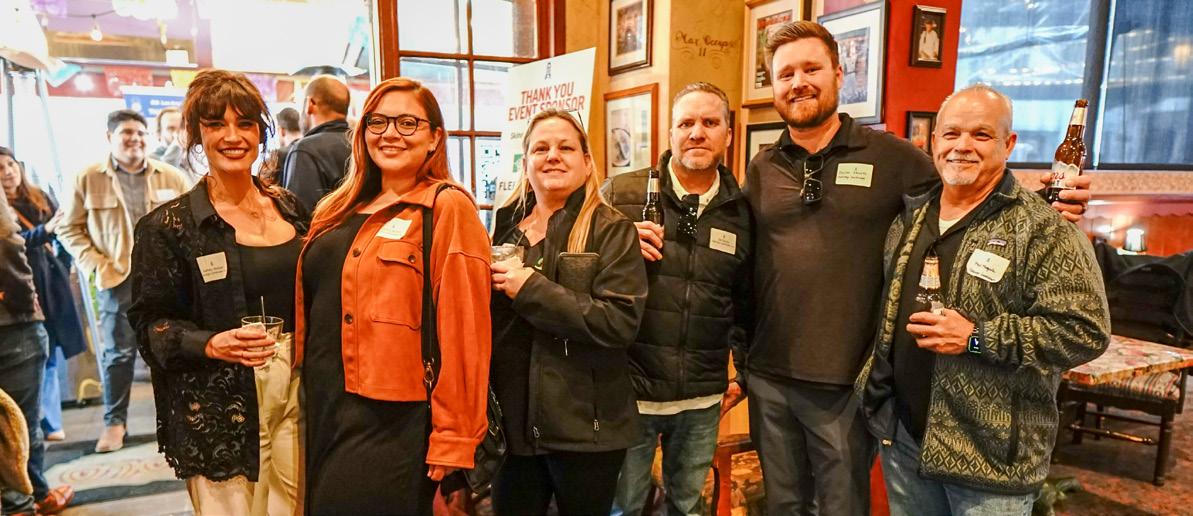
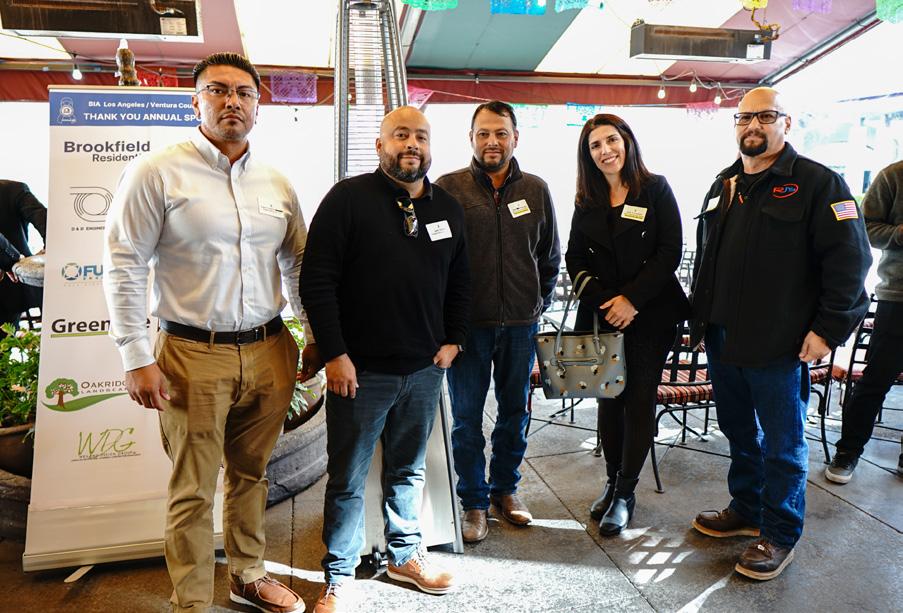

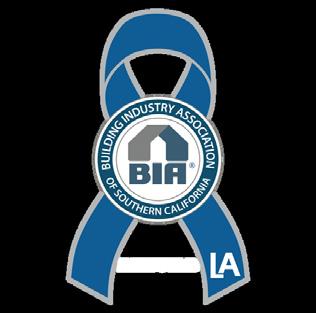




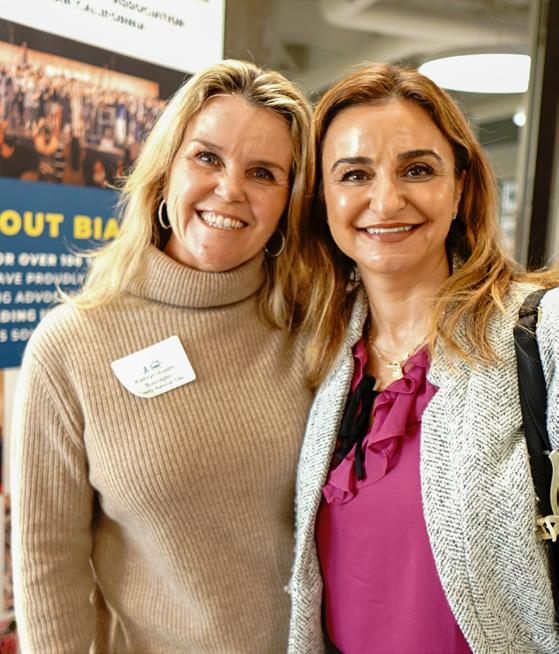
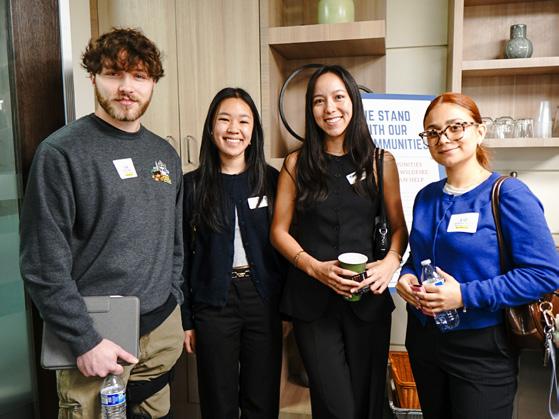
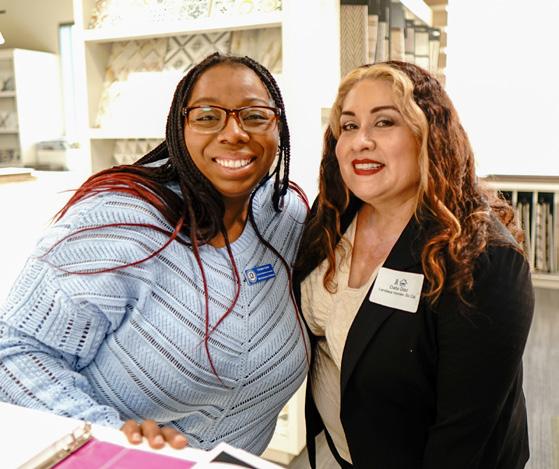
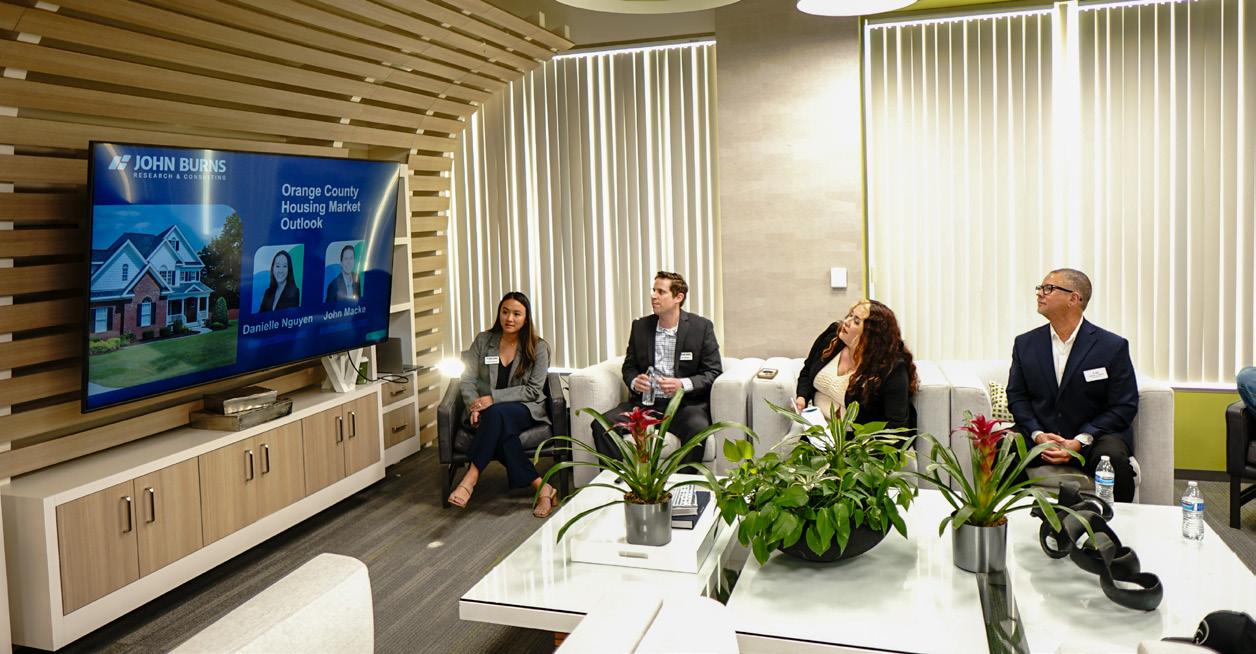


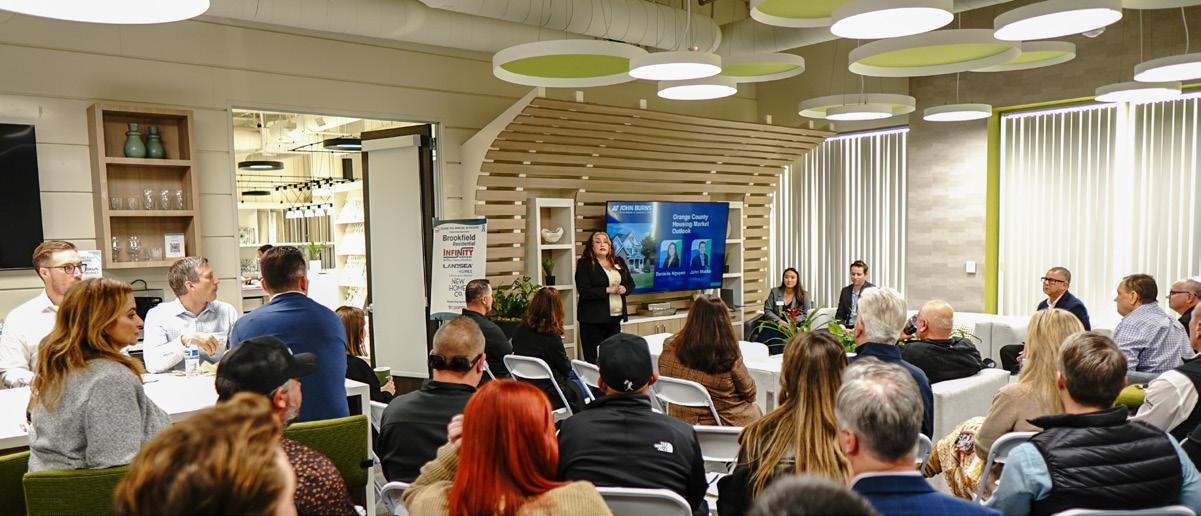

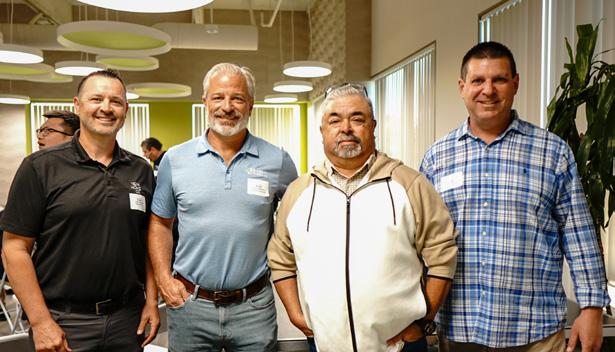
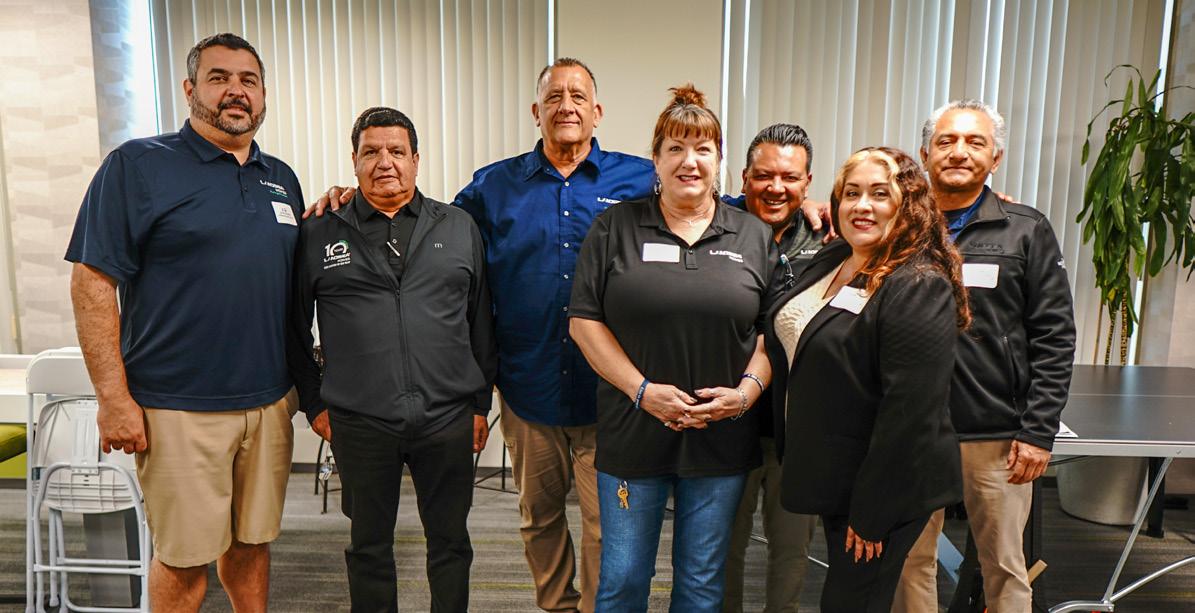
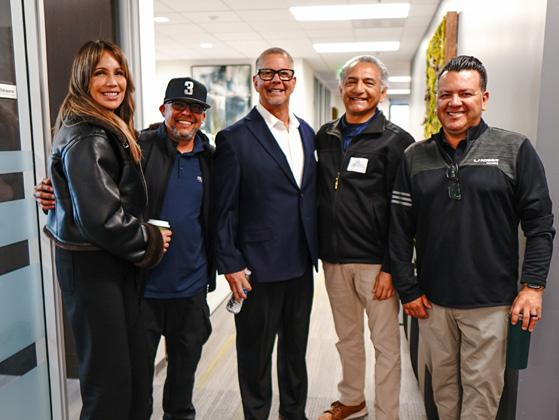
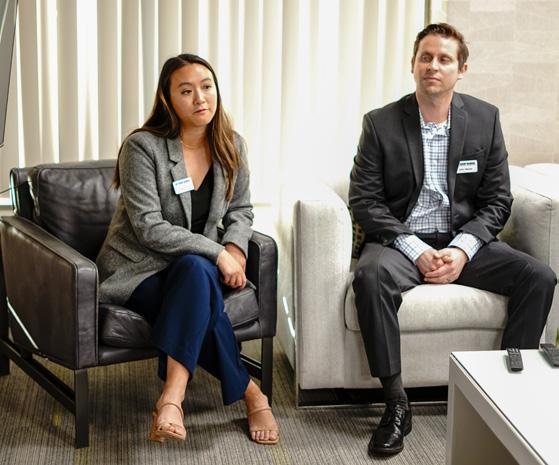
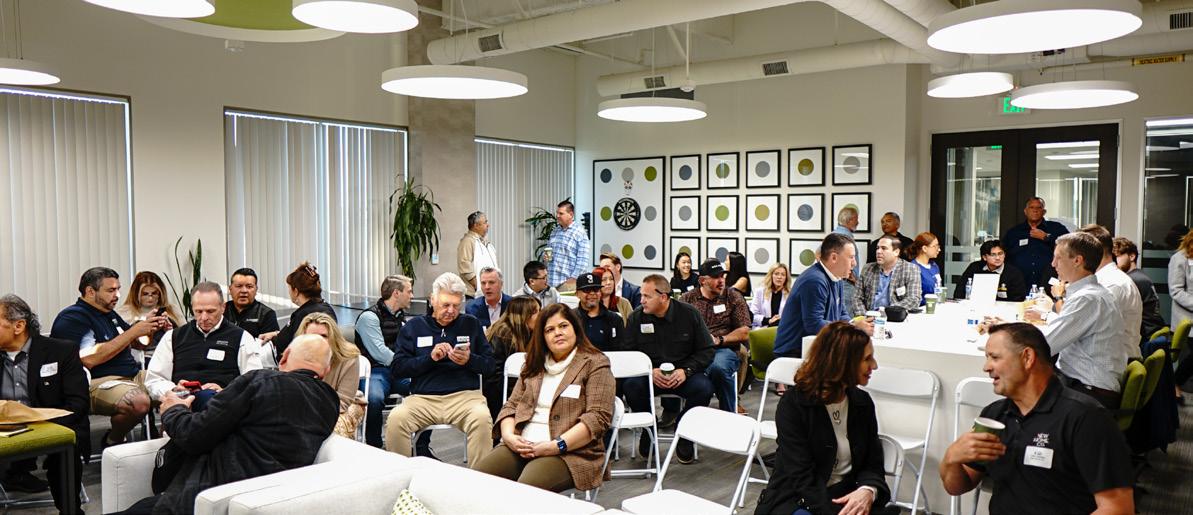
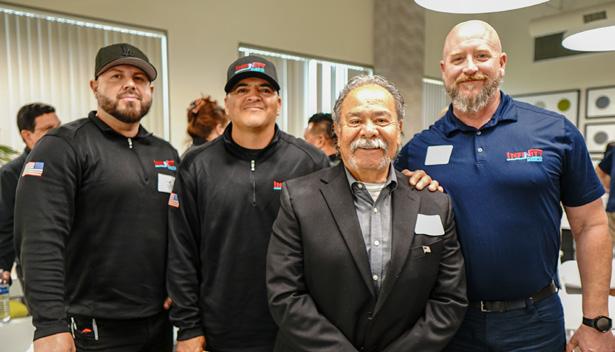

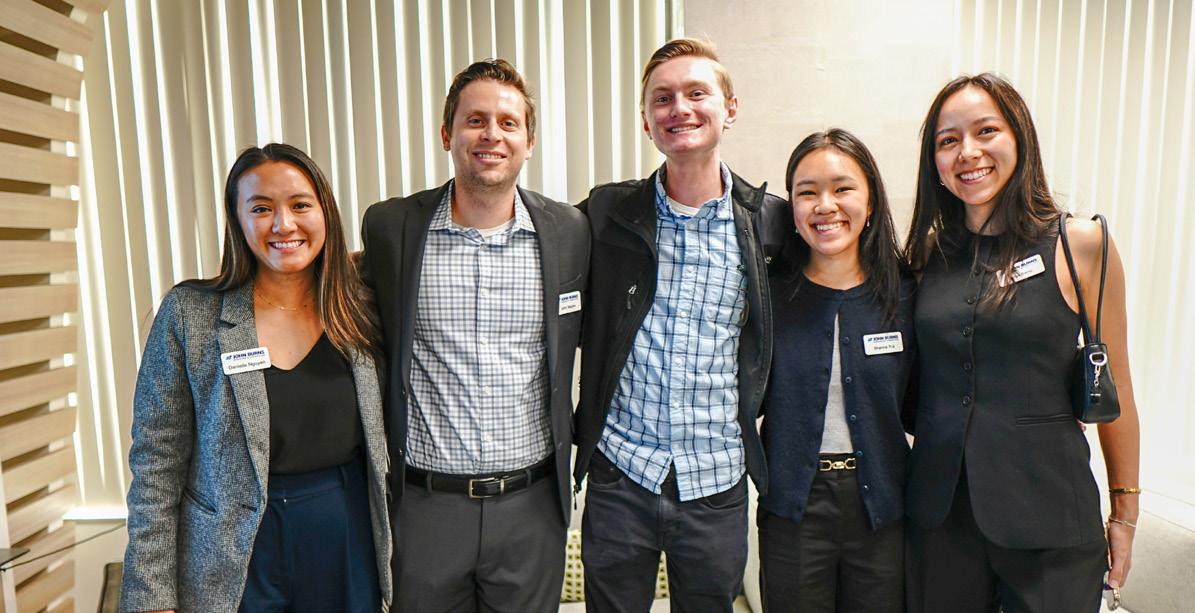
FEBRUARY 7 - APRIL 6, 2025

Ackerman Law PC
Allstate Environmental Solutions, Inc.
Arcxis, Formerly Ei
AutoHot (Enovative Group)
BASF Corporation
Beazer Homes
Boise Cascade
Brandywine Homes
Cadiz Inc.
Cannon
Champion Window Inc.
Chapman University - Argyros School of Business & Economics
Clark & Green
Collins TruWood Siding | Trim
Complete Builder Service
Corman Leigh
Creative Mines
Crestwood Communities
Curtis Allan Floor Covering
David Neaul t Associates, Inc.
Design Masonry, Inc.
DoubleTree Hotel Ontario
DR Horton LA Holding Co Inc
Elite Earthworks & Engineering Inc
EPOCH Engineering and Surveying
Express Contractors Inc
Fiber Care Baths Inc
FivePoint
Fusion Sign and Design
GE Appliances - Apache Jct
Geocon West, Inc.
GeoTek, Inc.
GFR Homes
GMU Geotechnical Inc
Hardwood Creations dba HCI
Highland Fairview
HomeTeam Pest Defense
Huitt-Zollars
Integ ral Communities
Interior Logic Group
J C Dyer Company Inc
JC Concrete, Inc.
Just Like the Model
Keyline Sales, Inc.
Landsea Homes
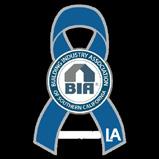
Larry Jacinto Construction, Inc.
Lee & Stires, Inc
Leonard's Services
LG Electronics
Lixil
Marathon General Inc.
Marin Concrete Construction, Inc
Masters Wholesale
McCarthy Companies
Meritage Homes of California
Merlone Geier Partners
MeterNet, LLC
Michelle Skeldon LLC
Newmeyer & Dillion LLP
Next Level Door & Millwork
Noritz America Corp
Novus Real Estate
Optimum Group, LLC
p11 creative, Inc.
Pacific Advanced Civil Engineering, Inc.
Pacific Cove Development Inc.
Plumbing Concepts, Inc.
Prime Association Services
Pro Coat, Inc.
Professional Staffing Ventures
Rincon Strategies
Roy E Whitehead Inc.
RTM Engineering
Signature Realty Capital Corp
Sikand Engineering Associates
Southern California Gas Co
Spring Meadows Homes LLC
Suzanne's Catering
"T" McGee Electric Inc.
T&B Planning Inc
The Home Depot
TRI Pointe Homes
VISIONSCAPE
Walden & Associates
Wells Fargo Home Mortgage - Riverside
Western Municipal Water District
Womble Investments
Woodgrain
Woodside Homes of California Inc.
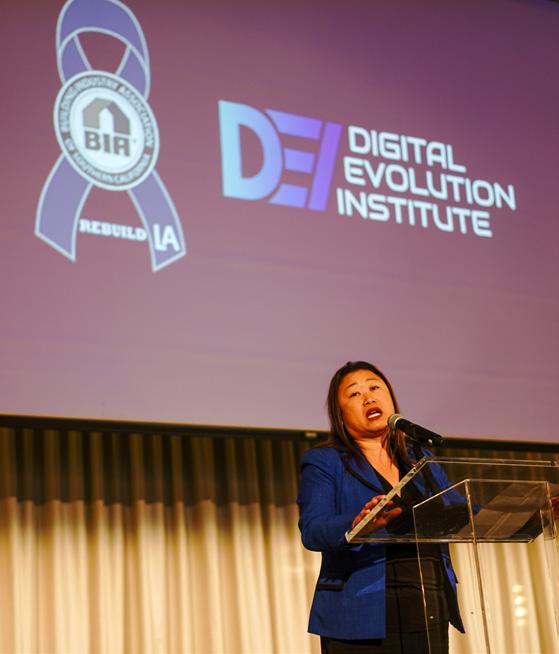
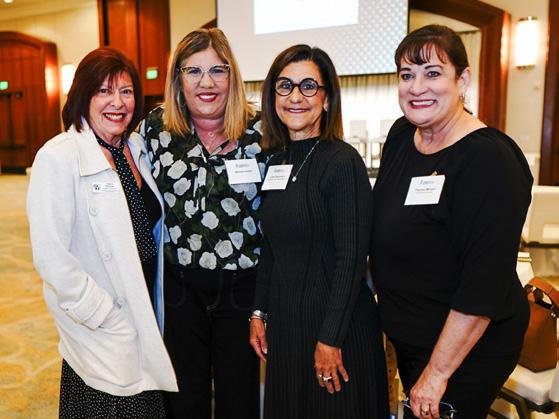
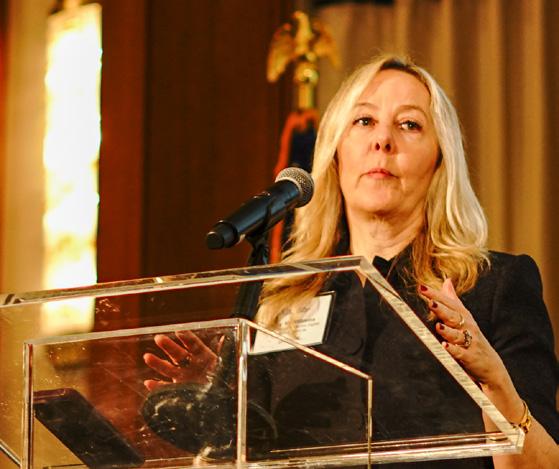
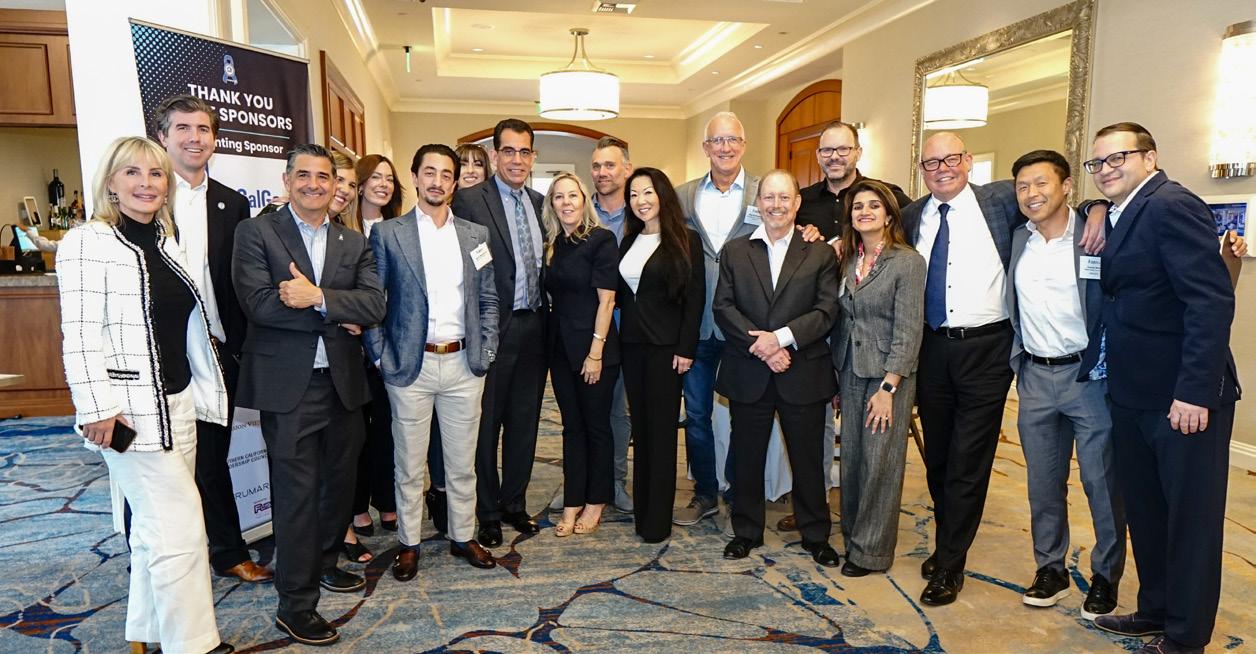
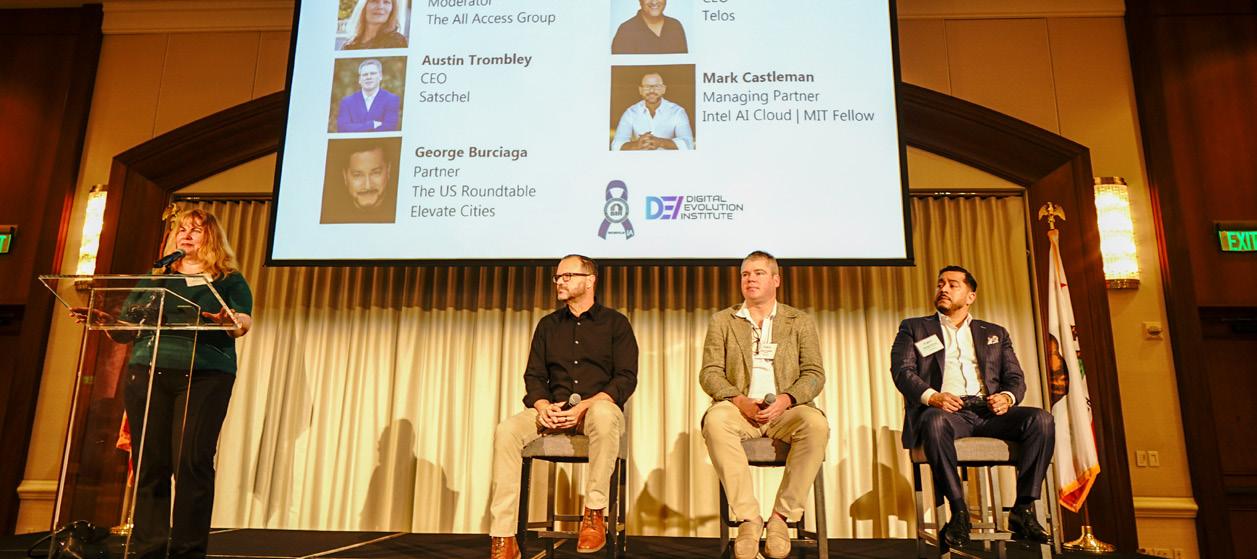
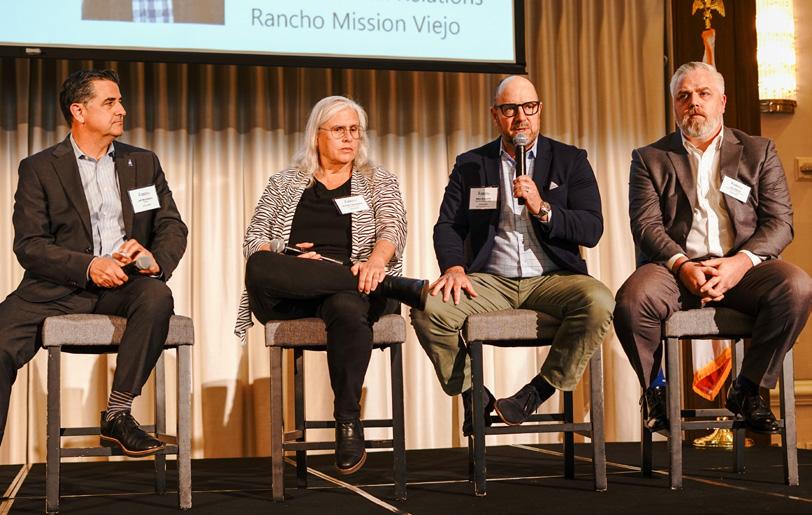
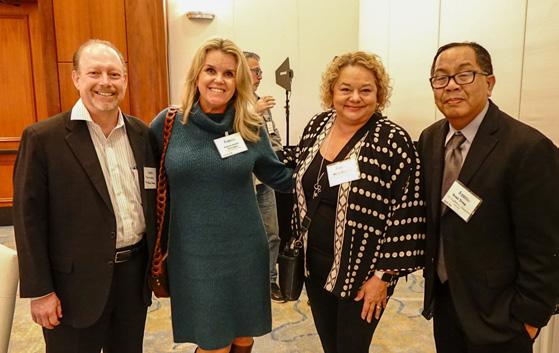
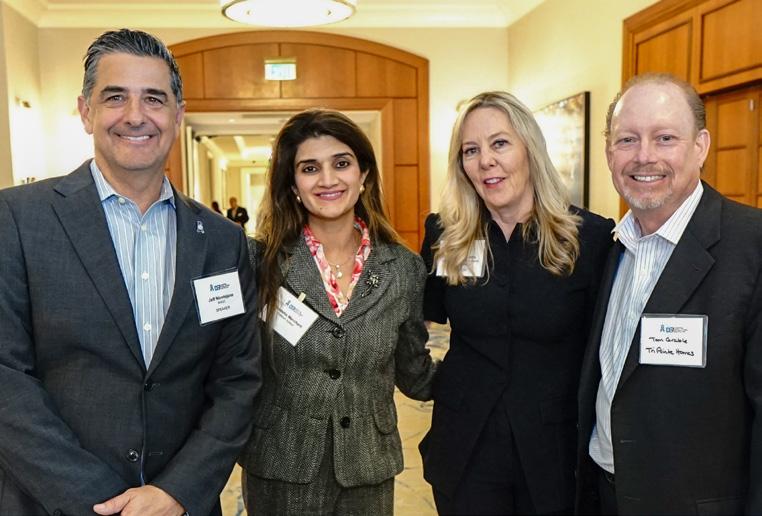
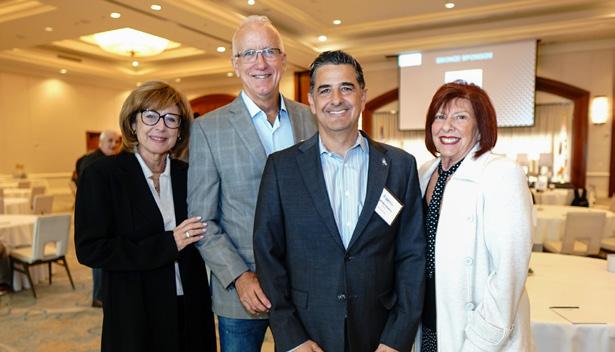

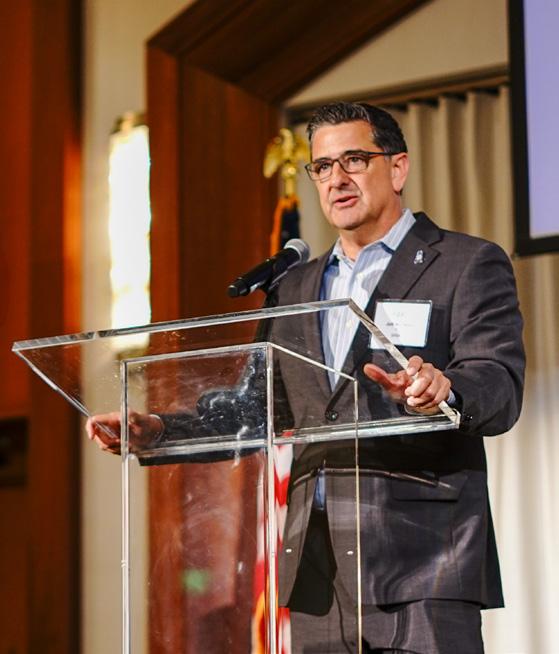
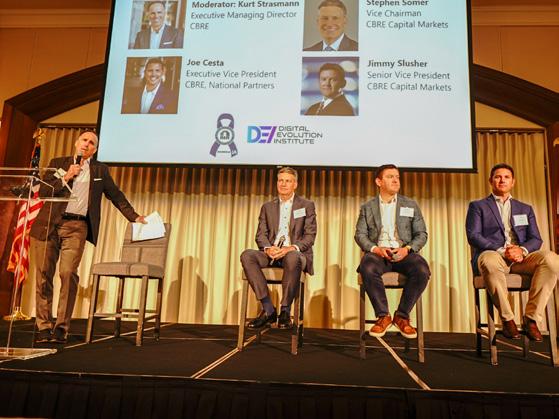
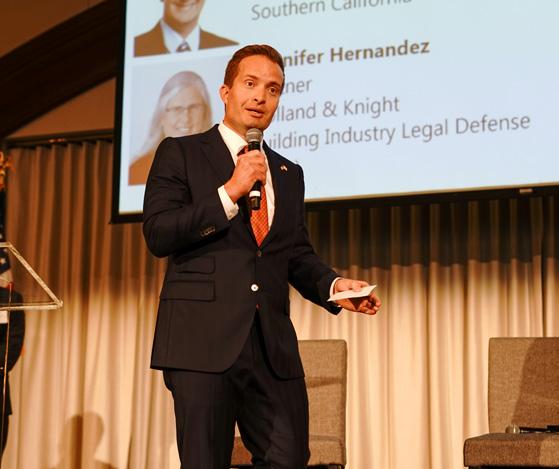

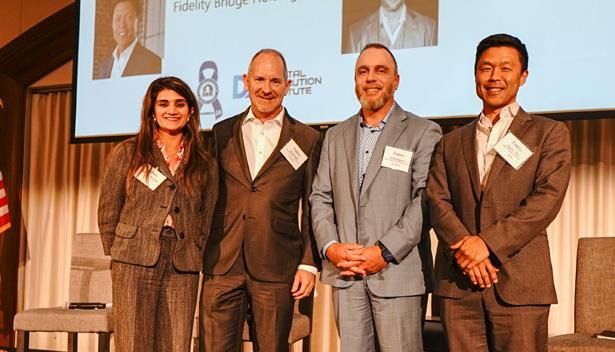
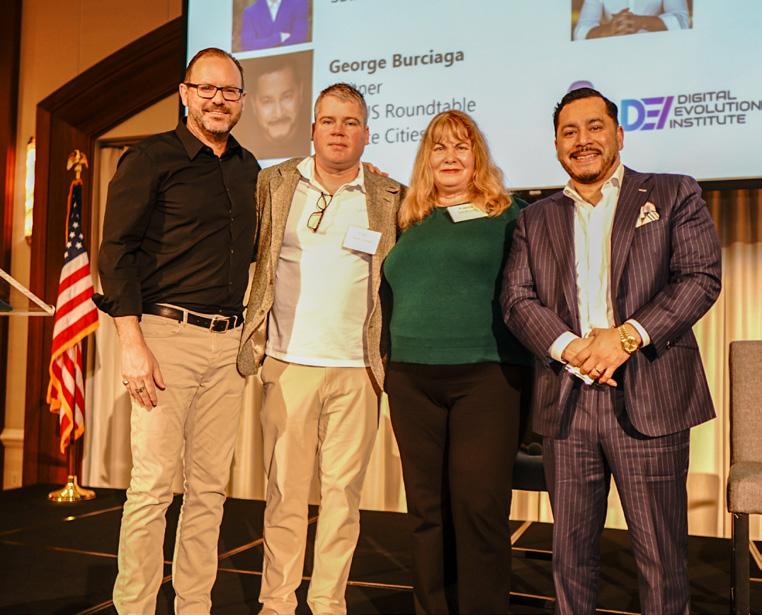
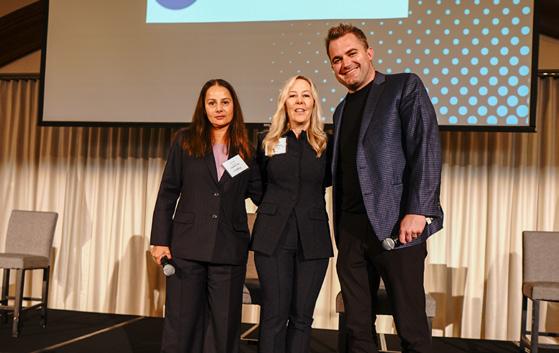
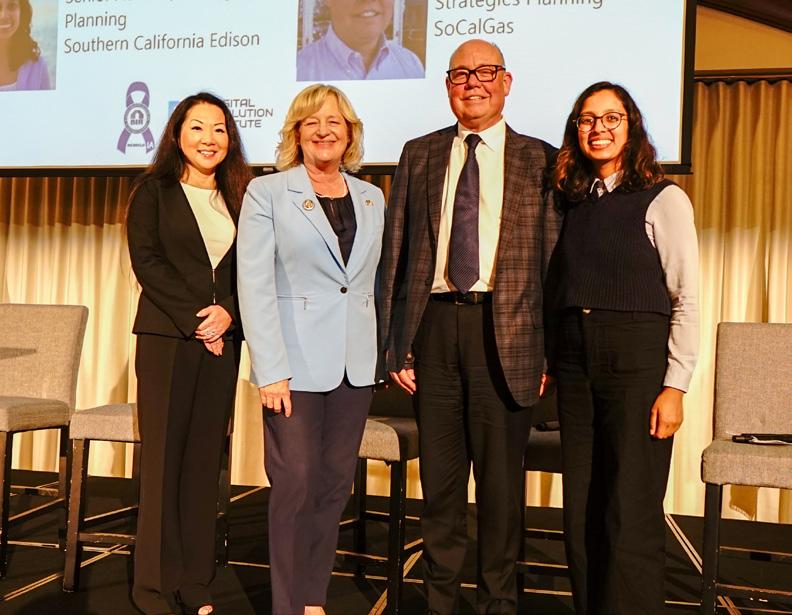

T R A F F I C & S A L E S D O W N ?
S I G N S A R E
I N Q U I R E T O D A Y U P B I A S I G N S . C O M
L E T B I A S I G N S P O I N T B U Y E R S I N Y O U R D I R E C T I O N


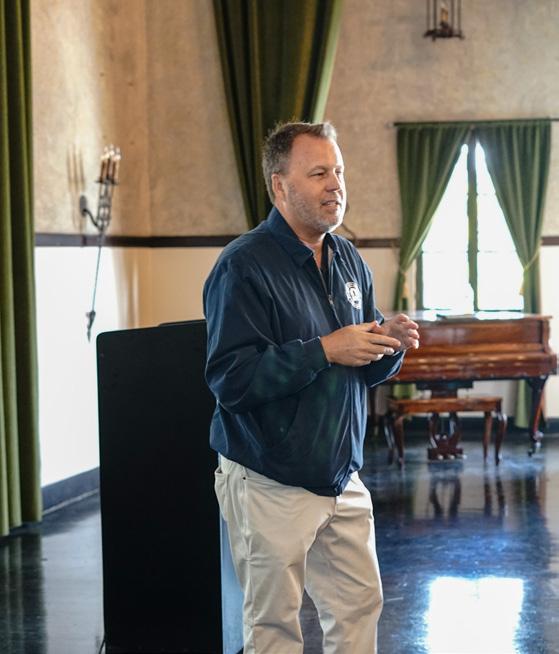
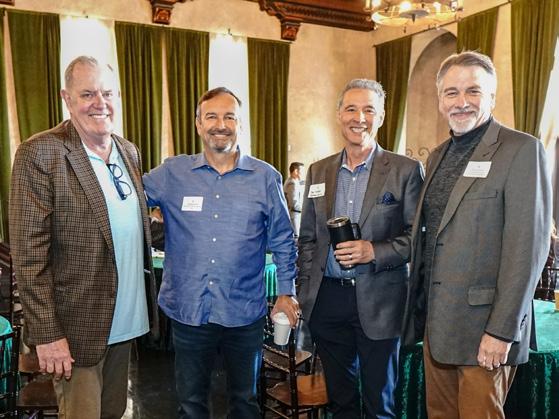
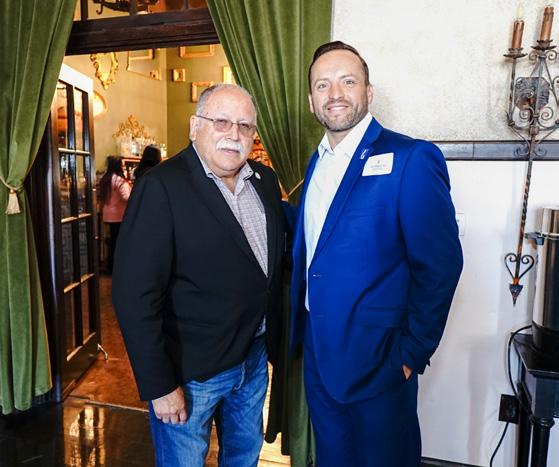
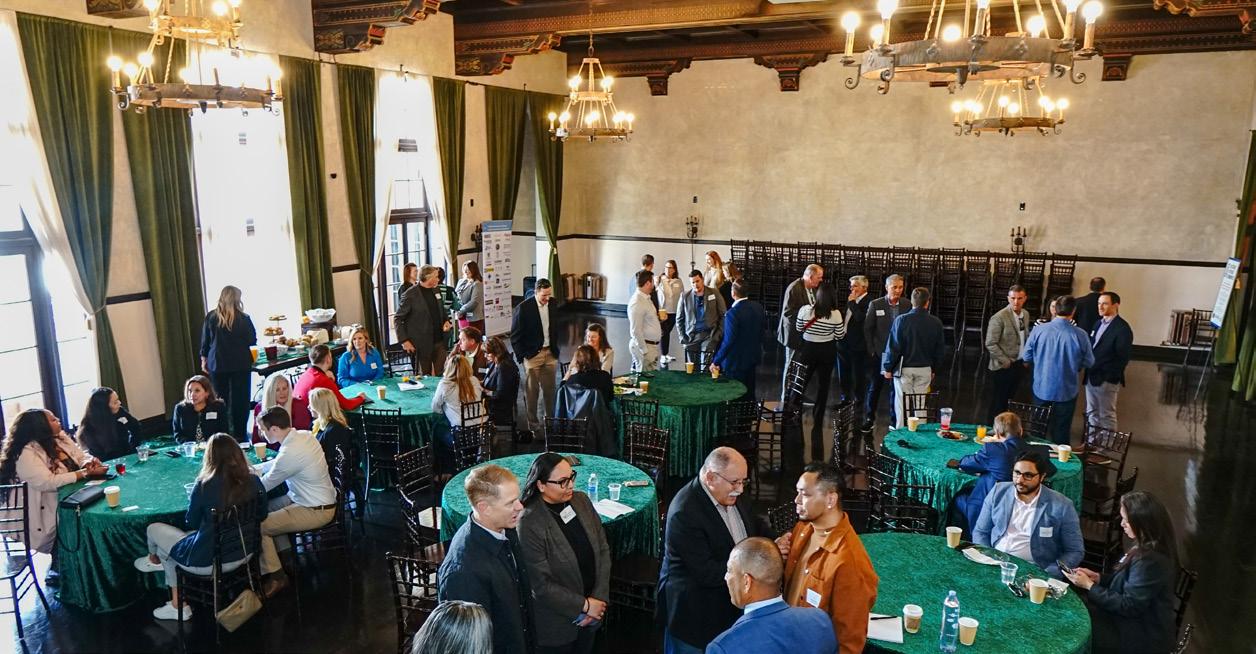
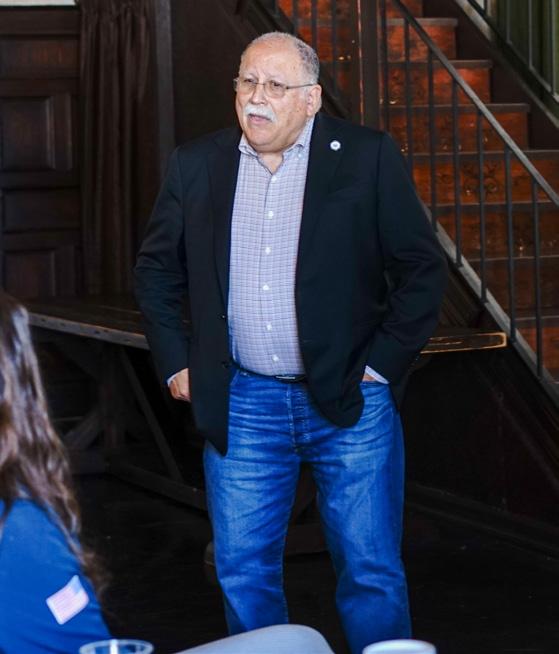



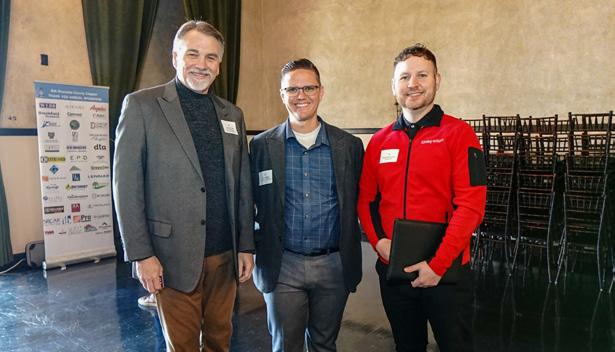
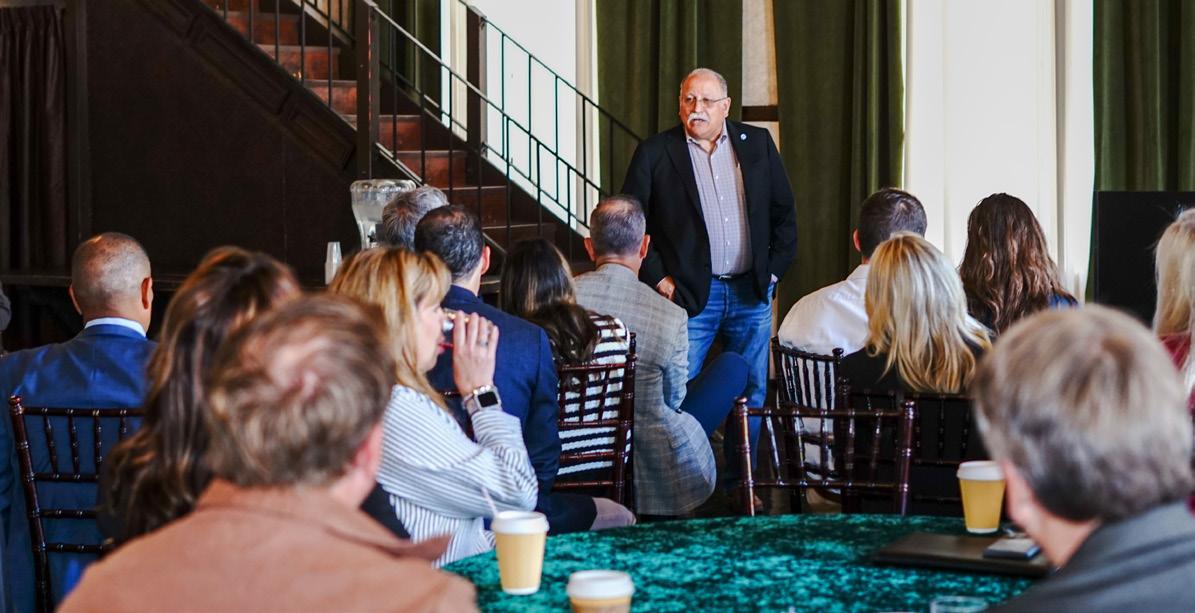
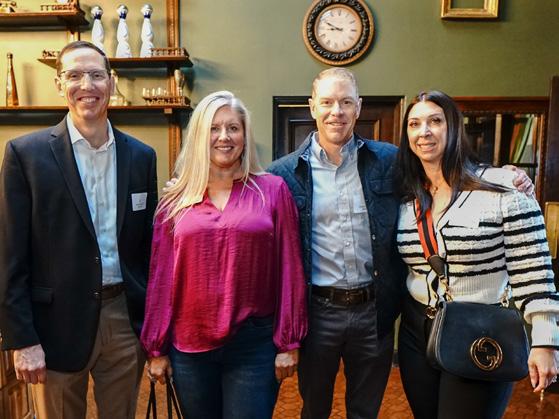

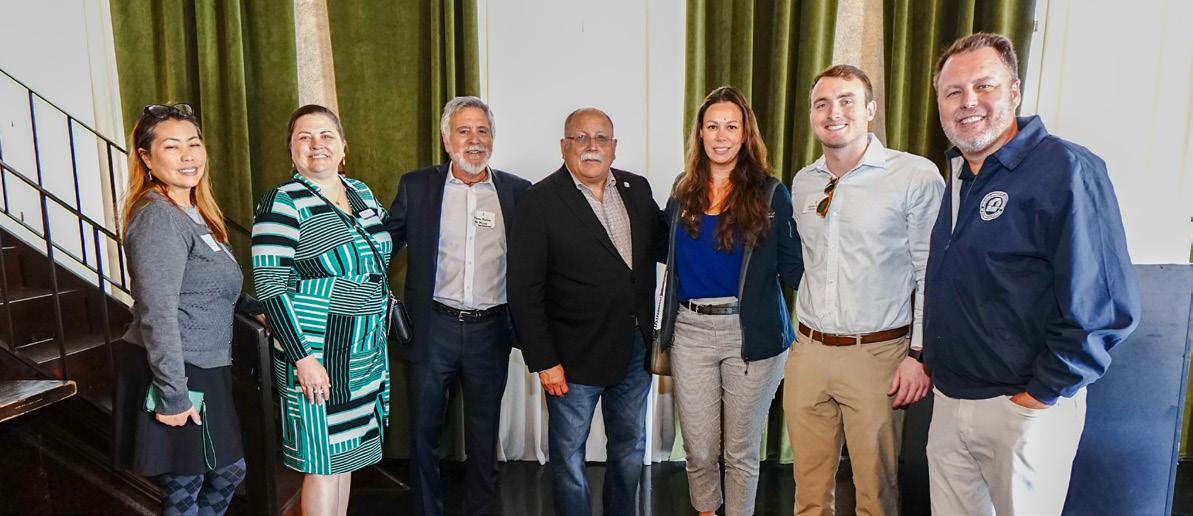
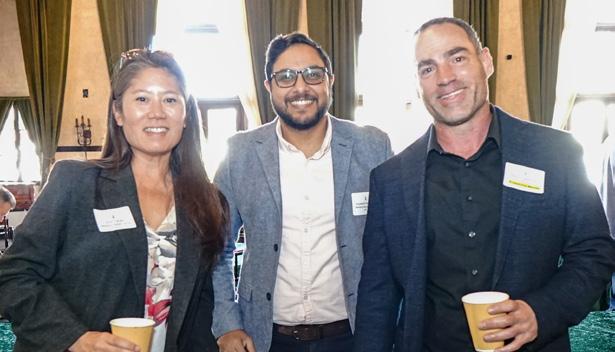
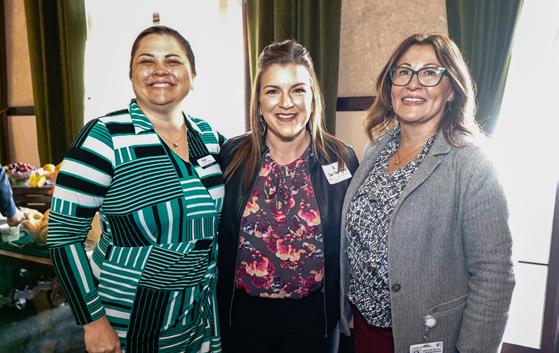
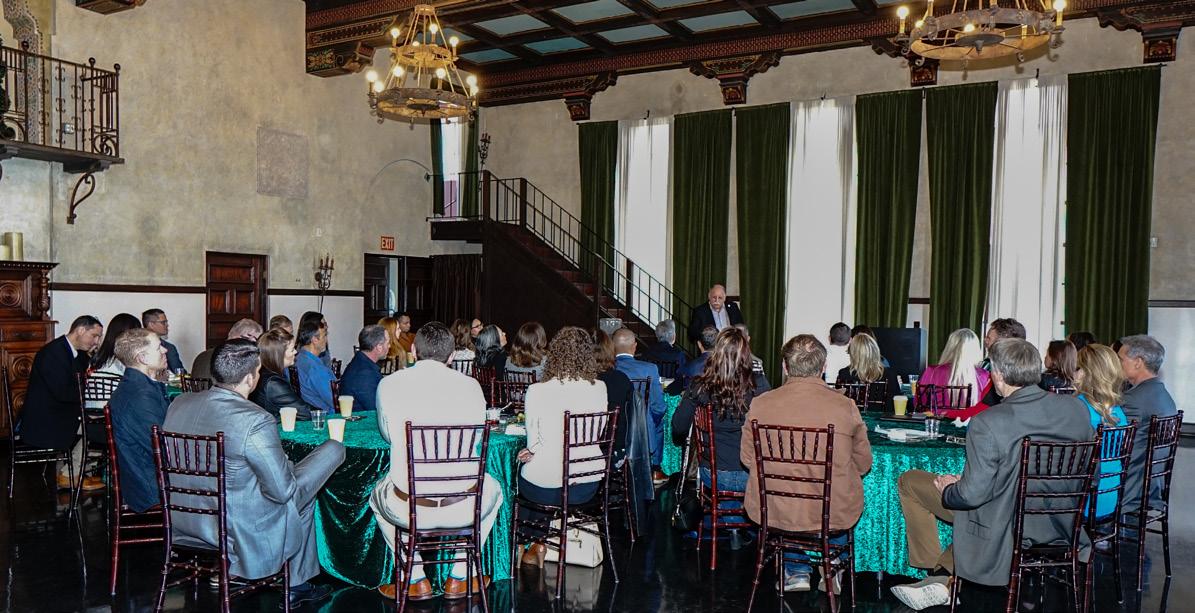
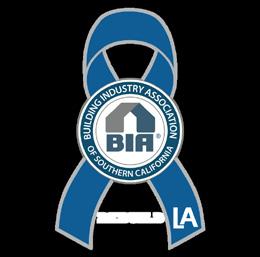
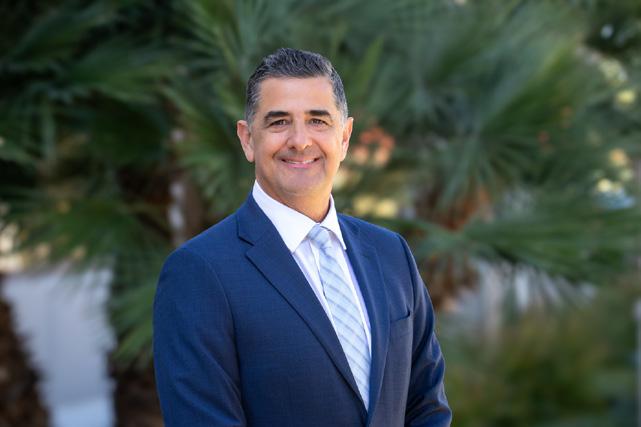
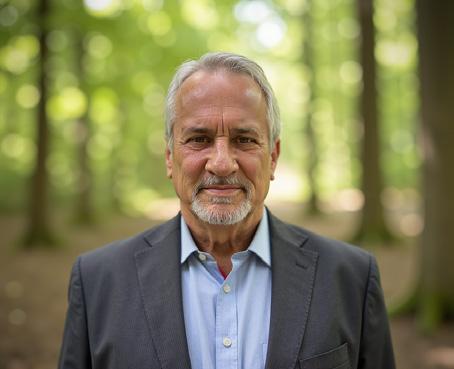
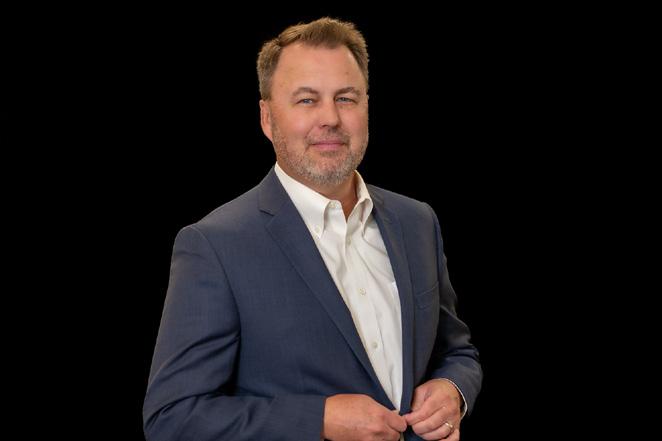
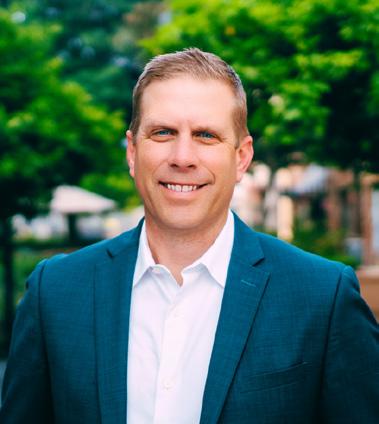
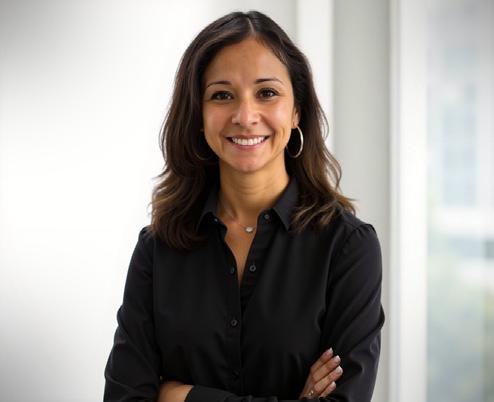
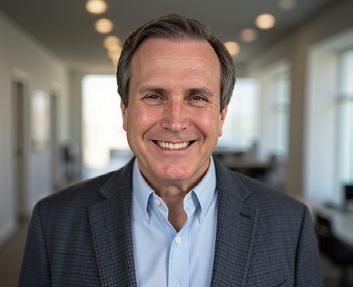
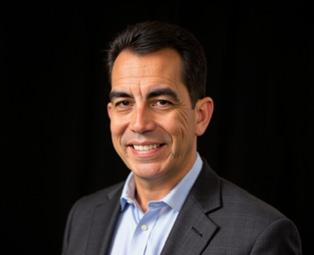
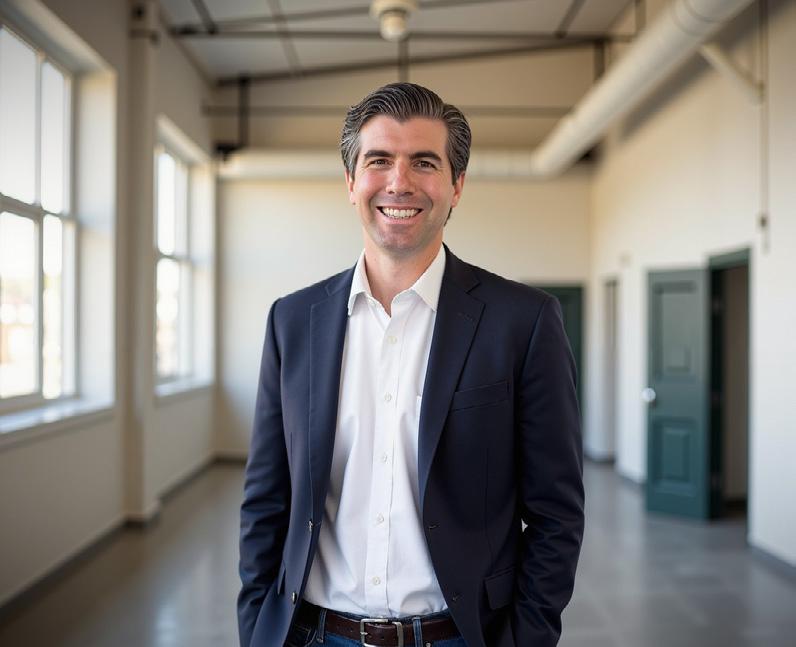
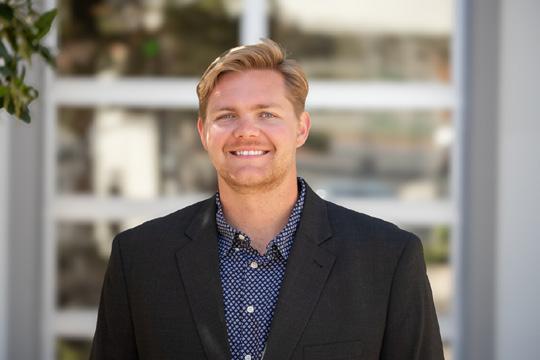

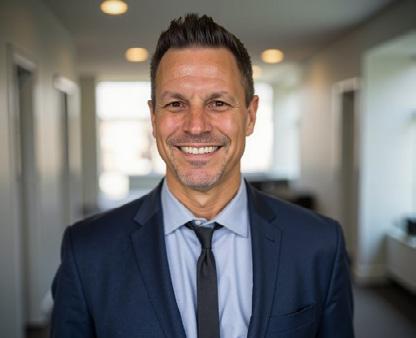
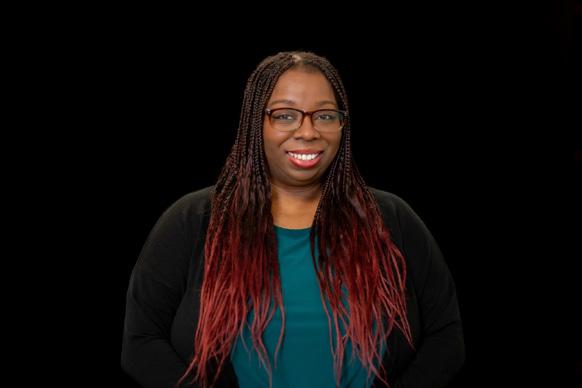
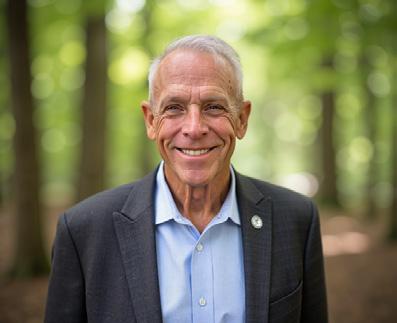
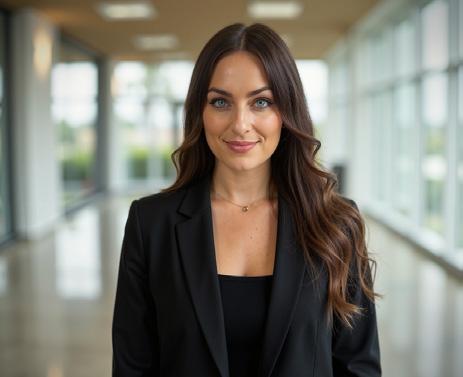
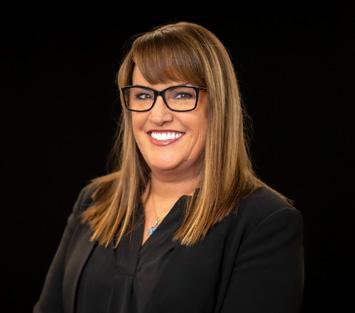

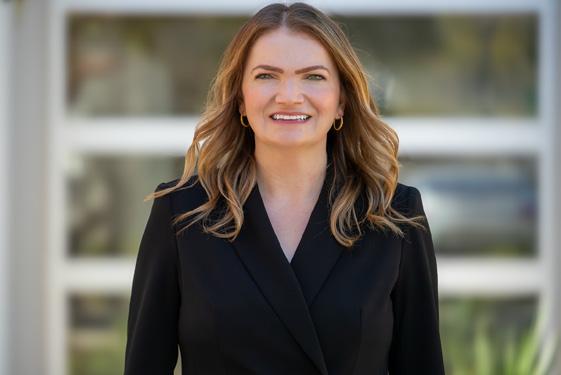



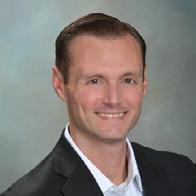

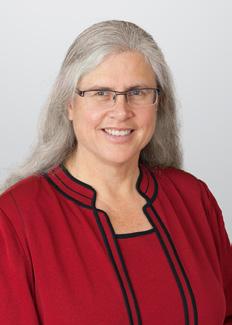
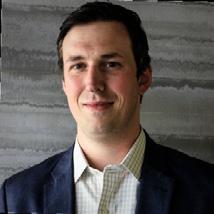
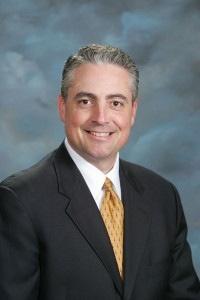
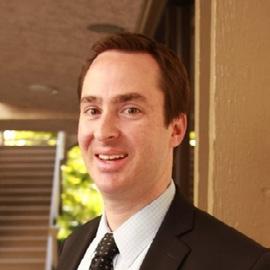
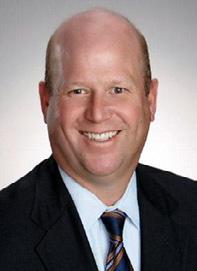
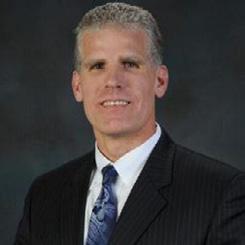
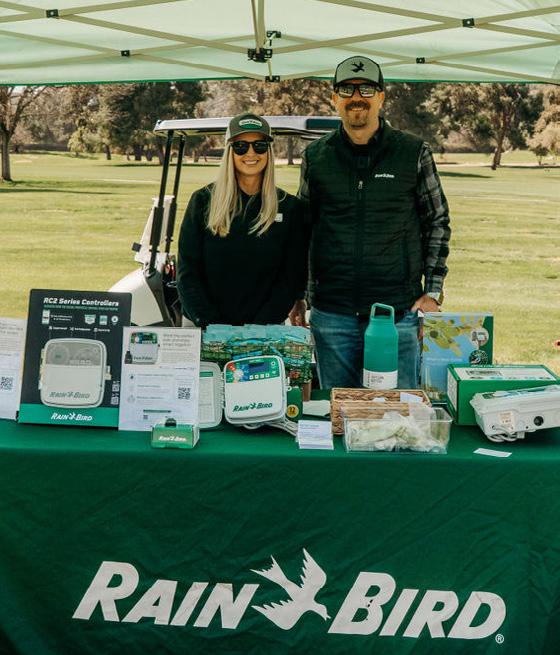
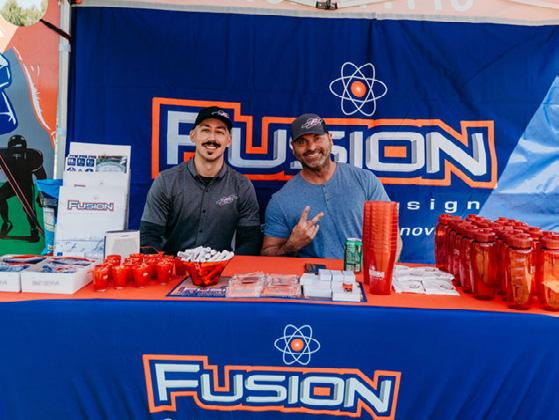
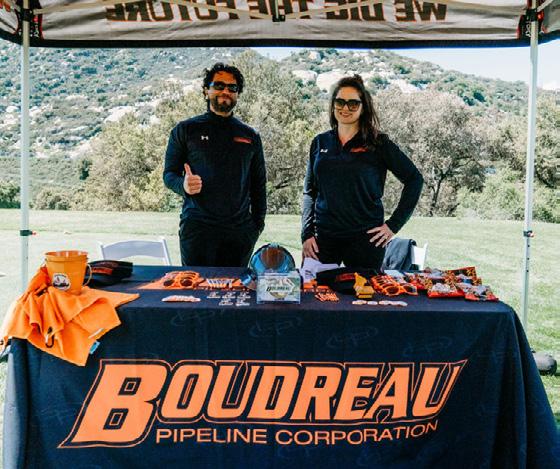

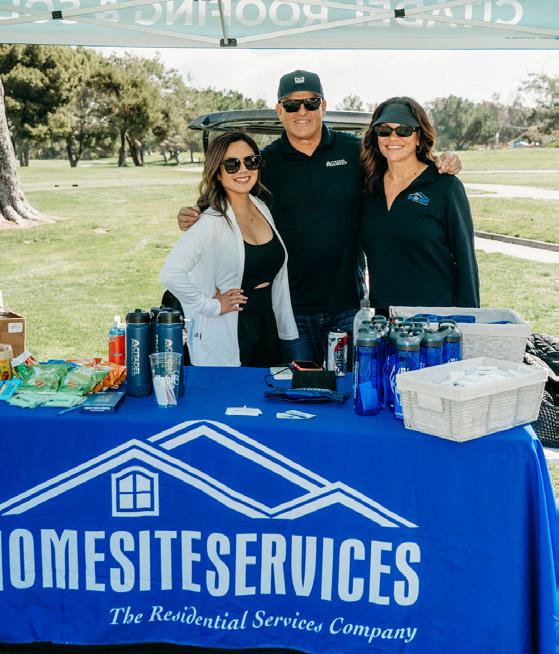
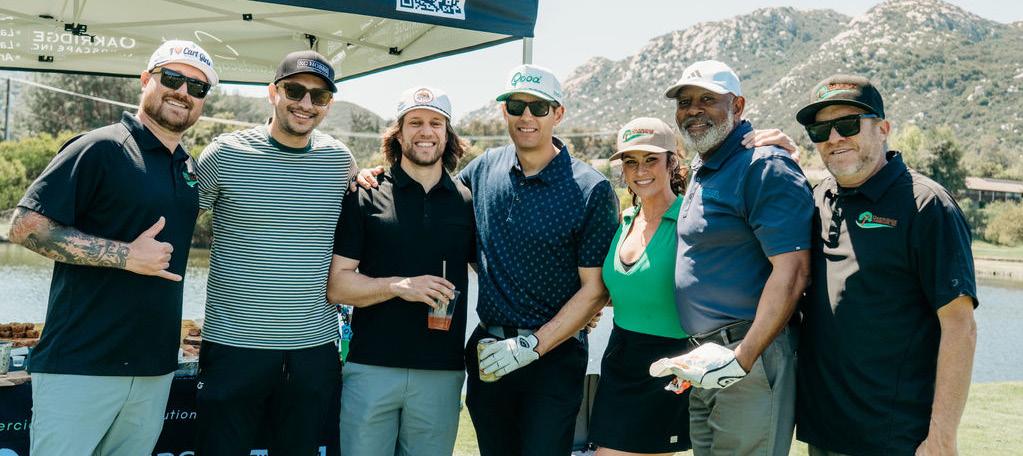
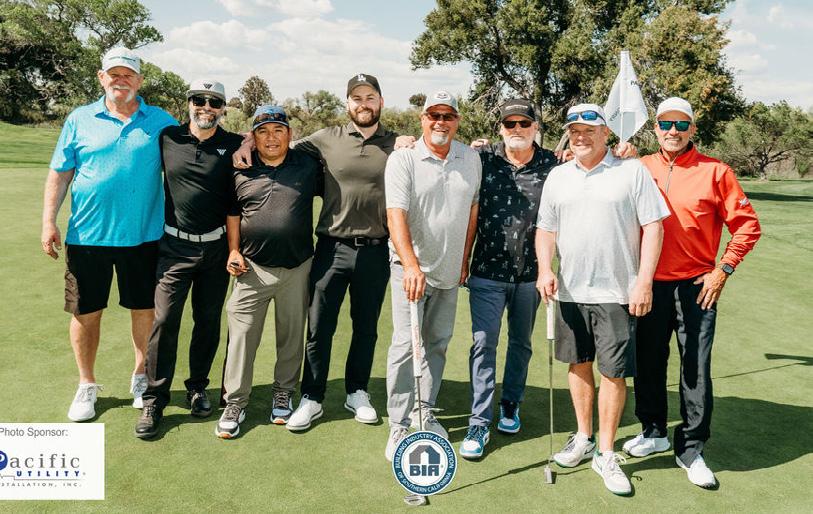
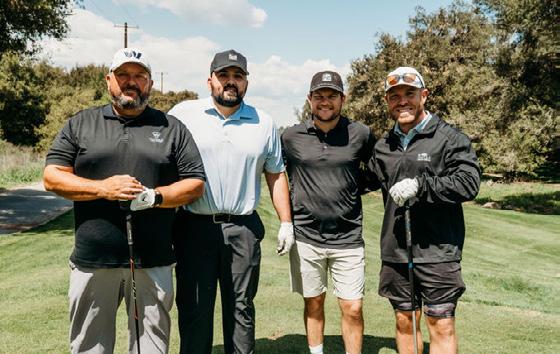
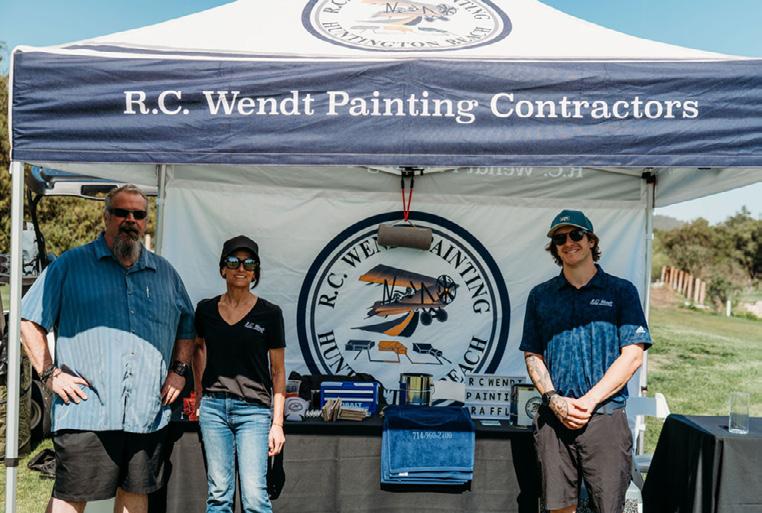

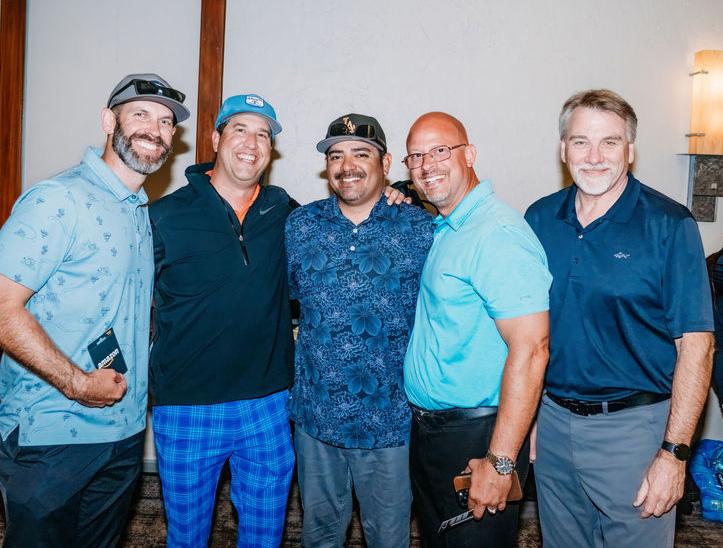
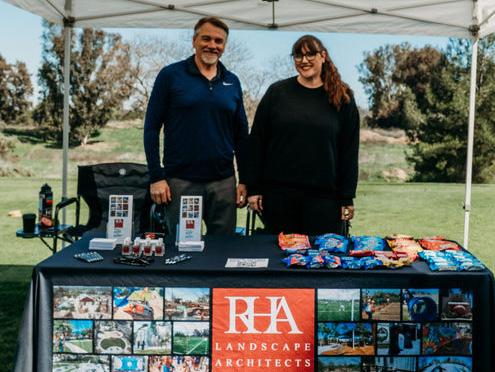
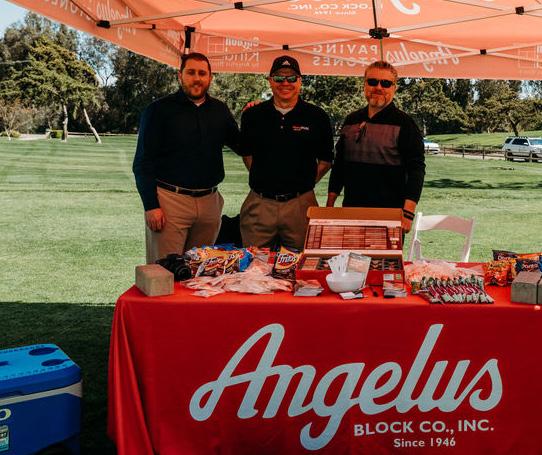
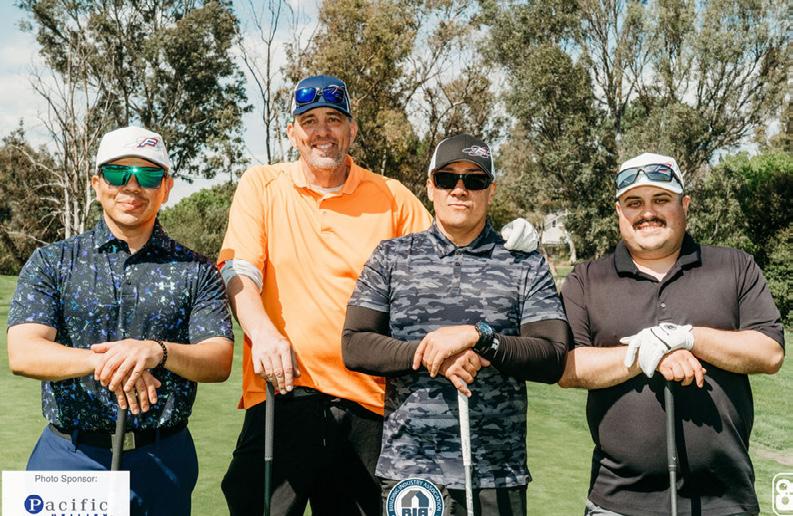

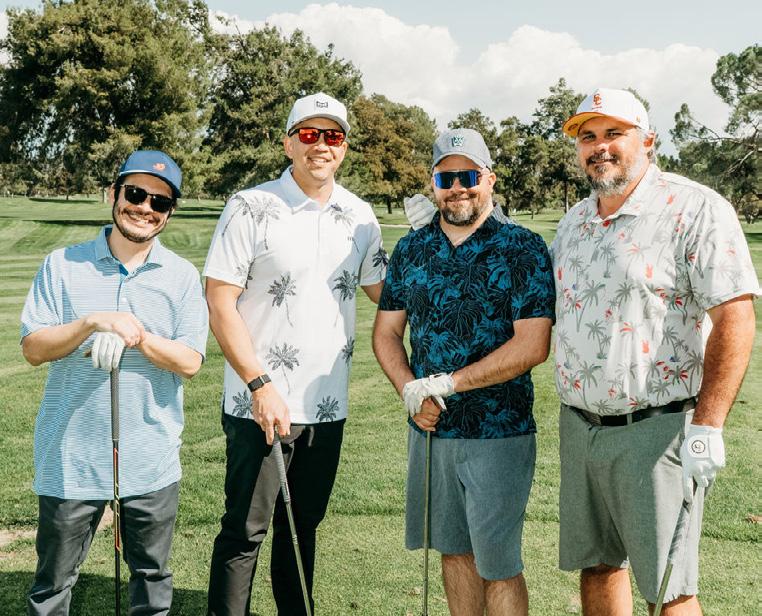
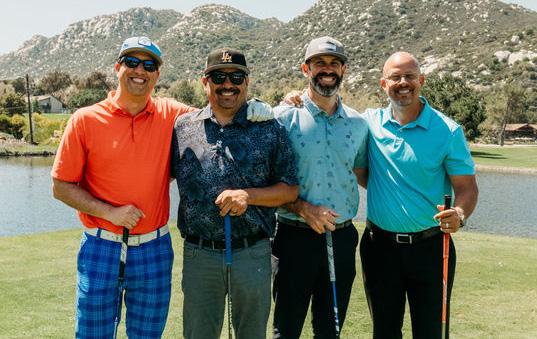
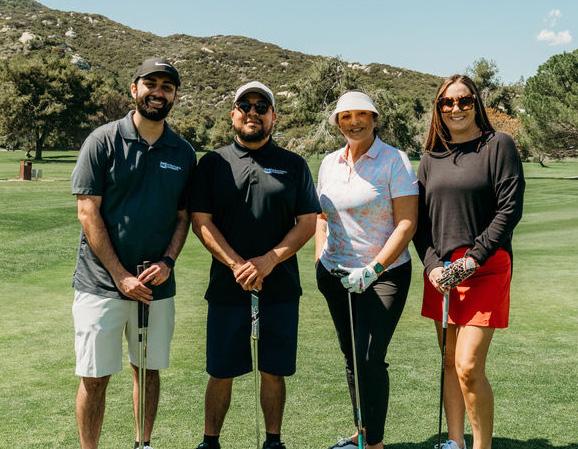
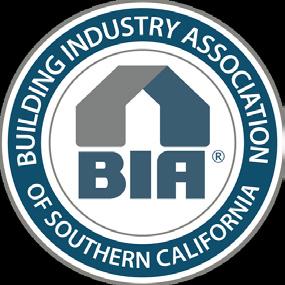
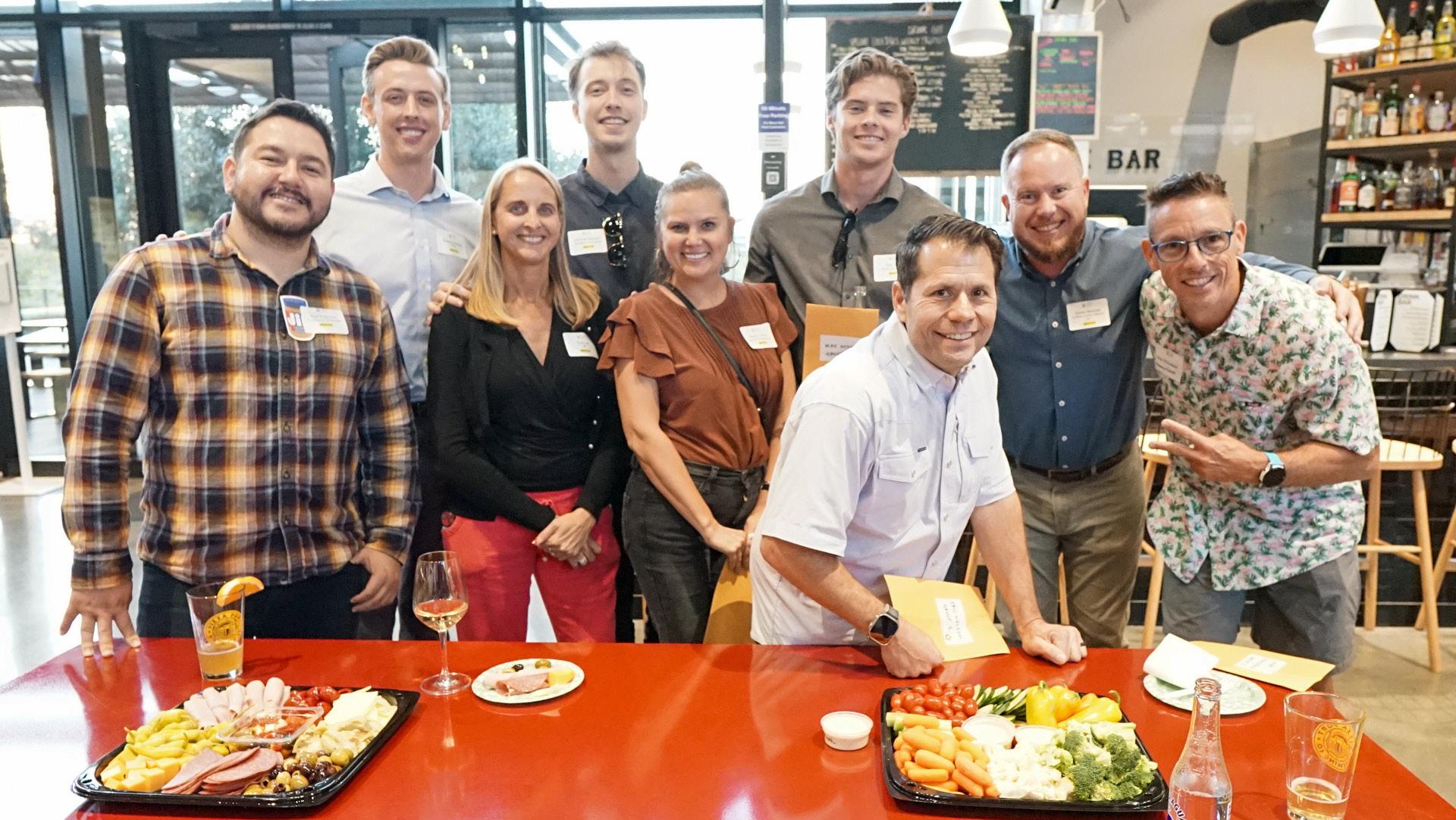

E M P L O Y E E S A R E M E M B E R S T O O ?
Receive exclusive discounts at Verizon, Priceline, ARIAT, and more through our savings program with National Purchasing Partners
Grow their network by attending members only networking events including Meet the Builder
Access the BIASC Membership Directory containing all 850 member companies and 5700+ contacts
Join a specialty council such as GSMC, Council on SAGE, UCC, and more
Receive email updates, advocacy alerts, event reminders, and chapter communications from all chapters
